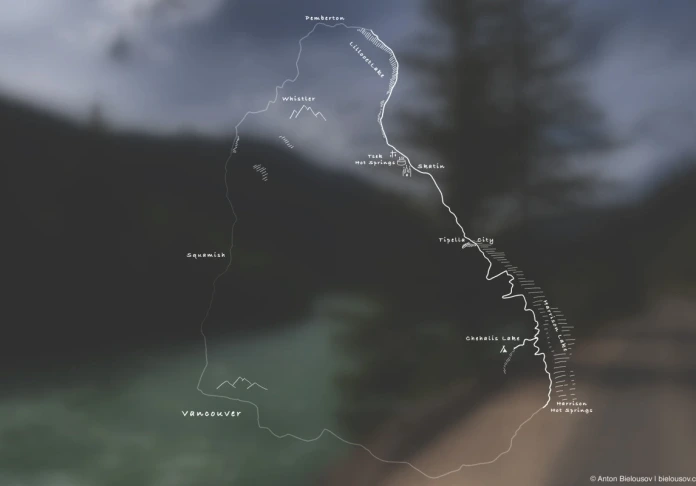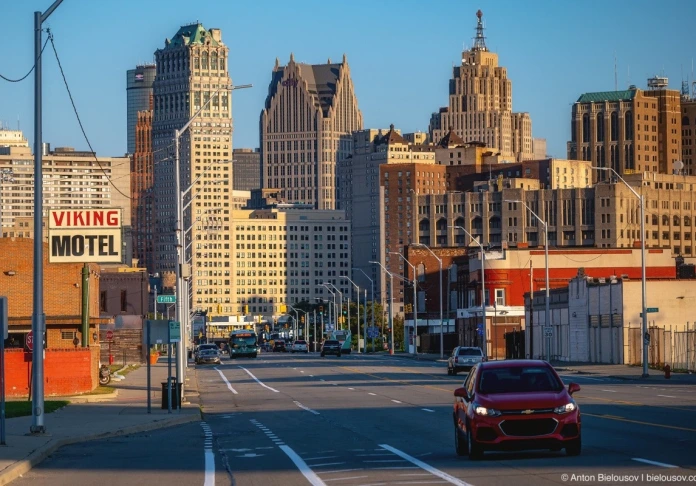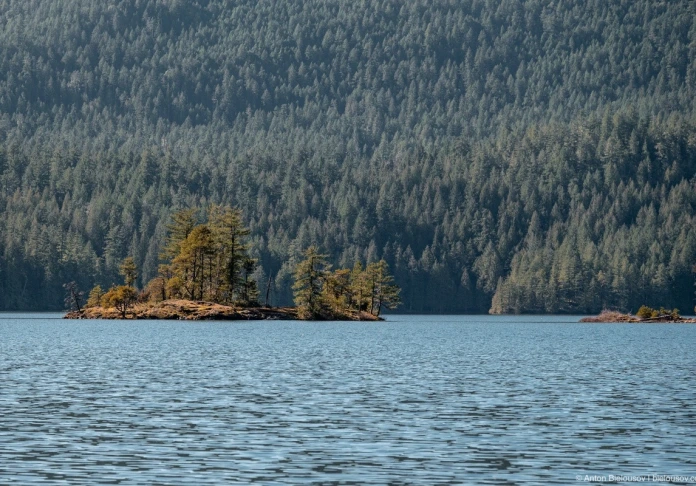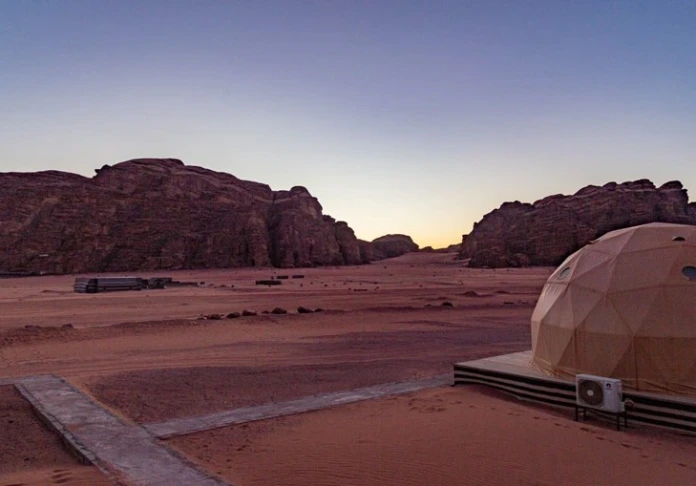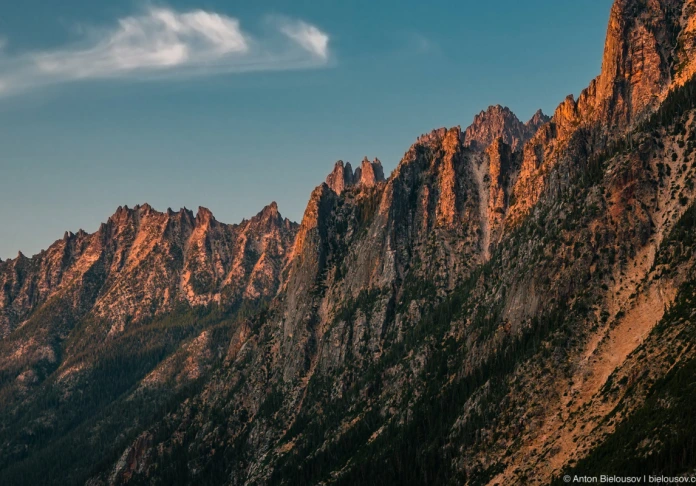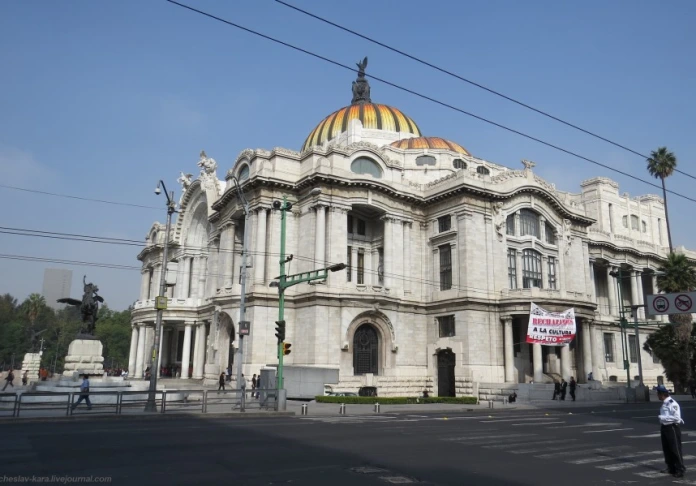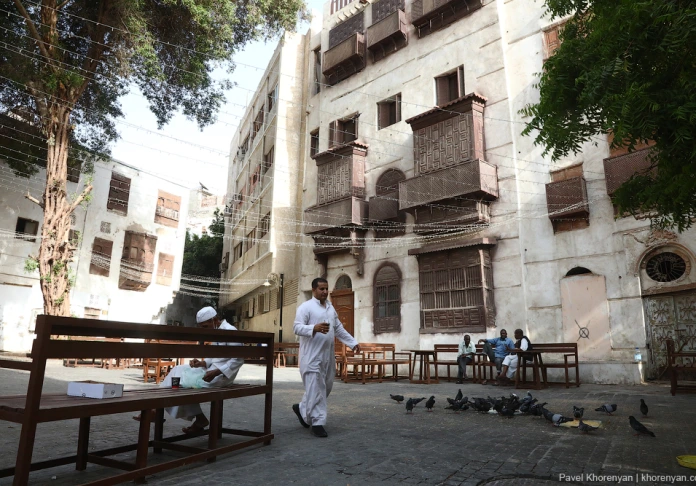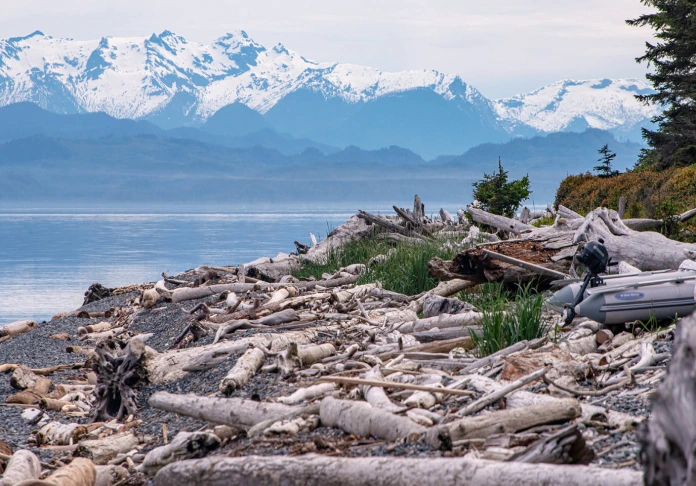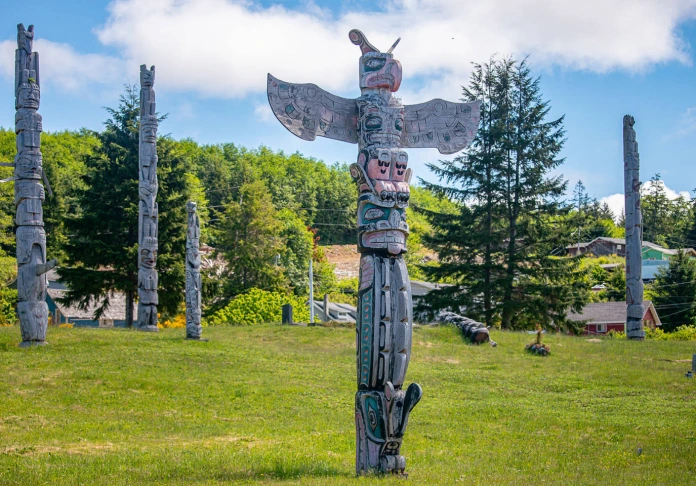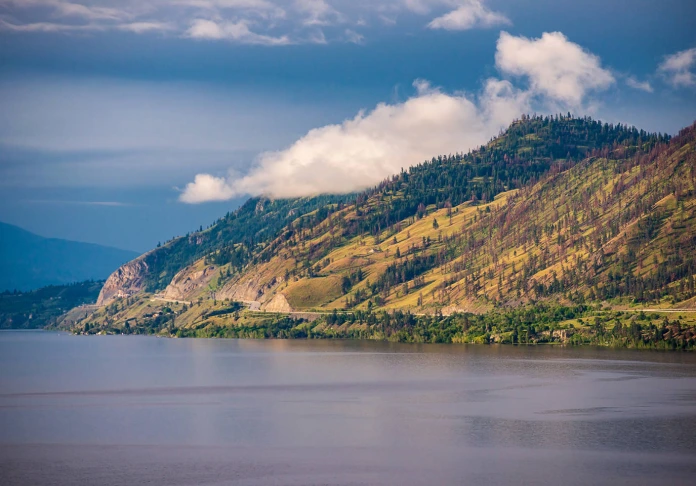Estonia
Helsinki from the sea, from the air, and a little history
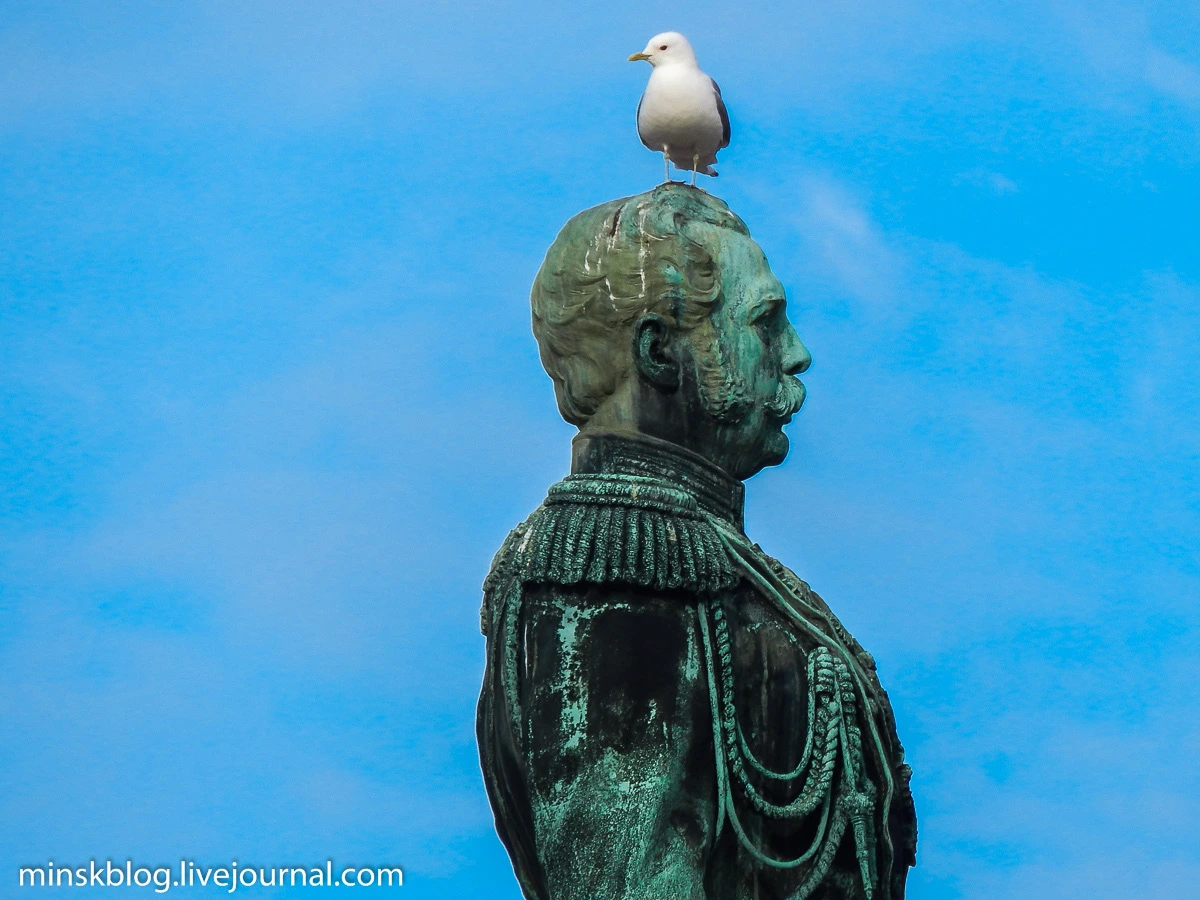
Helsinki - the capital of the unusual. City all the time at the hearing: in his honor named the Moscow Helsinki Group, are regularly held various summits and meetings, hosted the Olympic Games and Eurovision. The existence of Helsinki is known to all, no worse than the existence of Rome, Paris or New York, but if Rome is associated with the Colosseum, Paris with the Eiffel Tower, and New York with the Statue of Liberty, the Helsinki the average person is not associated with anything. I Helsinki, too, with anything not associated, moreover, even a quick search on the internet that look in Helsinki did not give result, it is alarmed: what kind of city is this, and what it do? Helsinki - small and relatively young city, the youngest, after Madrid, the capital of Europe. It was founded in 1550 by the Swedish King Gustav I as a trading competitor Tallinn. At that time, Tallinn belonged to the Livonian Order and was one of the main trade centers in the Baltic Sea, but eight years later began Livonian War, during which the Swedes took Tallinn, and the need for city-antagonist disappeared. For this reason, over the next two hundred years Helsinki remained a small forgotten village on the outskirts of the Swedish Empire. In 1748 for protection against Russia on the islands near the city of Swedes started the construction of the fortress Sveaborg, which served as a catalyst for its development. In 1808, according to the results of the last in the history of Helsinki, Russian-Swedish war moved to Russia, and 4 years later, the Russian Emperor Alexander I declared it the capital of the newly formed Grand Duchy of Finland. So in essence Helsinki as a city is only 200 years old, it has no medieval "old town", no outstanding architectural masterpieces. Helsinki - not a tourist town, it is a city for people, it is often referred to in various rankings as the most comfortable for living city in Europe. In order to orient and to lay down the general impression of the city, it is best to look at it from a height. The most famous observation deck in the center of Helsinki, also free, is located on the roof of the hotel Thorney:

Translated from Finnish "Torn" means "tower" building its shape really reminds her:
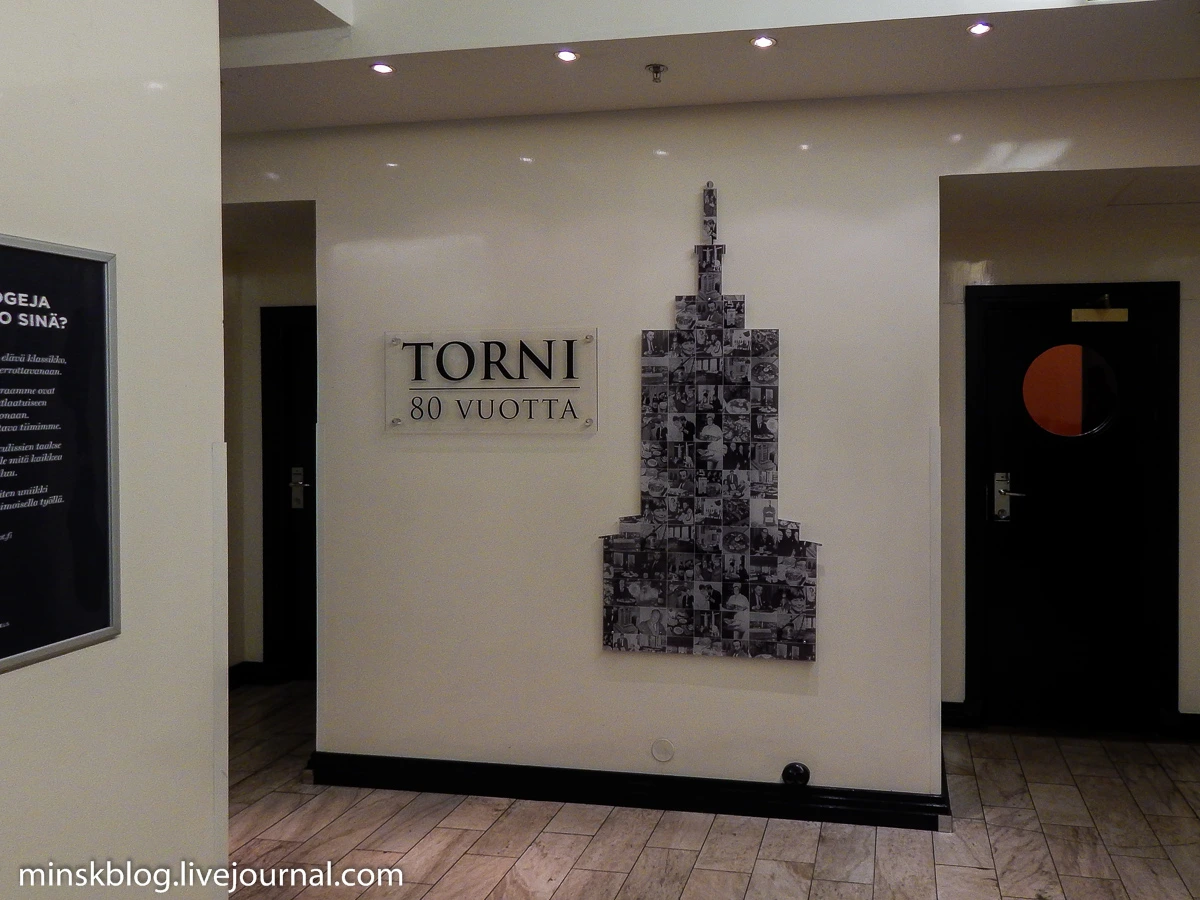
The history of the hotel caused a feeling of deja vu. Describing the history of the Empire State Building in the article about New York , I wrote: " ... skyscraper was opened in May 1, 1931 At the time of opening, and the next 40 years building the Empire State Building was the tallest in the world. . None of the more recent buildings are not kept a record altitude for so long . " So, the hotel is "Torn" was also built in 1931, the building was also the highest, but only in Finland, and also had those 40 years, ie up to 70-ies of the XX century:
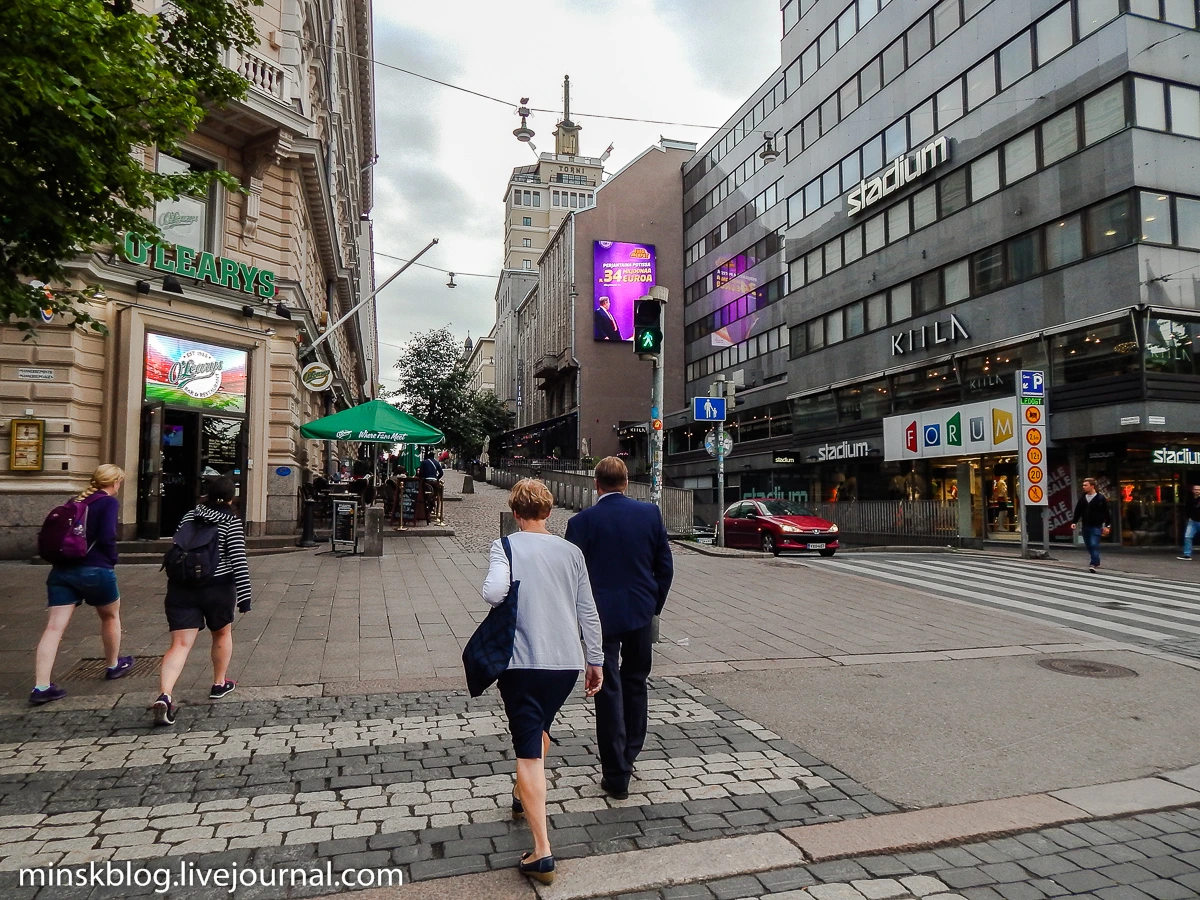
To get to the observation deck to pass through the lobby, go to the elevator and realized it on the last 12th floor. The ceiling of the elevator originally designed in the form of a collage from old black and white photographs that tell the story of the hotel:
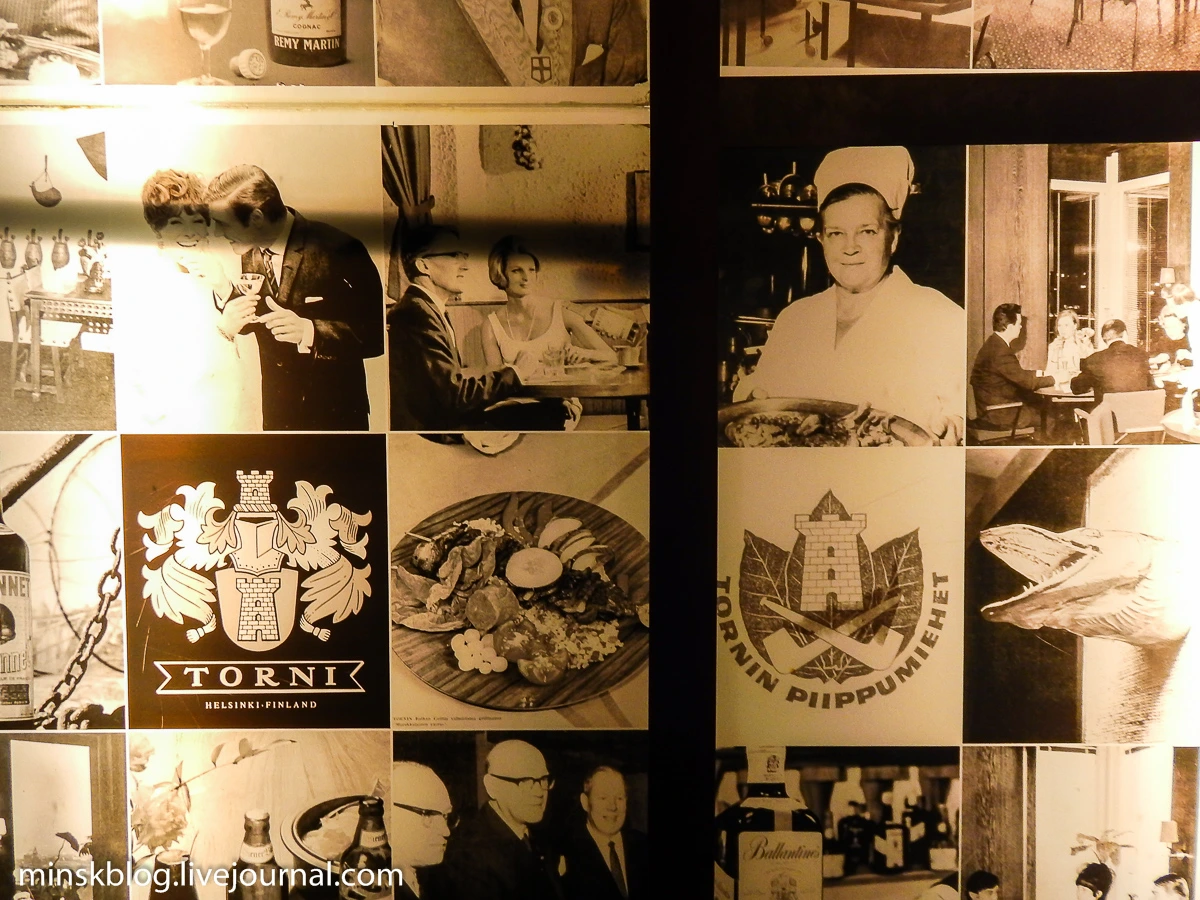
On the 12th floor already offer excellent views, but the glazing prevents them well to consider, much less shoot. To see the neighborhood with no obstacles, it is necessary to rise even higher - on the roof of the hotel where the bar. Elevator does not go there, the top is a narrow spiral wooden staircase:
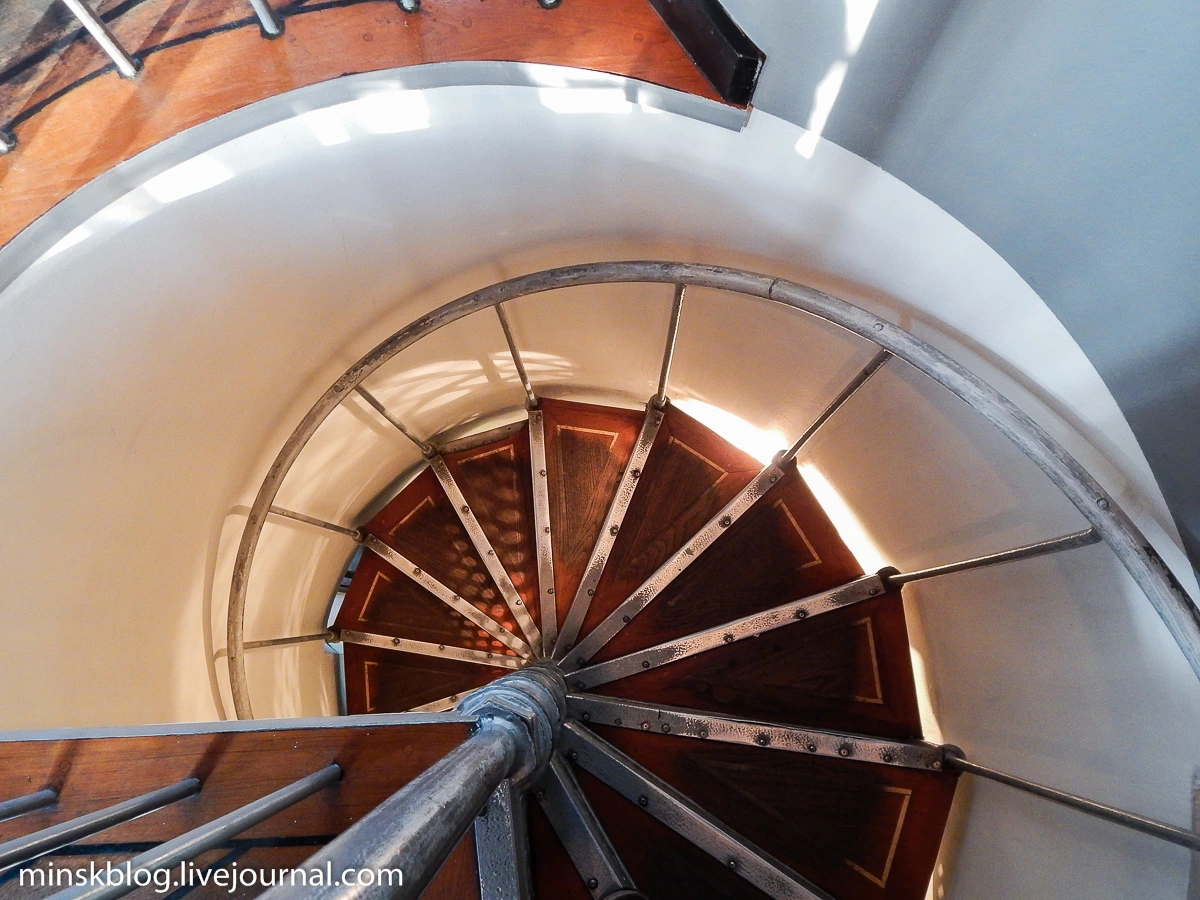
Panorama luxury here. From the height it can be clearly seen that the Helsinki - low-rise city with a fairly homogeneous buildings, look almost nothing to catch:
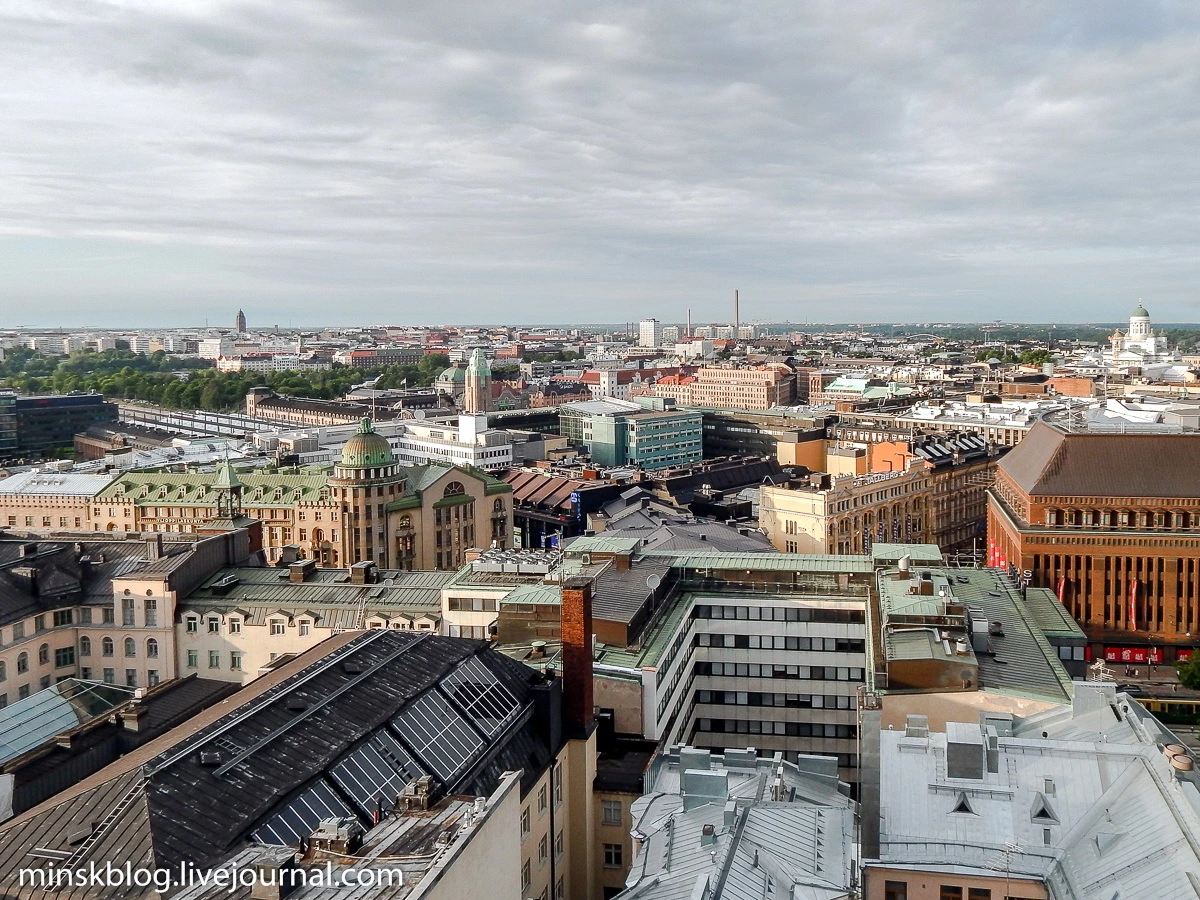
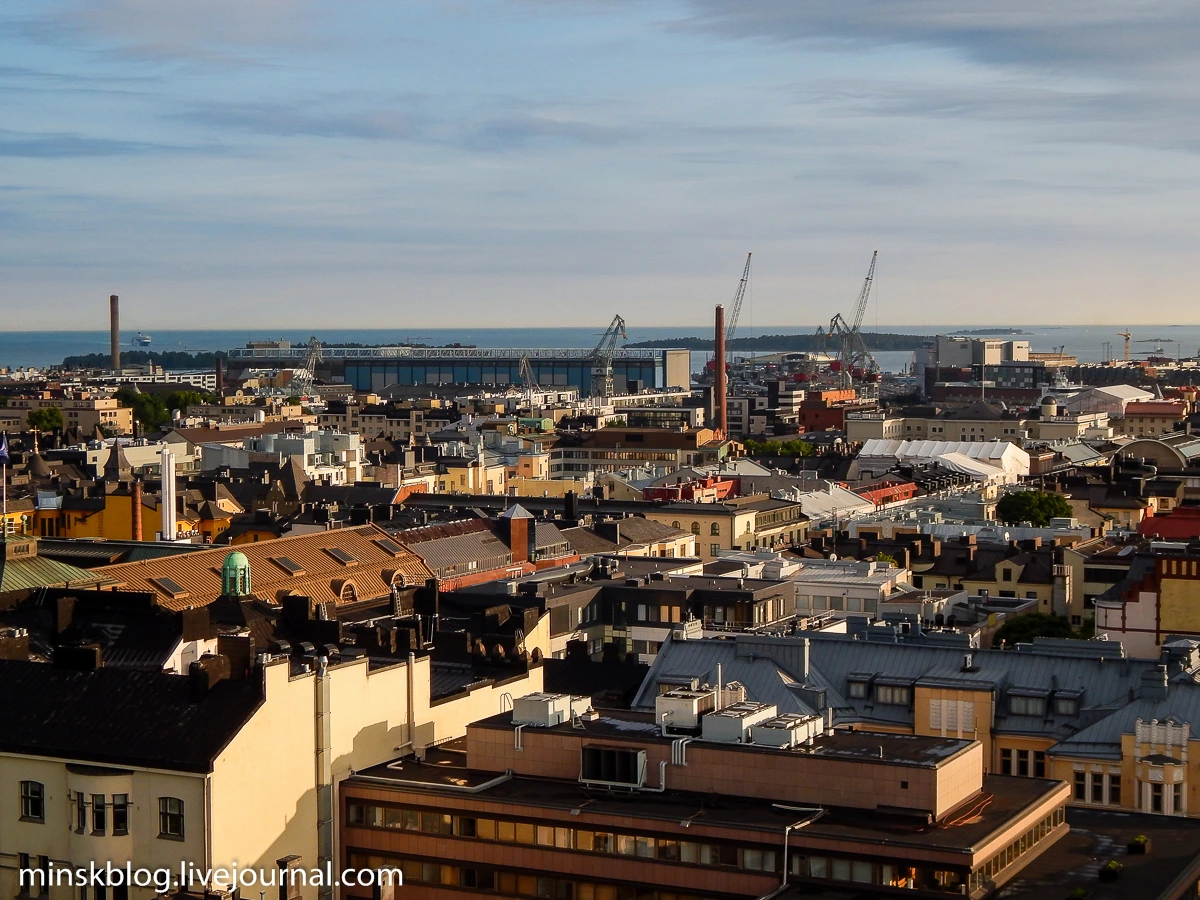
Architecture northern, quiet - no frills or flashy colors:
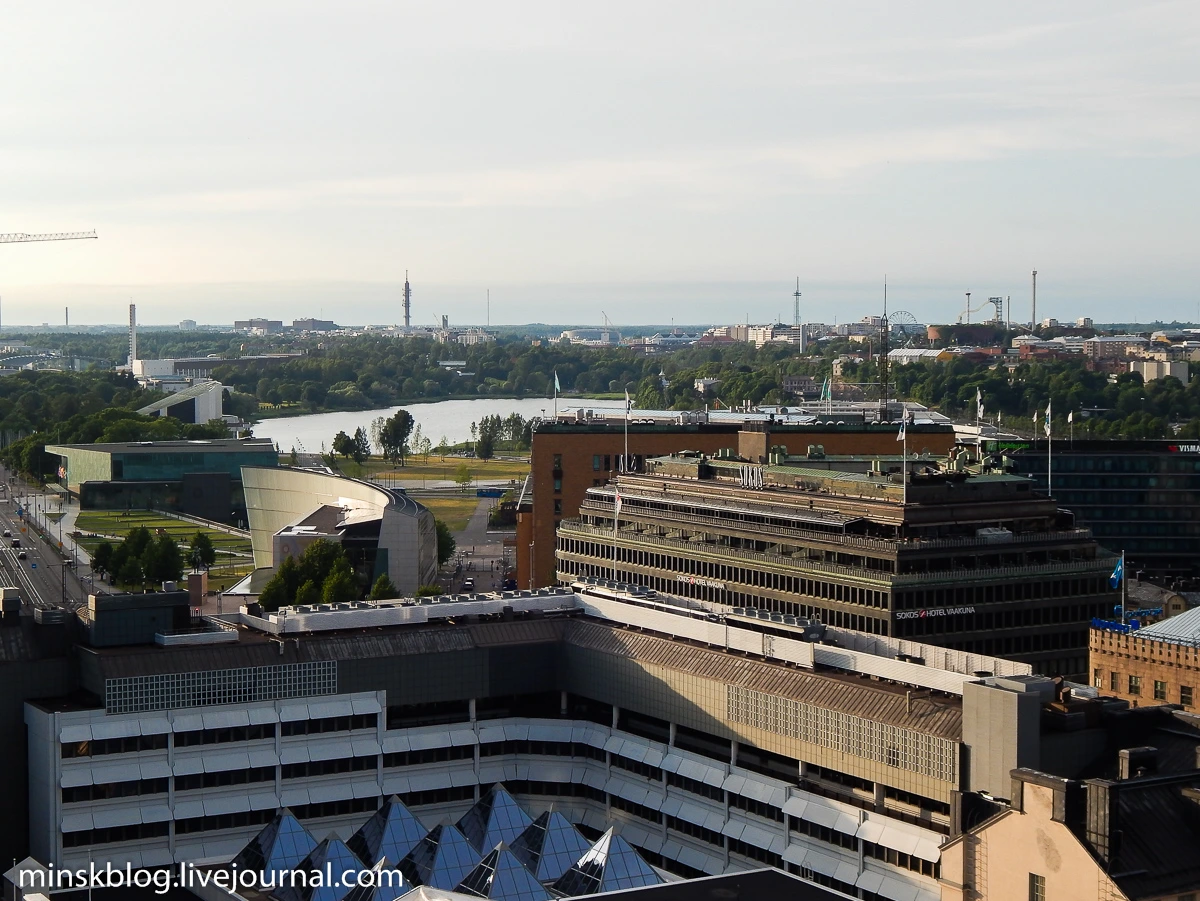
Altitude dominant streetscape of Helsinki - church steeple Mikael Agricola:
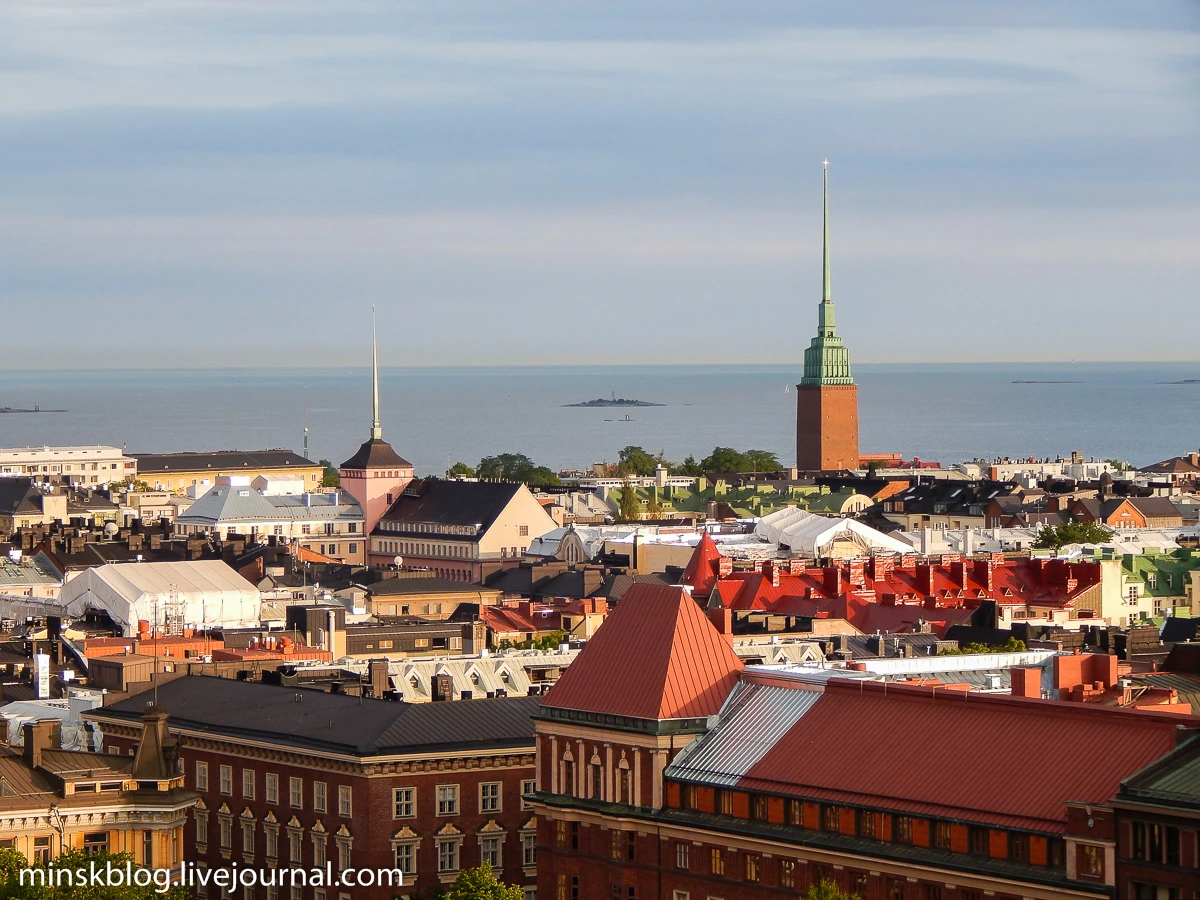
The church was built in 1935, its spire height - 97 meters, due to the fact that the building is on a hill, the height above sea level is even higher - 106 meters. The spire rises clearly against the background of the rest of the building is clearly visible from the sea:
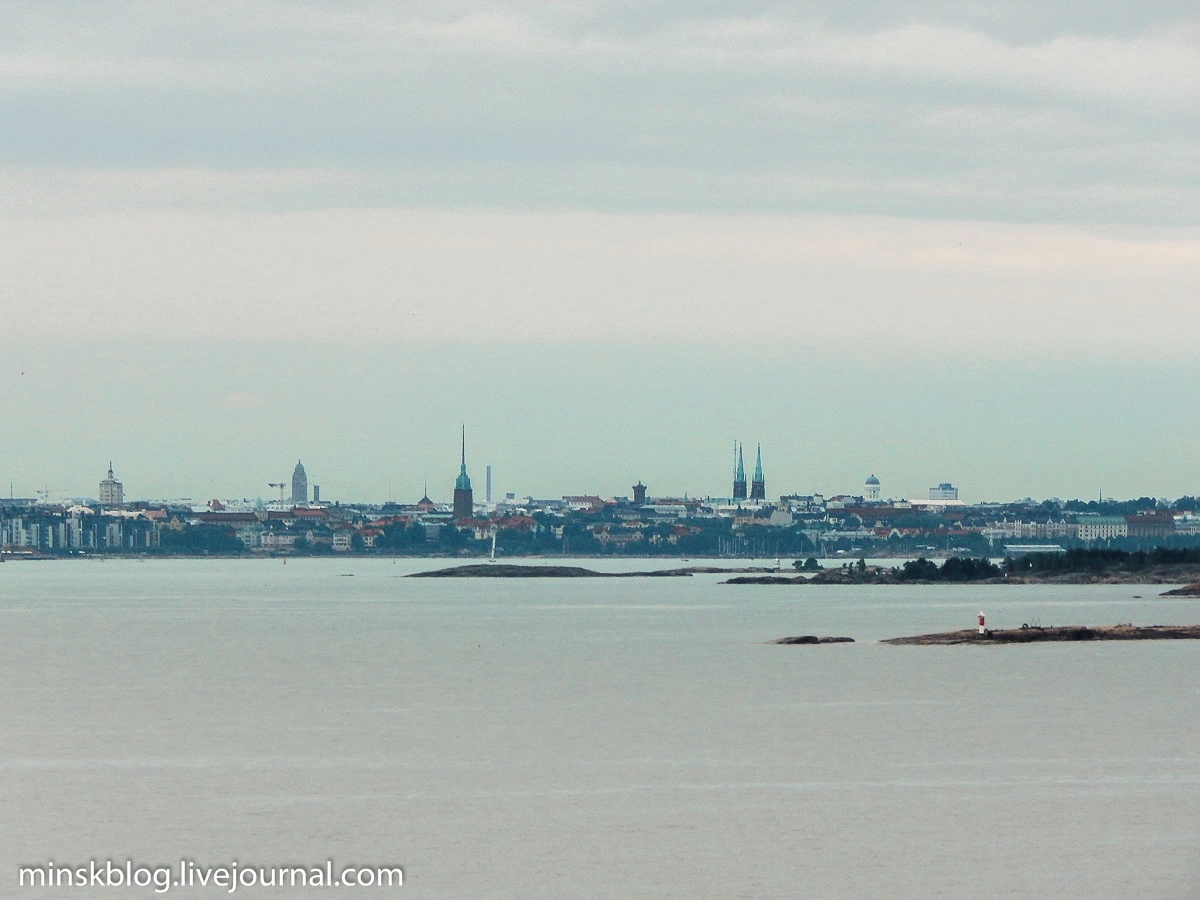
At the end of the 1930s in Finland and the Soviet Union were very strained relationship, so the dome structure is designed in such a way that the 30-meter spire can be clean inside, and do not make the church a target for enemy aircraft. This opportunity was used in the Soviet-Finnish and World War II:
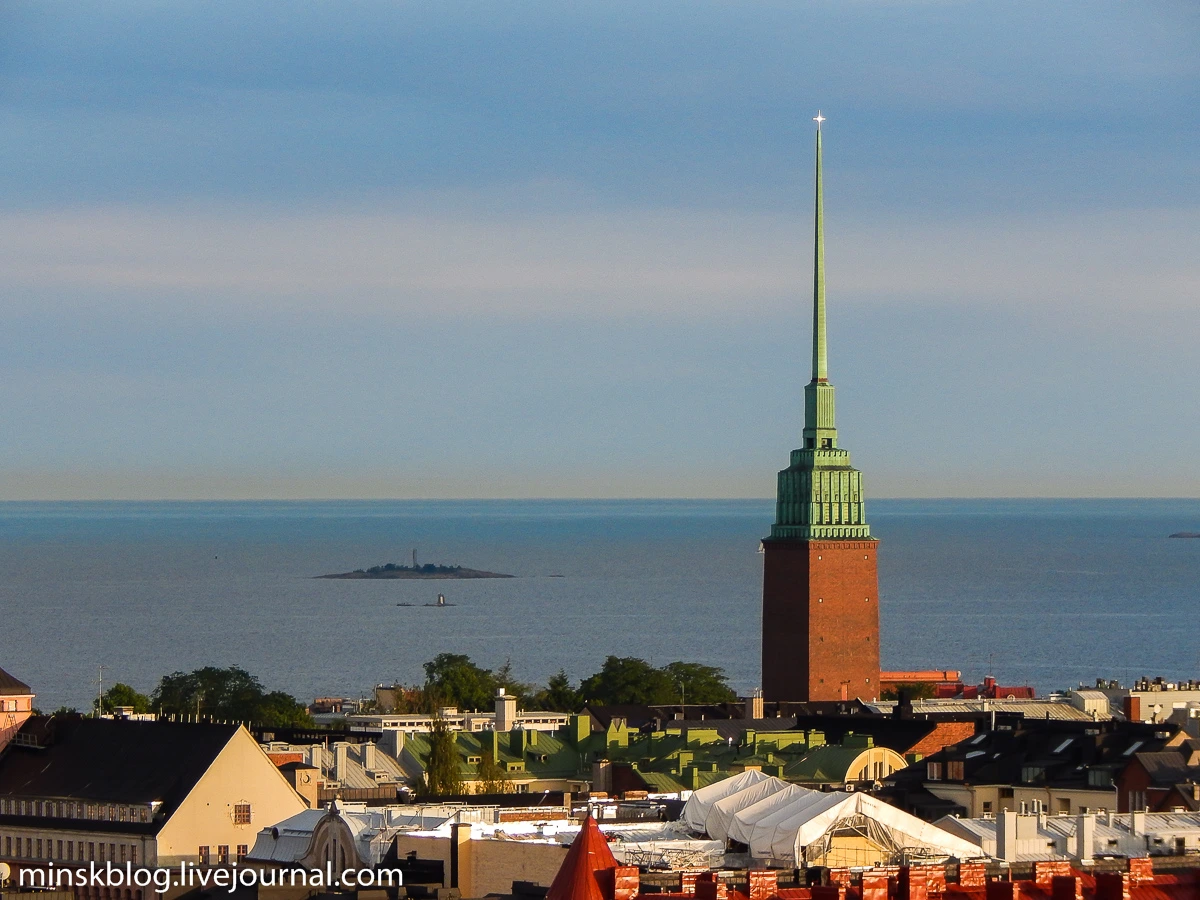
Church of Sts. John, the biggest in Finland, can simultaneously accommodate 2,600 people, was built in 1891:
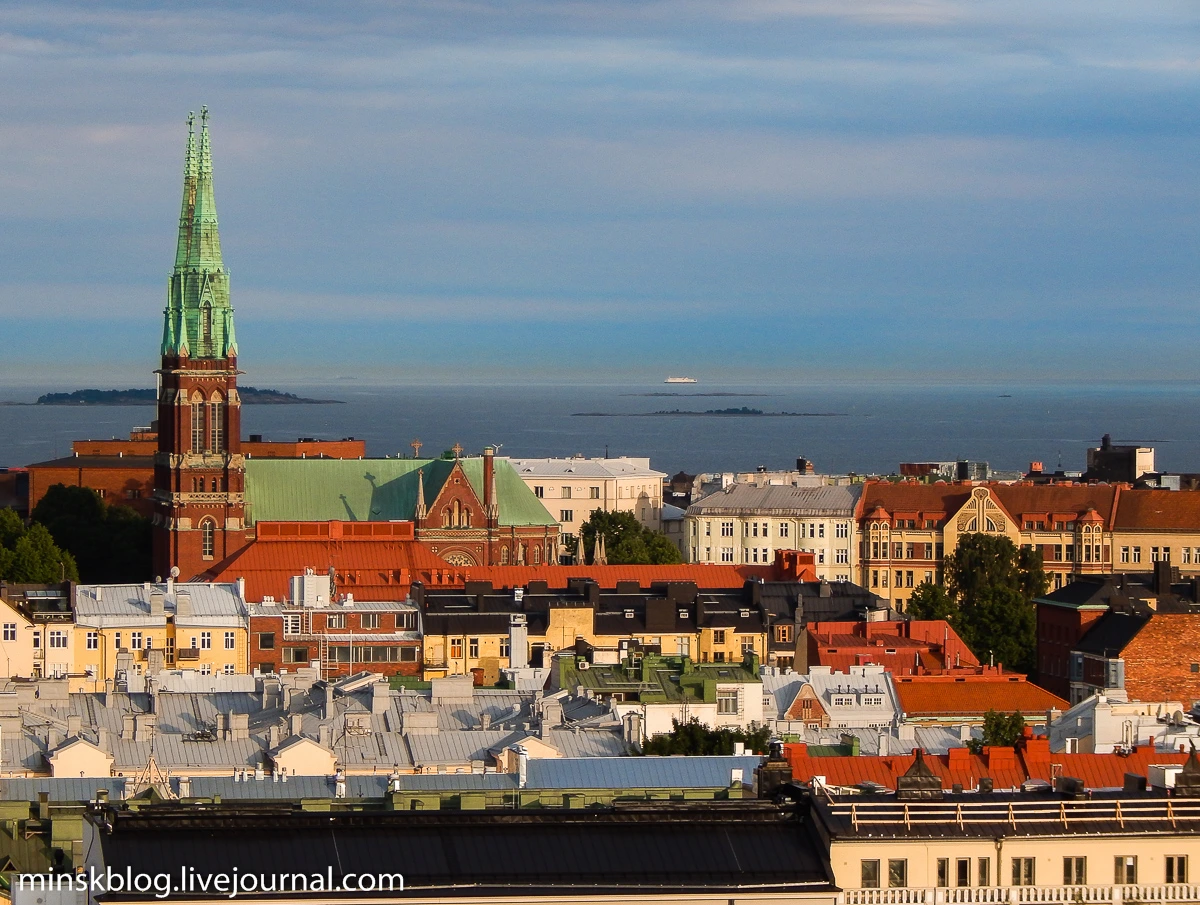
Same age as the church of St. John - Erottaya fire station, built in the same 1891, is the oldest operating fire station in Helsinki. Its height-tower 42 meters, twice a year - on the day of the city on June 12 and a day of open doors at Helsinki watchtower allowed all comers:
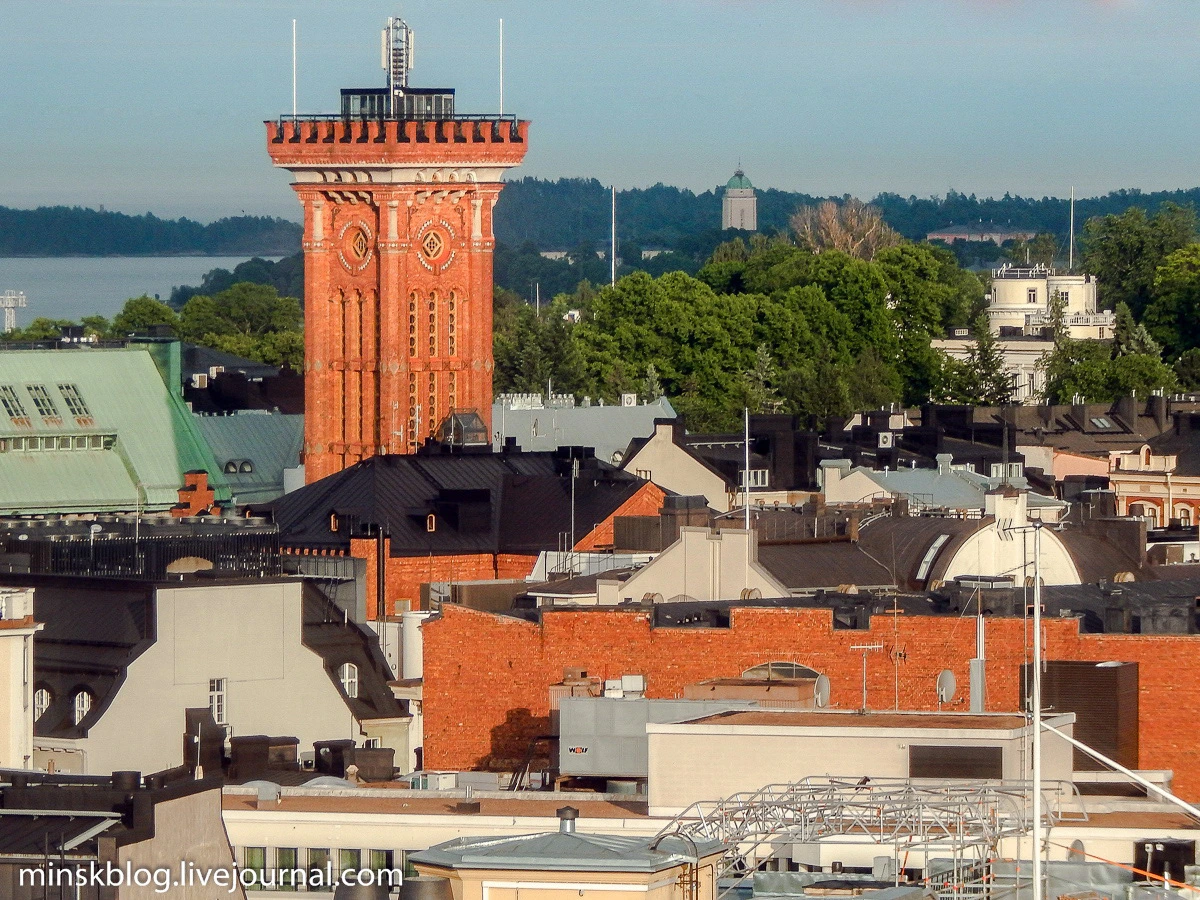
One of the newest attractions of the capital - a 40-meter high Ferris wheel constructed airline Finnair in 2014. Ticket price - 12 euros, the trip takes 15 minutes, for which the wheel makes 5 revolutions. Glass cabins tinted blue, so take pictures, and consider anything difficult. But in each booth working Wi-Fi - the perfect attraction for lovers of droop in the phone:
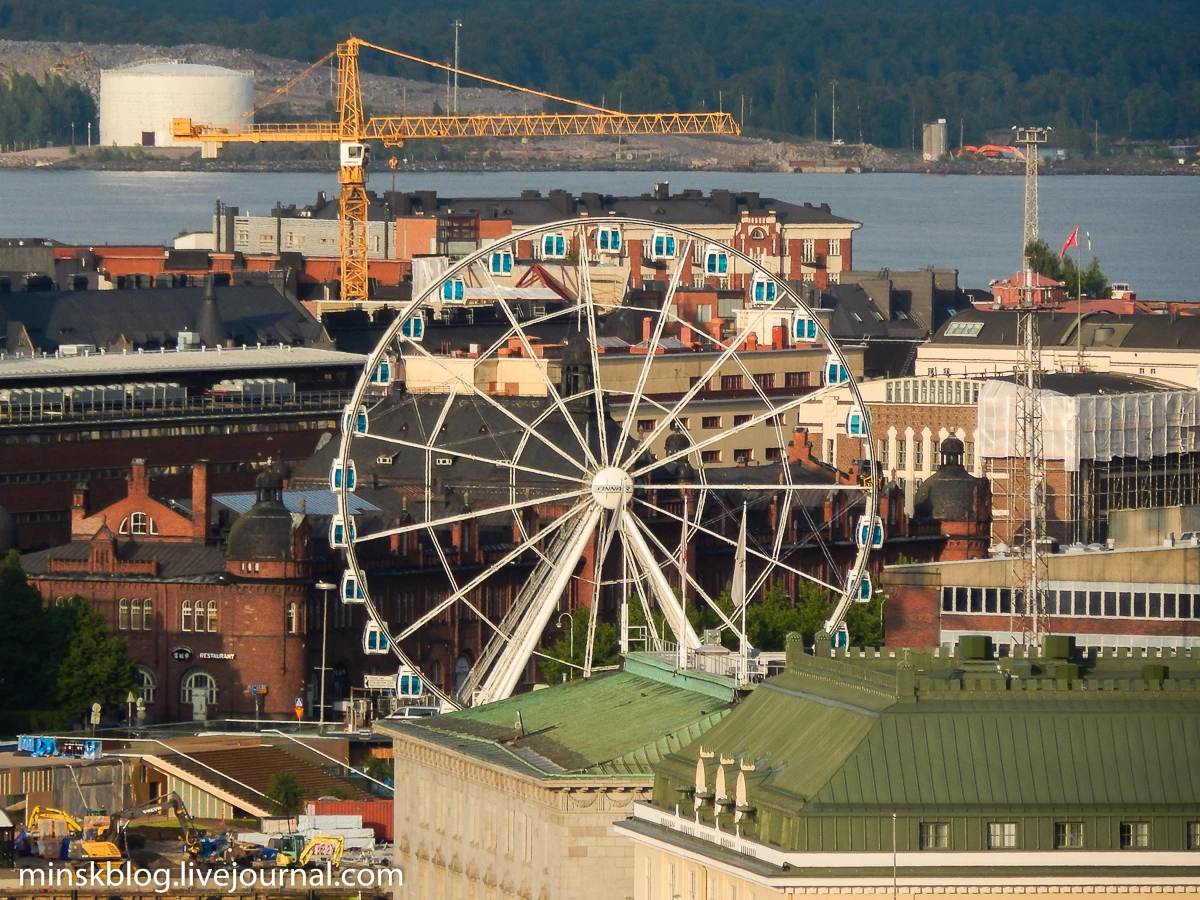
In the south-western part of Helsinki visible pylons other fresh attractions - Krusselya cable-stayed bridge built in 2011. The bridge crosses the Gulf of Ruoholahti (Grassy Bay), its length is 173 meters, named after the Finnish composer Bernhard Krusselya:
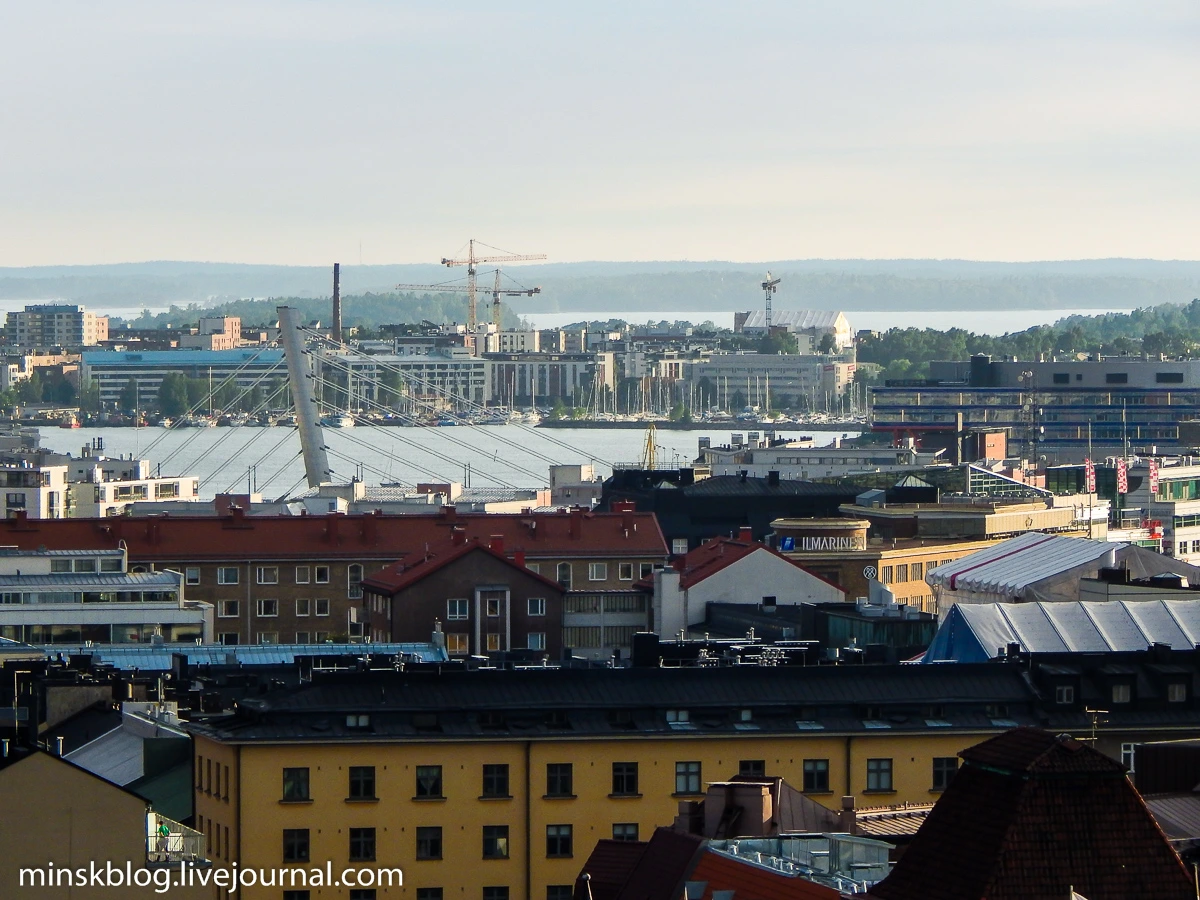
Another dominant feature of the landscape of the Helsinki - Kallio church. Church tower is the second highest in the city after the towers of the Church of Agricola - 94 meters. To the right is visible the tower is less - it belongs to the Evangelical Church of St. Paul, built in 1931:
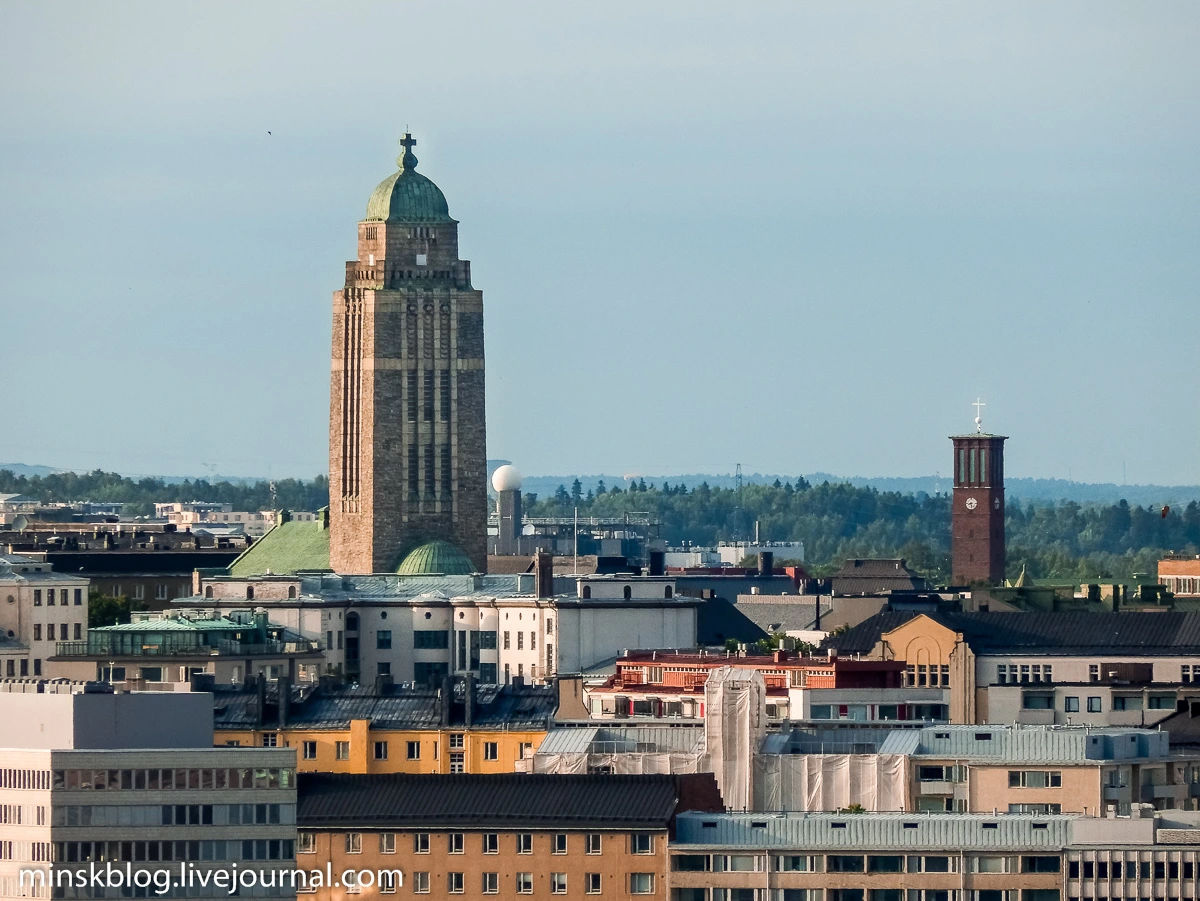
Assumption Cathedral - the largest Orthodox church in Finland and Northern Europe. Built in 1868 with the personal assistance of the Emperor Alexander II. The roof of the cathedral crowned with thirteen domes - one large, symbolizing Christ, and 12 small - in the number of the Apostles:
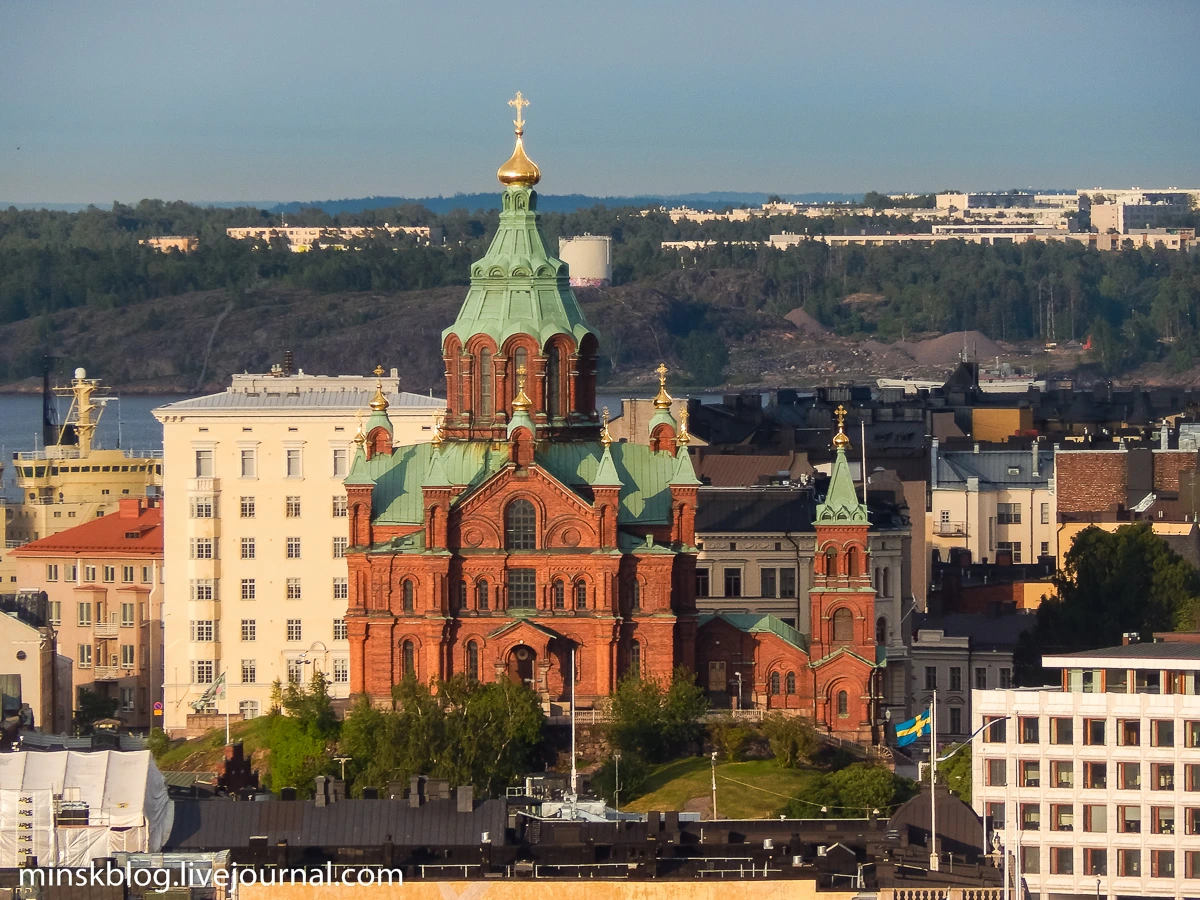
Big white building in front of the cathedral - the headquarters of the company Enso designed by eminent Finnish designer and architect Alvar Aalto. Buildings built to his designs adorn dozens of cities around the world, from Iraq to the United States. In Russia's Vyborg to the Finnish presence Aalto built a city library, which now bears his name:
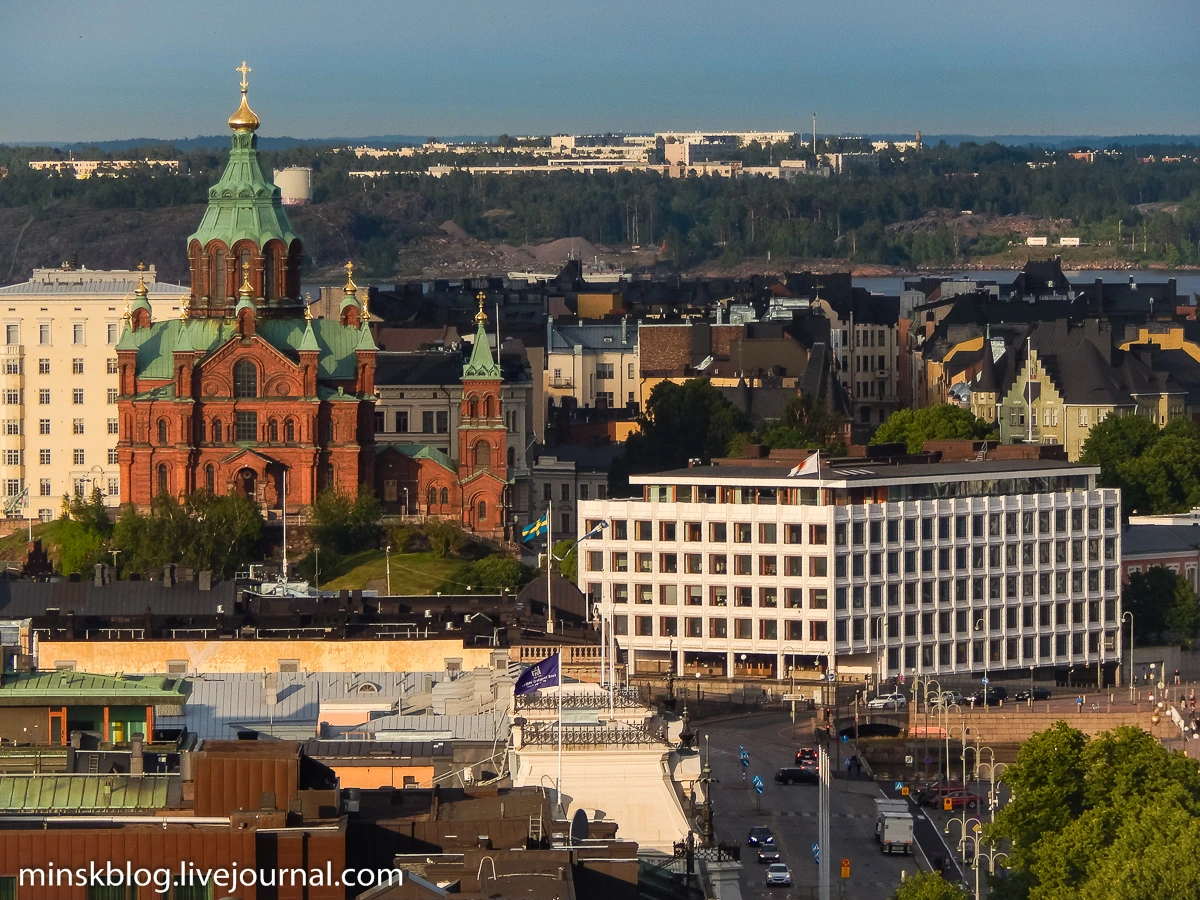
Now we go down to the ground and look at the city closer. The heart of the historical center of Helsinki and the main attraction of the city - Senate Square:
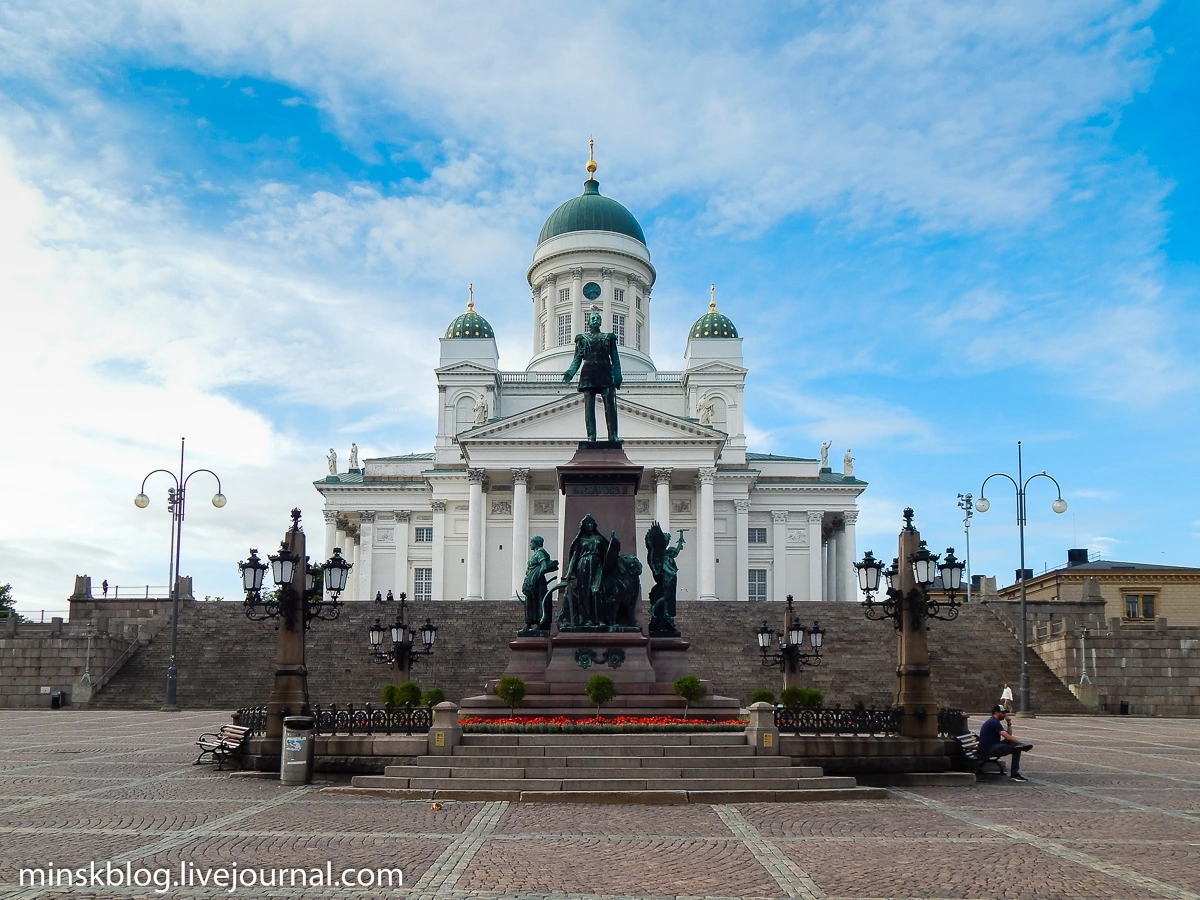
During the last Russian-Swedish war, which resulted in Finland was ceded to Russia, Helsinki wood was badly damaged by fire. This enabled architects to rebuild the city almost from scratch. Immediately after the war, Alexander I convened the committee for the reconstruction of Helsinki, who was appointed chairman of the Finnish engineer John Erenstrem. According to his plan dozhen city had to be rebuilt in the classical style - with wide, straight streets and grandiose buildings. A similar approach to planning was used extensively in those years in the construction of St. Petersburg, so the historical center of St. Petersburg and Helsinki have much in common. Guided up Erenstrema, German architect Carl Engel, appointed by the chief architect of the Finnish capital, has formed a modern look of the historic part of Helsinki, the center of which was the Senate Square. The peak of creativity Engel became Nicholas Cathedral, named after St. Nicholas - patron of the ruling at the time of Emperor Nicholas I. On this project worked Engel '22 from 1818 th until his death in 1840:
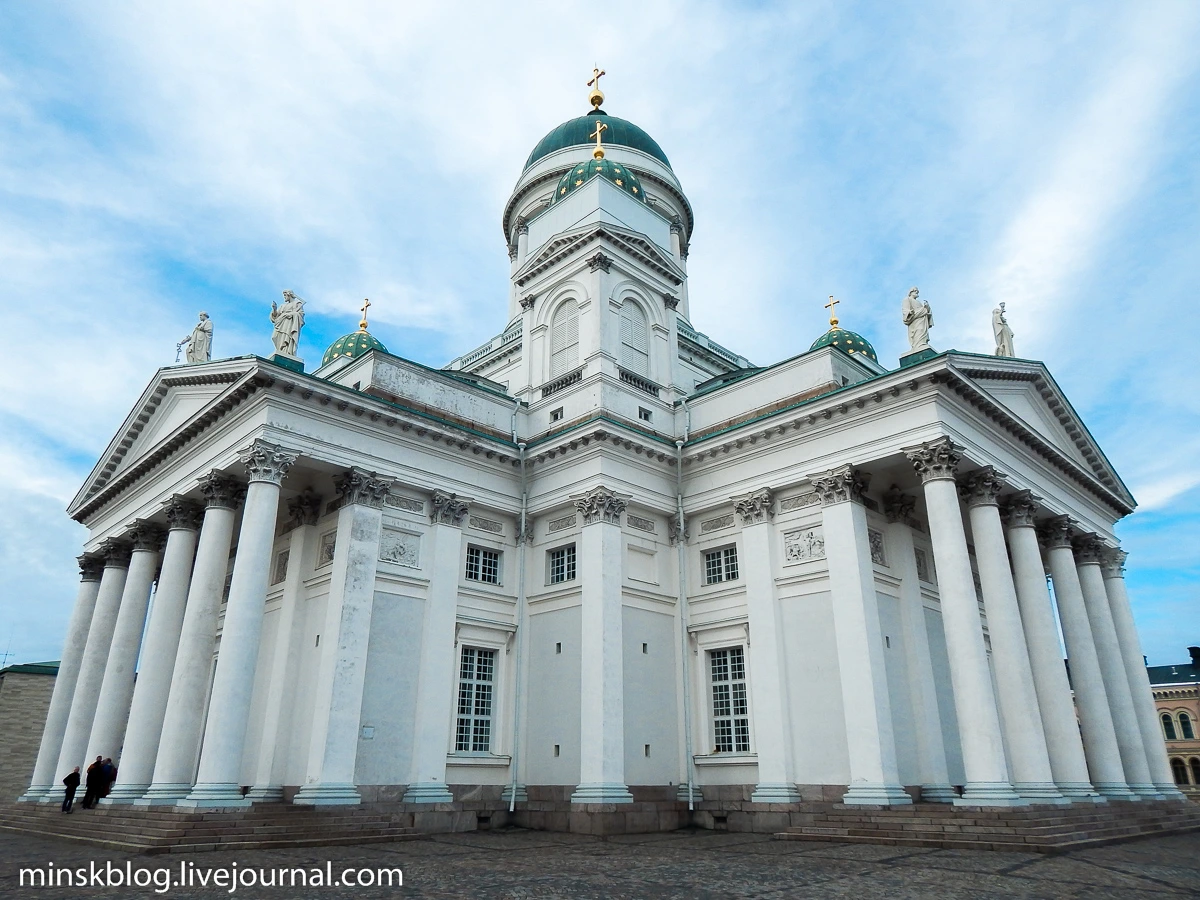
Construction of St. Nicholas Cathedral was completed in 1852, 12 years after the architect's death:
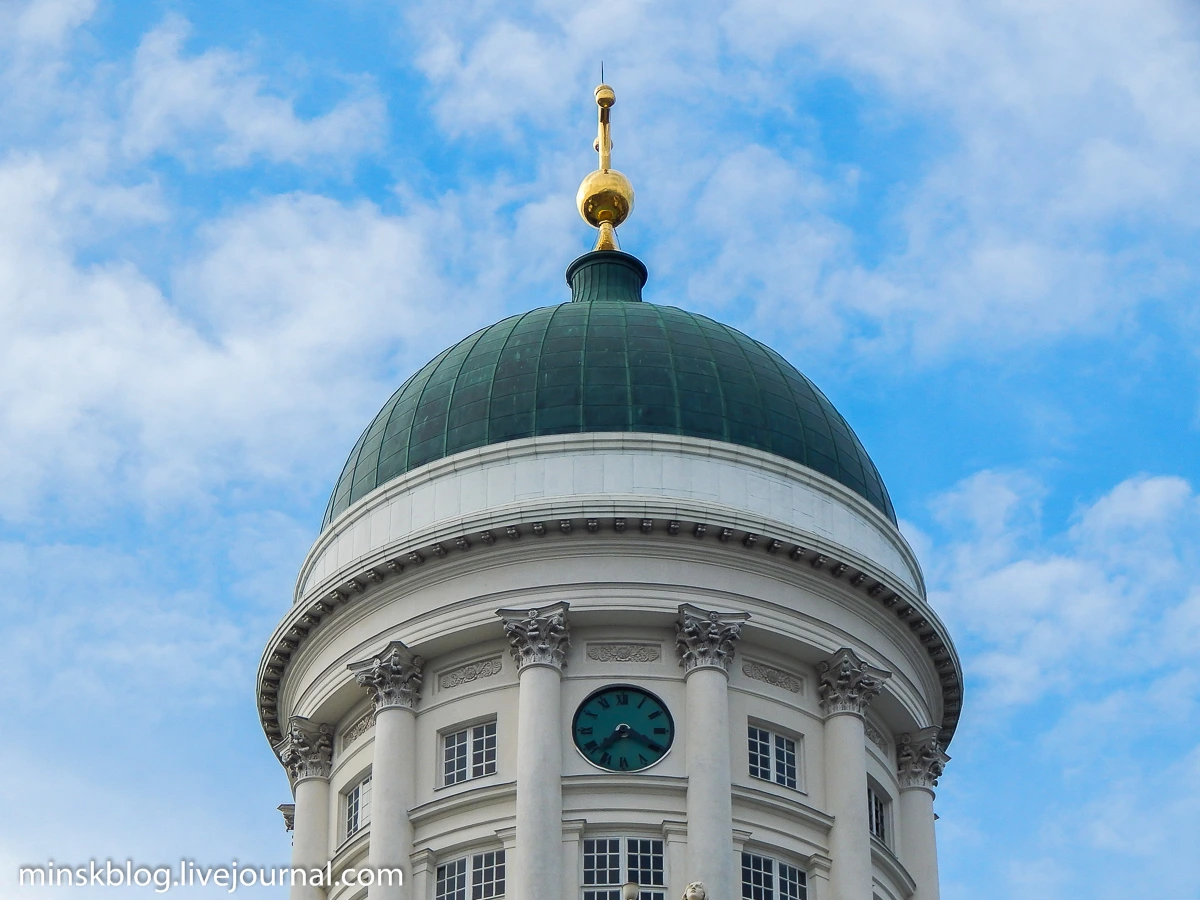
After independence the Finns renamed Temple, now it's just the Cathedral. From Senate Square to it is wide granite staircase, on which sit like residents and visitors:
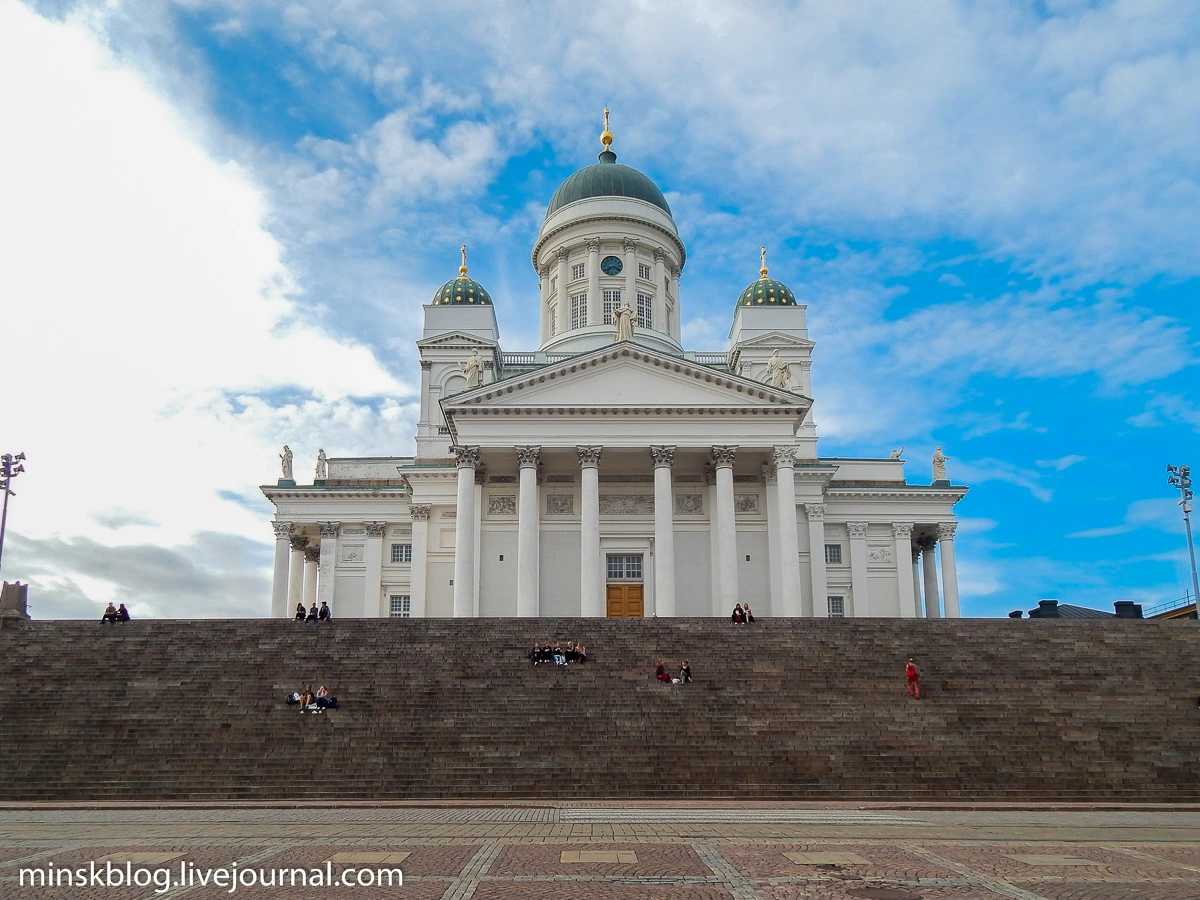
By unknown reason, on the steps of completely female:
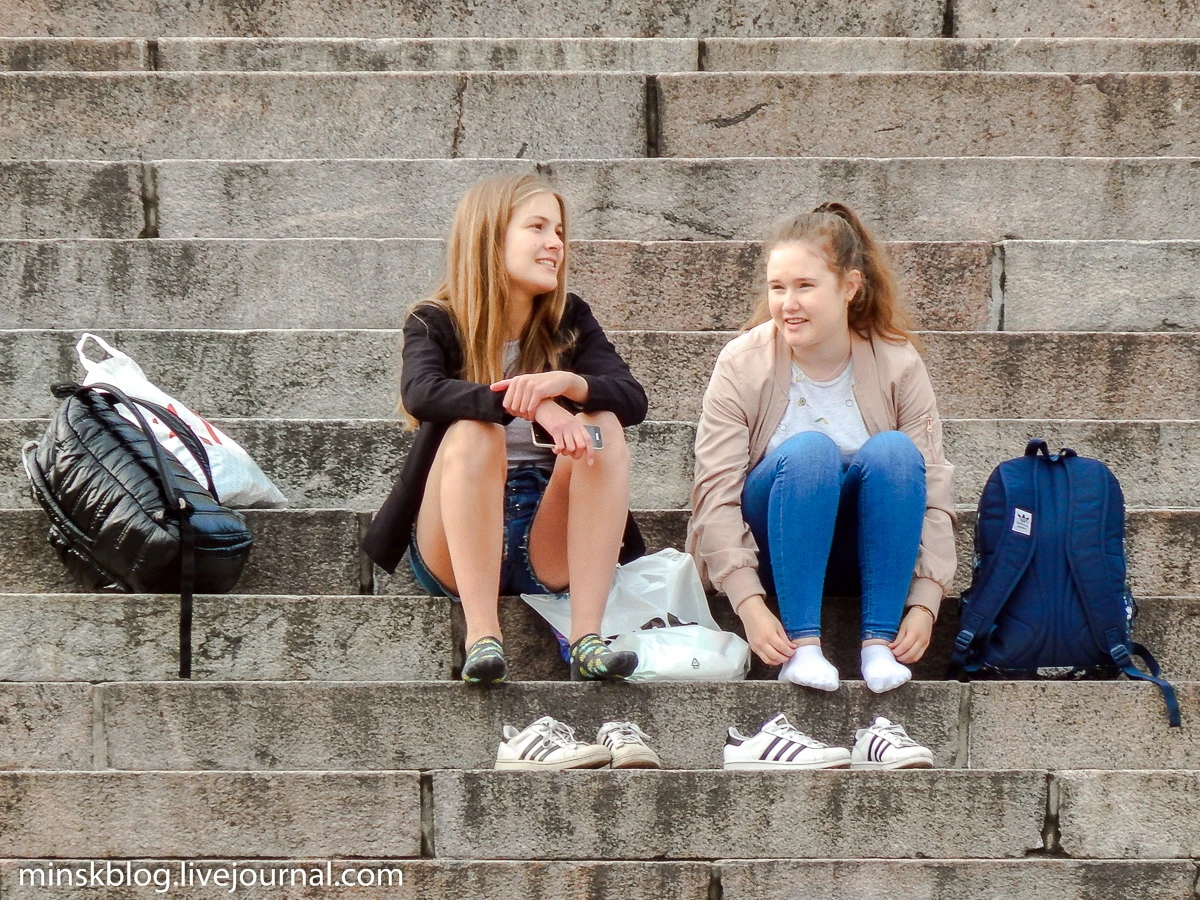
Entrance to the Cathedral is on the left of the area:
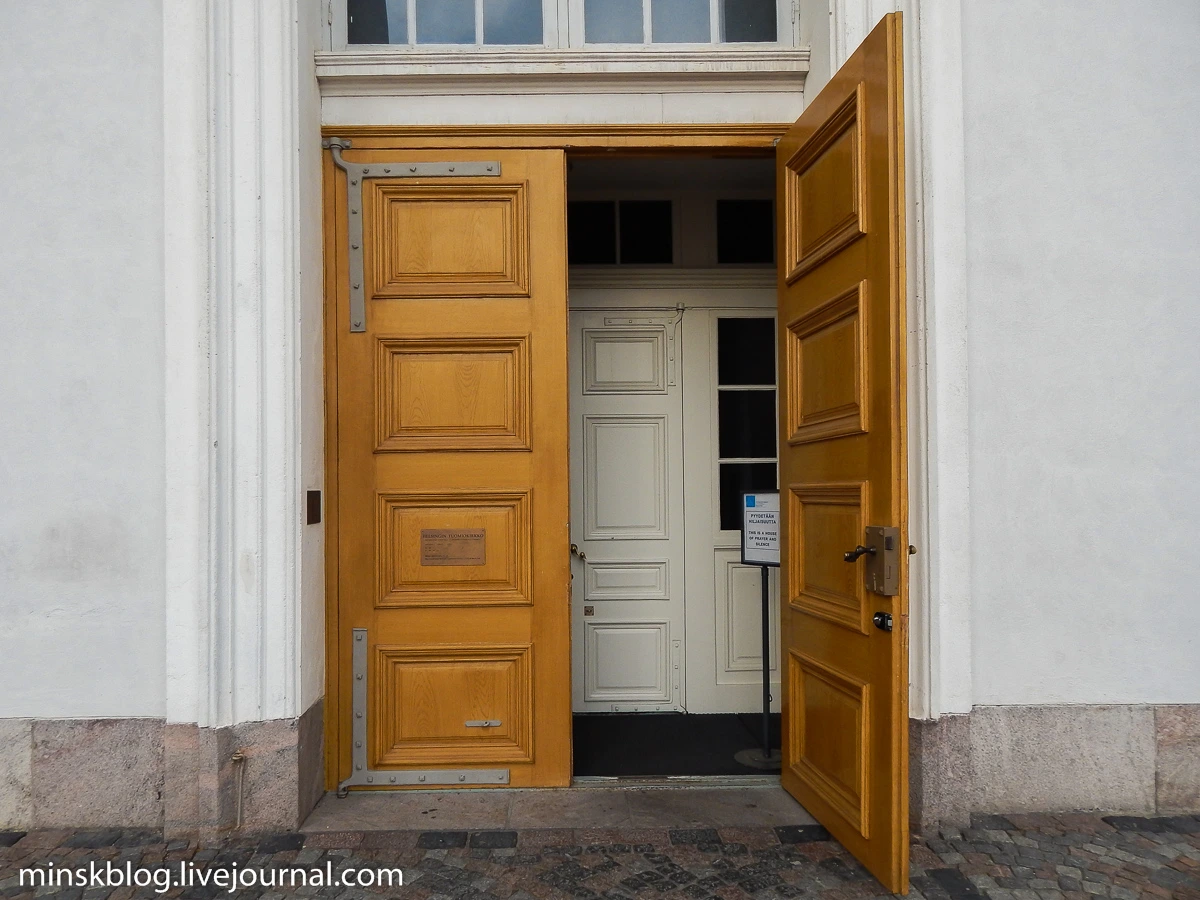
In the summer months, the temple is open from nine in the morning until midnight:
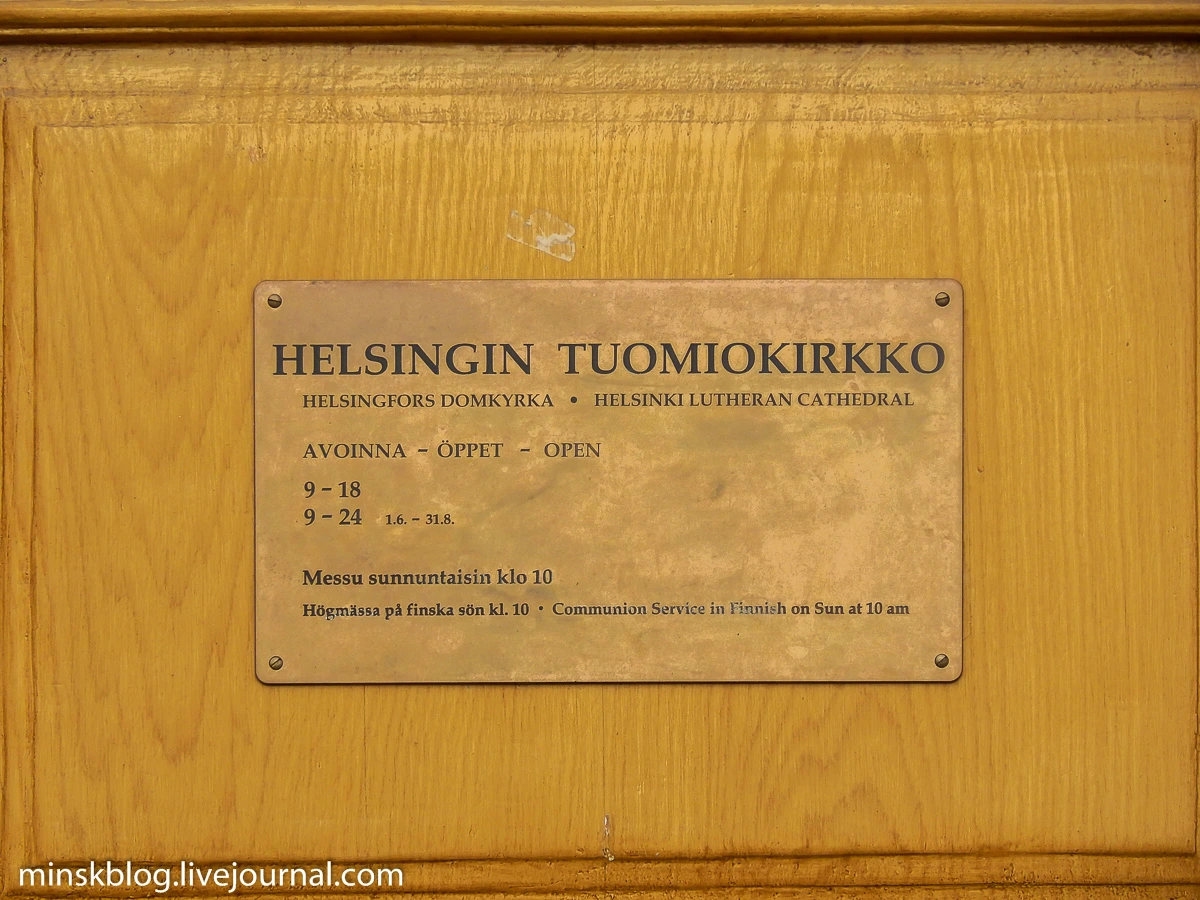
Above the entrance is written in Hebrew "Yahweh" - one of the names of God the Father:
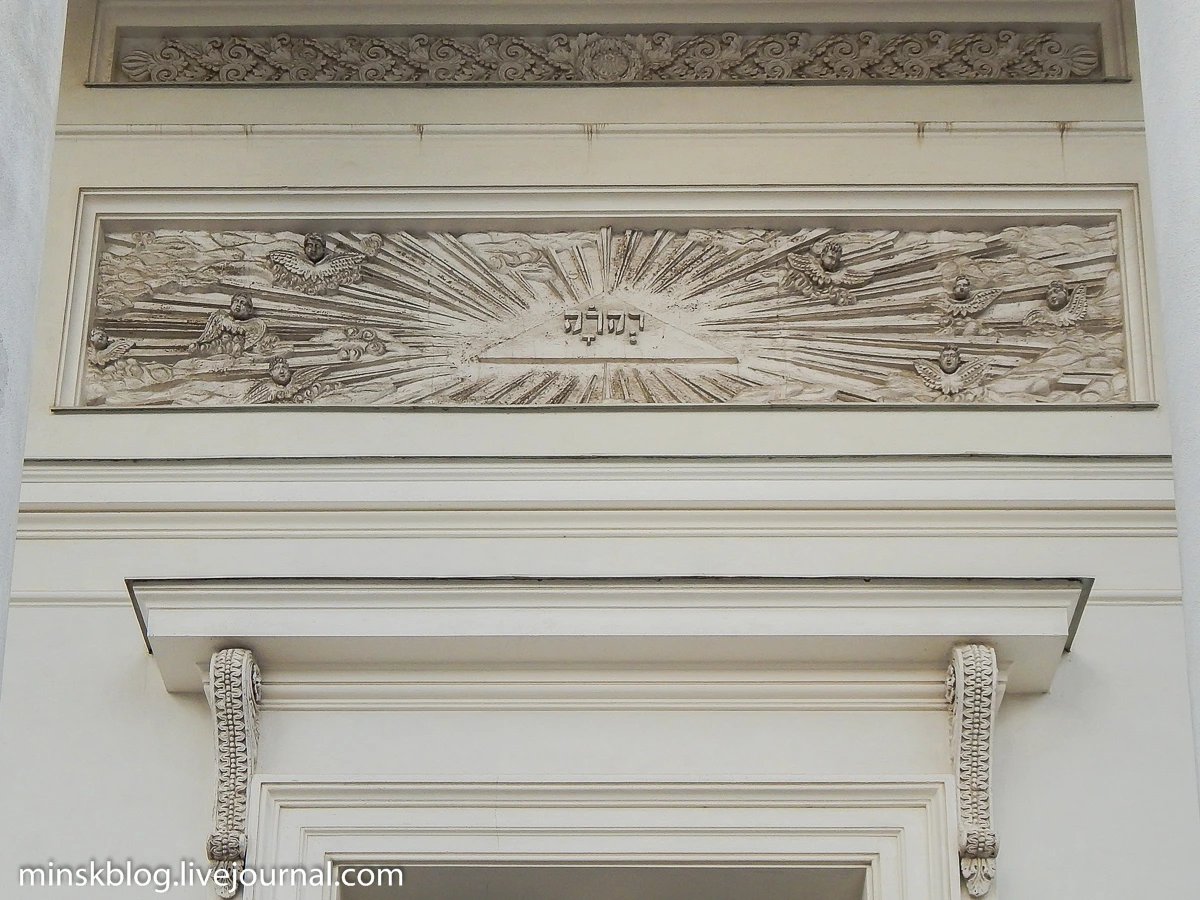
Inside, in the Protestant ascetic. The altar painting "The Burial of Jesus" was donated to the Cathedral of Nicholas I, on both sides of the altar kneel gold sculptures of angels:
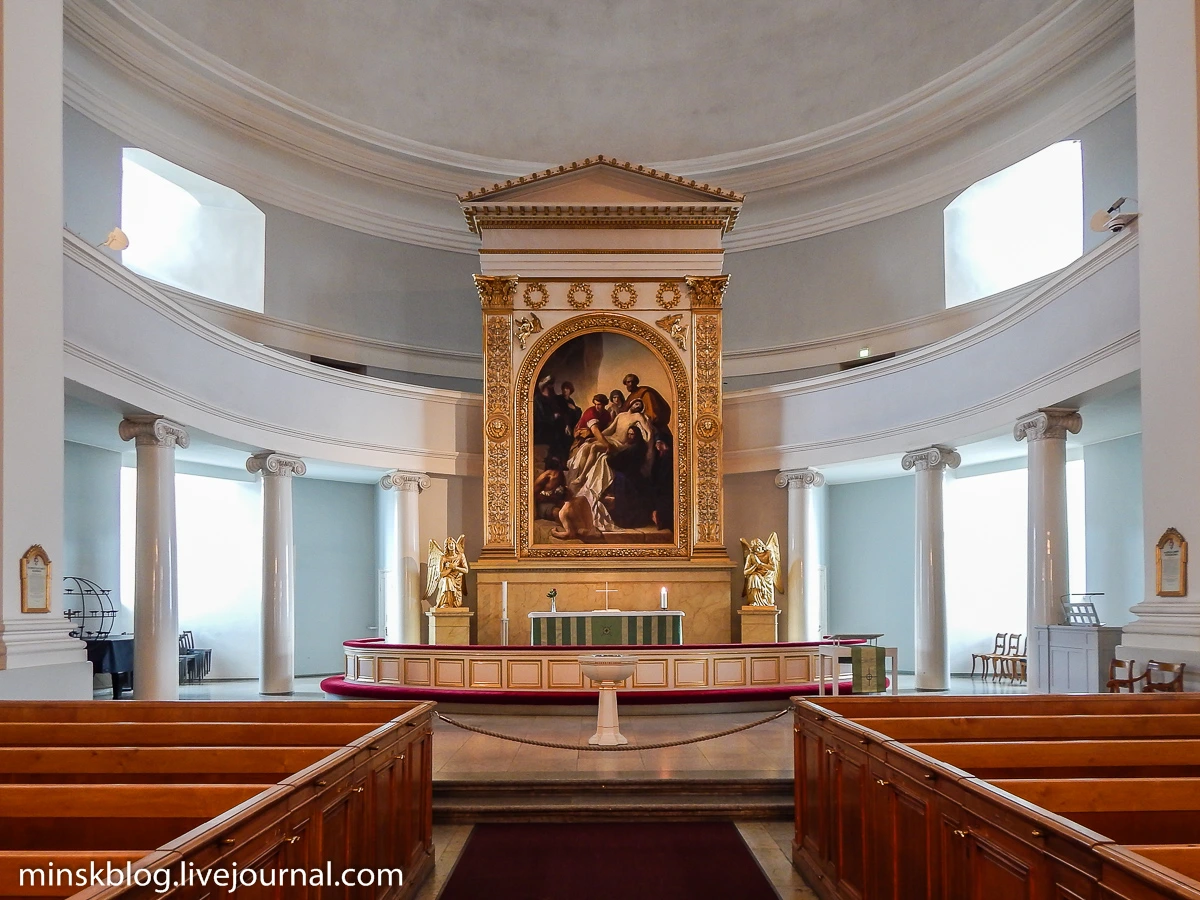
In the niches are plaster statues of key figures of Lutheranism - Martin Luther, the Reformation of the initiator:
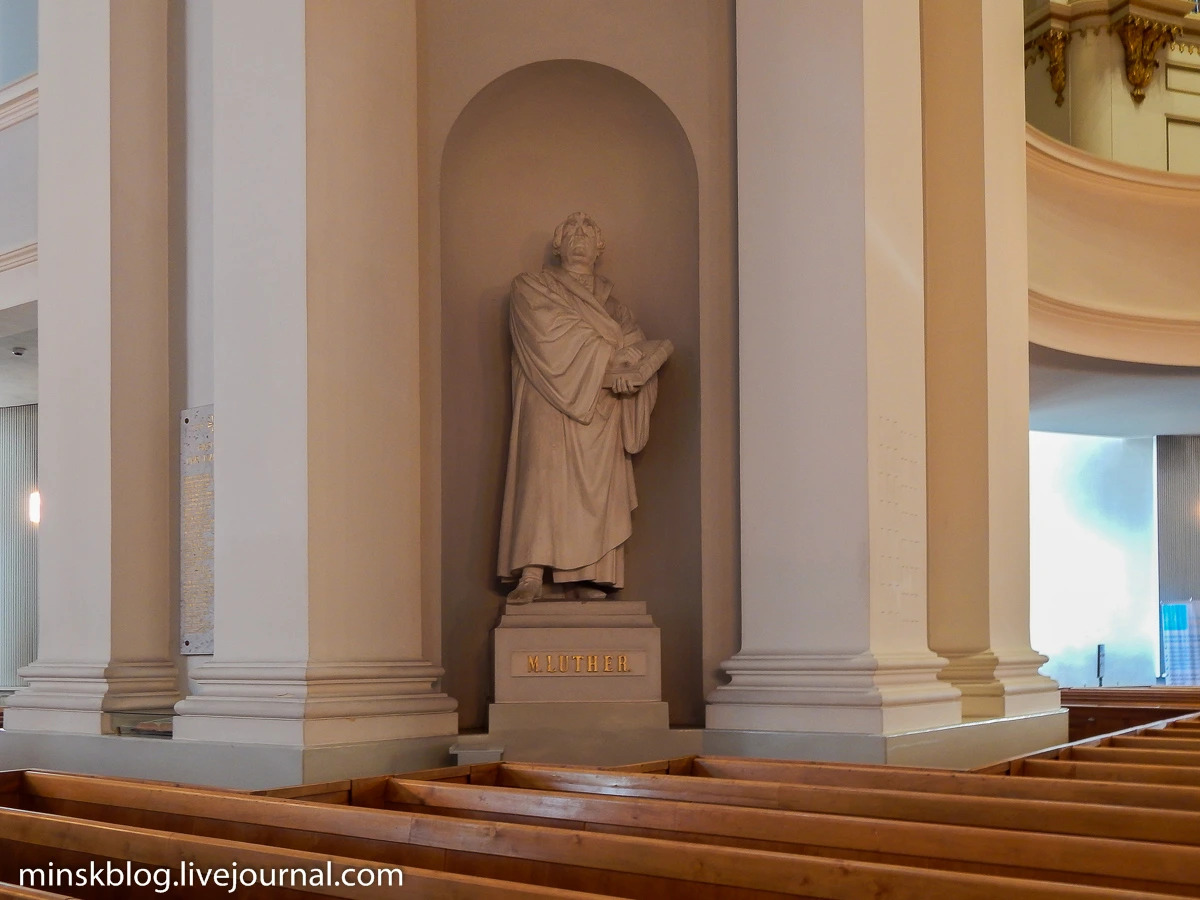
And Mikael Agricola - the first Lutheran bishop of Finland, the founder of the Finnish Literature, the first translator of the Bible into Finnish. It is noteworthy that Agricola's grave is in Russia, 50 kilometers from Vyborg. Finnish literature's father died there in 1557, returning from Moscow to Turku after unsuccessful negotiations with Ivan the Terrible a truce once the Russian-Swedish war:
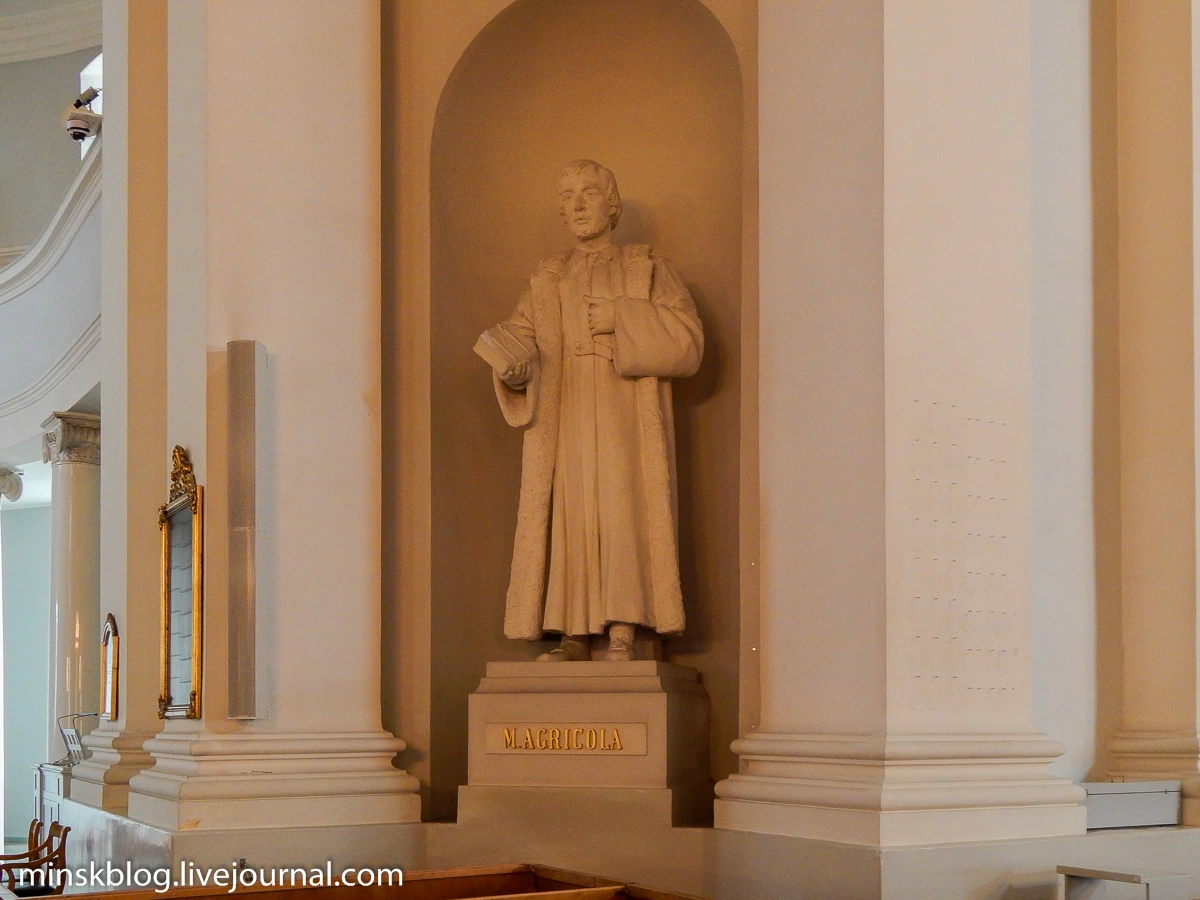
Bible Agricola is stored here, not sure if this is the original, the paper looks very much fresh to the XVI century:
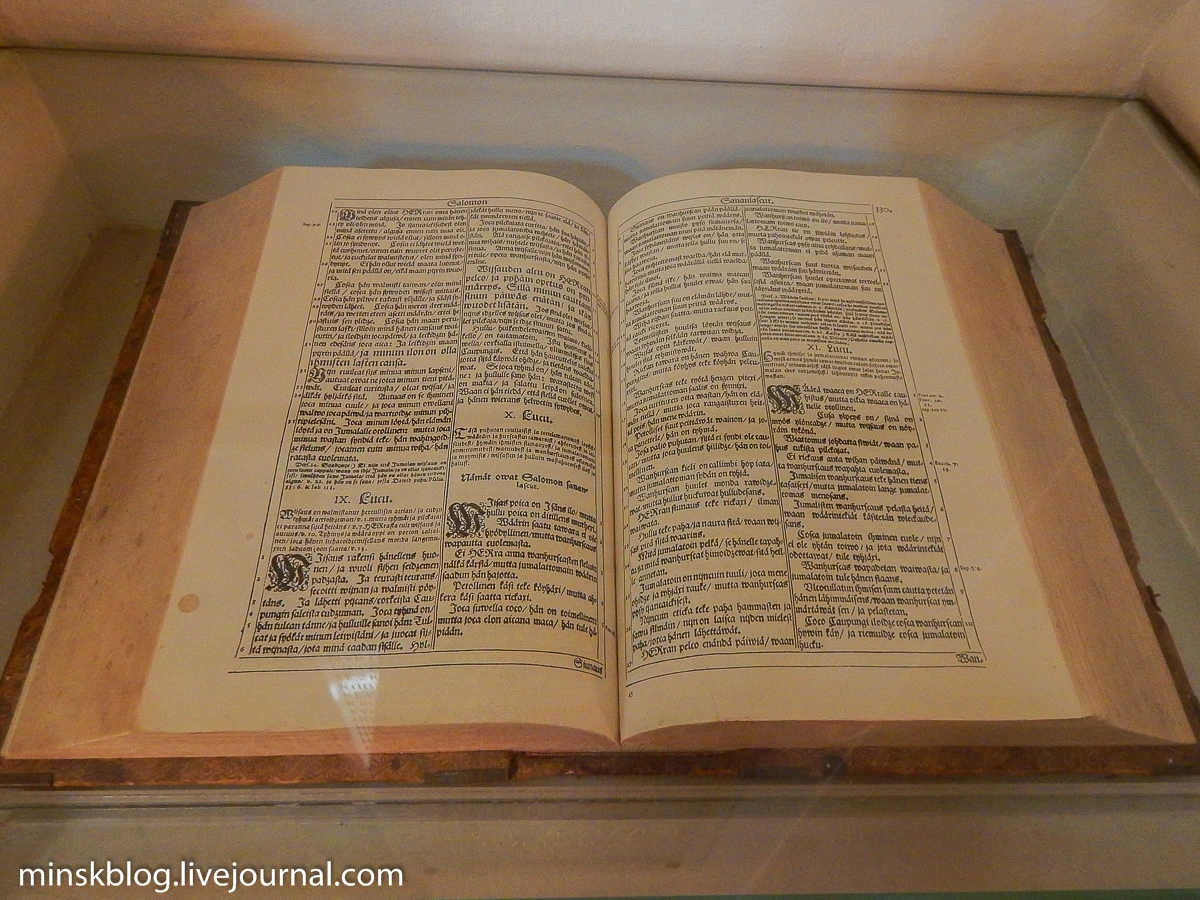
Above the main entrance on the first floor there is a body:
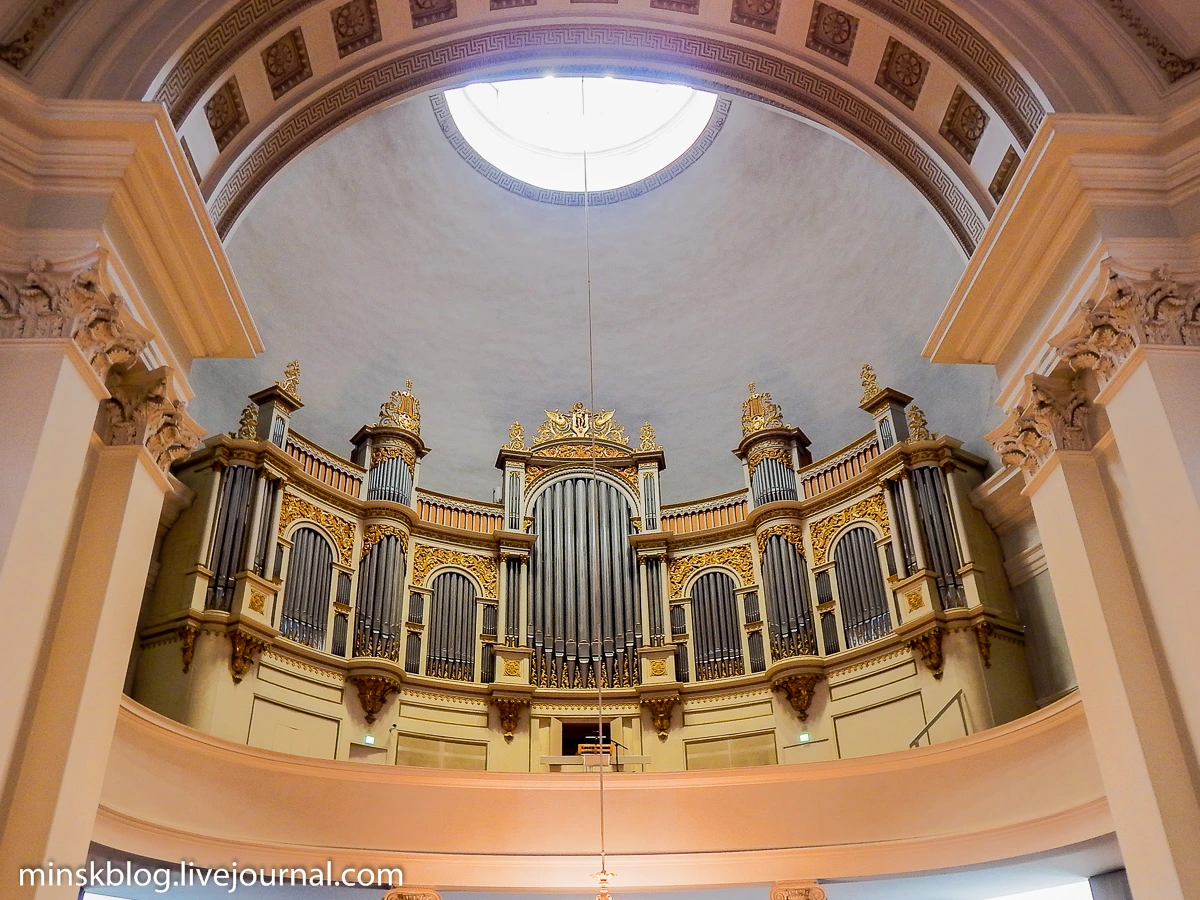
Beneath it, there is the entrance, on the desk is a folder with the prayer "Our Father" in different languages. Translations into Spanish Finns seem to have made a bunch of mistakes - Spanish tourists are still ruled by the hand:
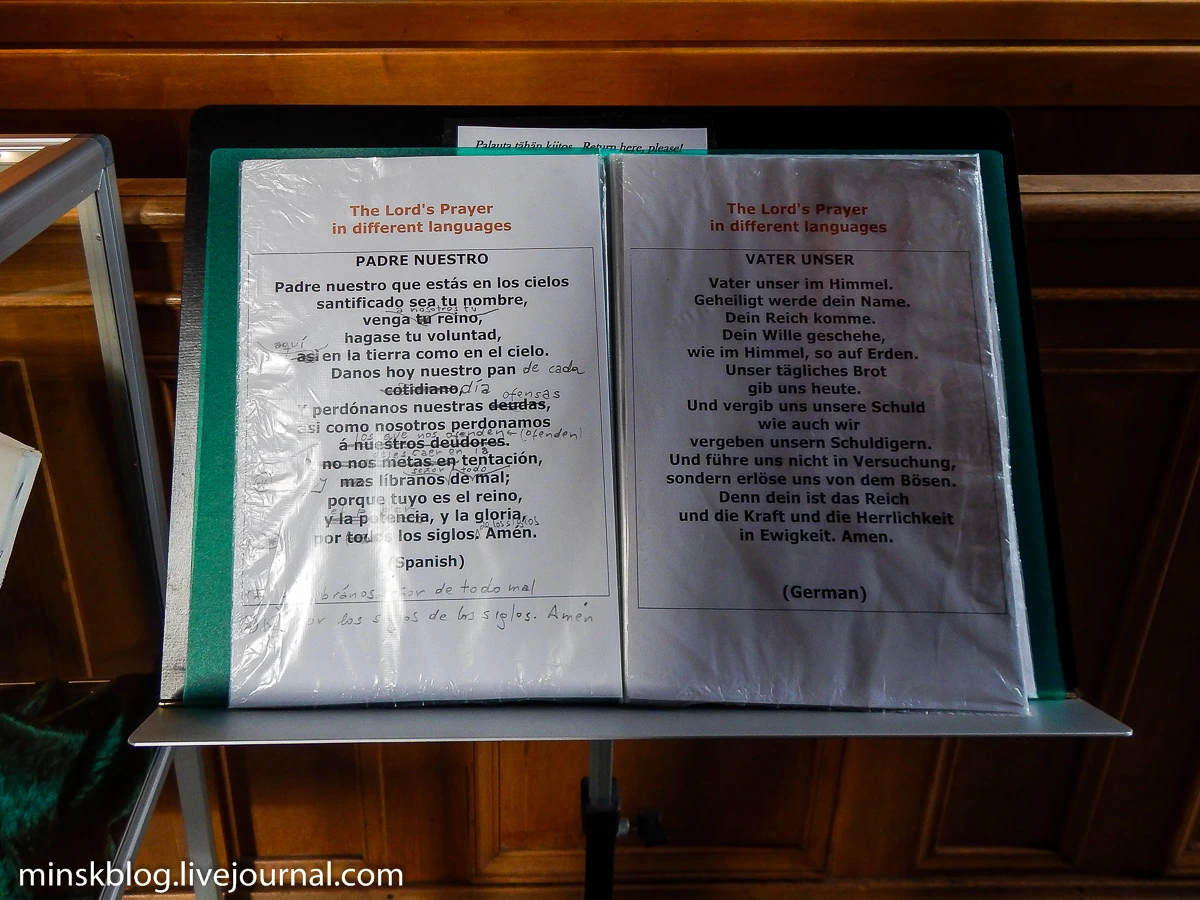
Russian version too, such as error-free:
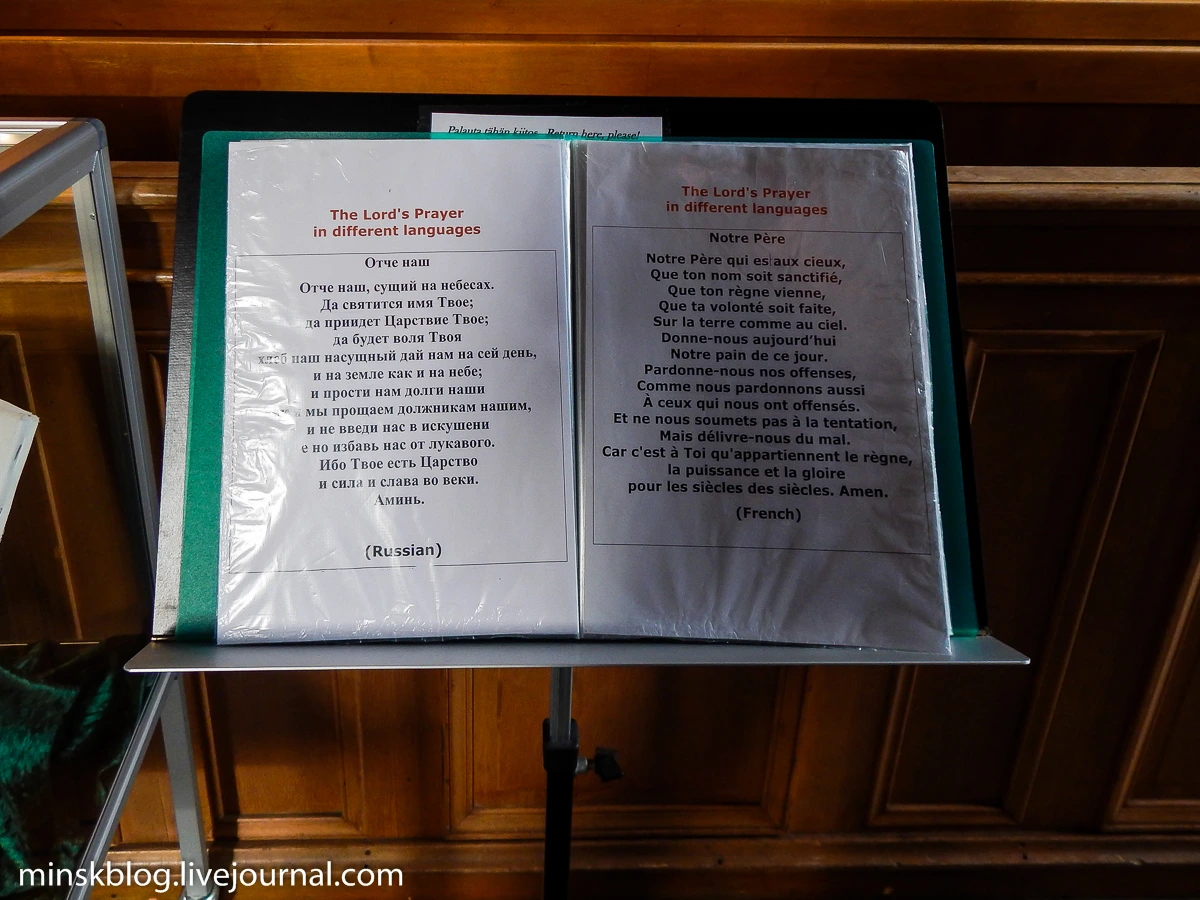
On the stairs of the Cathedral is well looked through the whole Senate Square. Directly in front of the main entrance - Library of the University of Helsinki:
[[ads]]
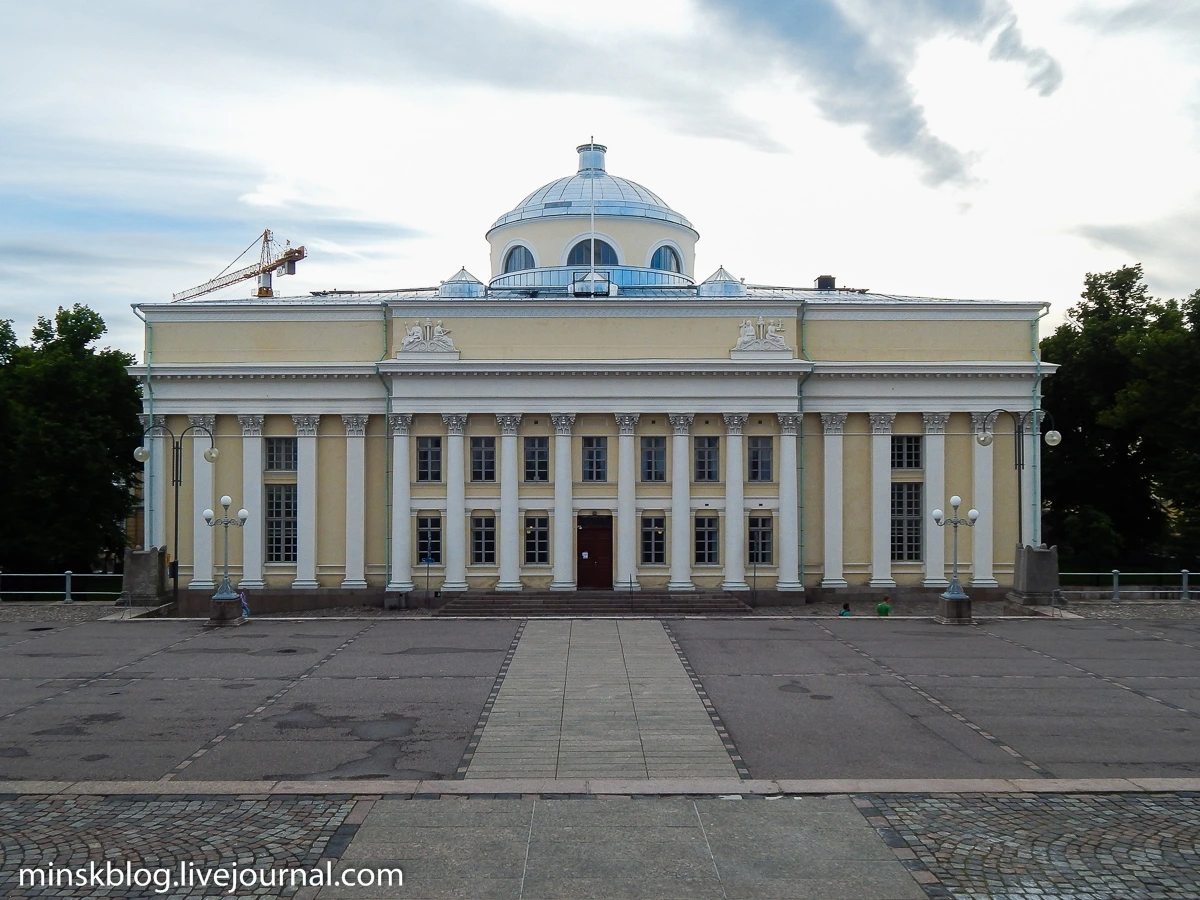
To the right and the university itself, translated from Turku to Helsinki by order of Emperor Nicholas I:
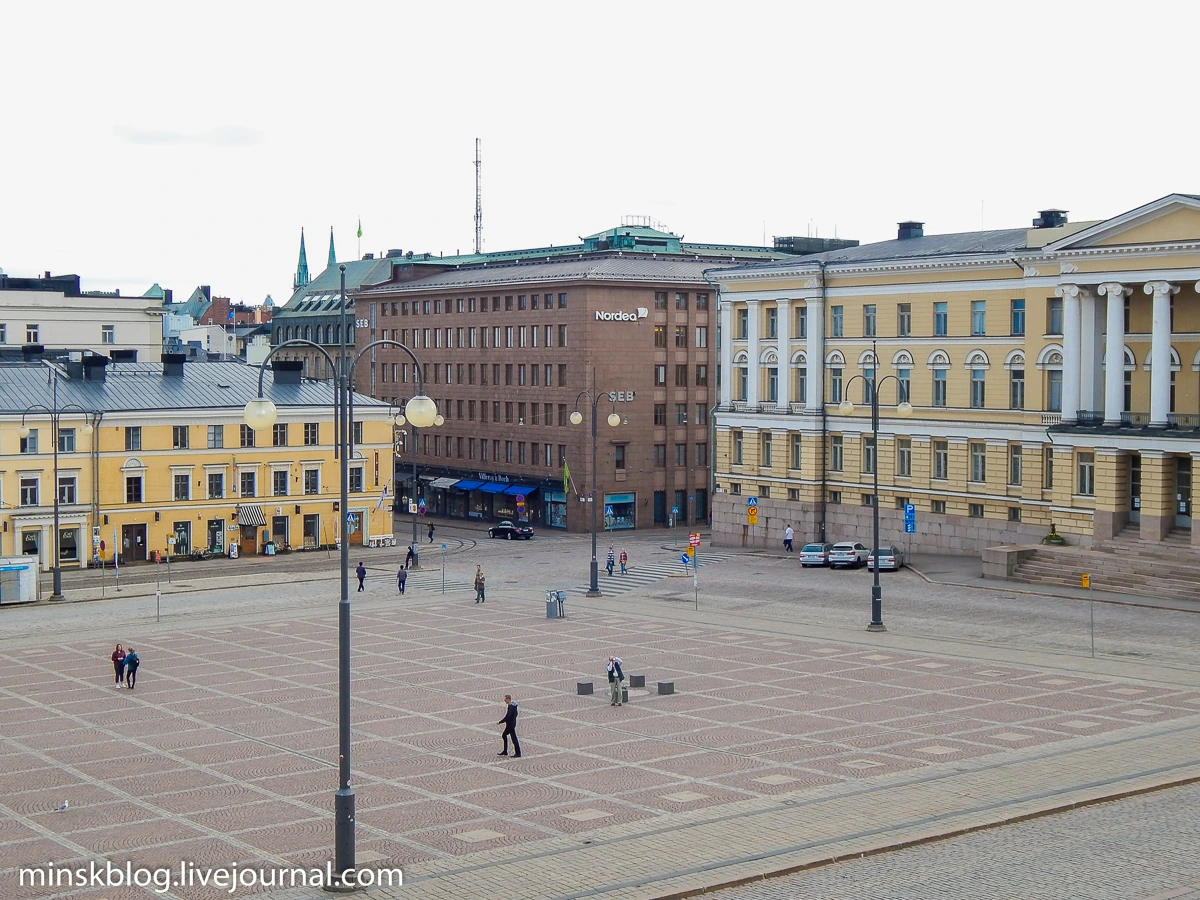
Pavilion of the belfry of the Cathedral, it was not in terms of the Engel - side pavilions came up with an architect who's Cathedral finishing work after his death:
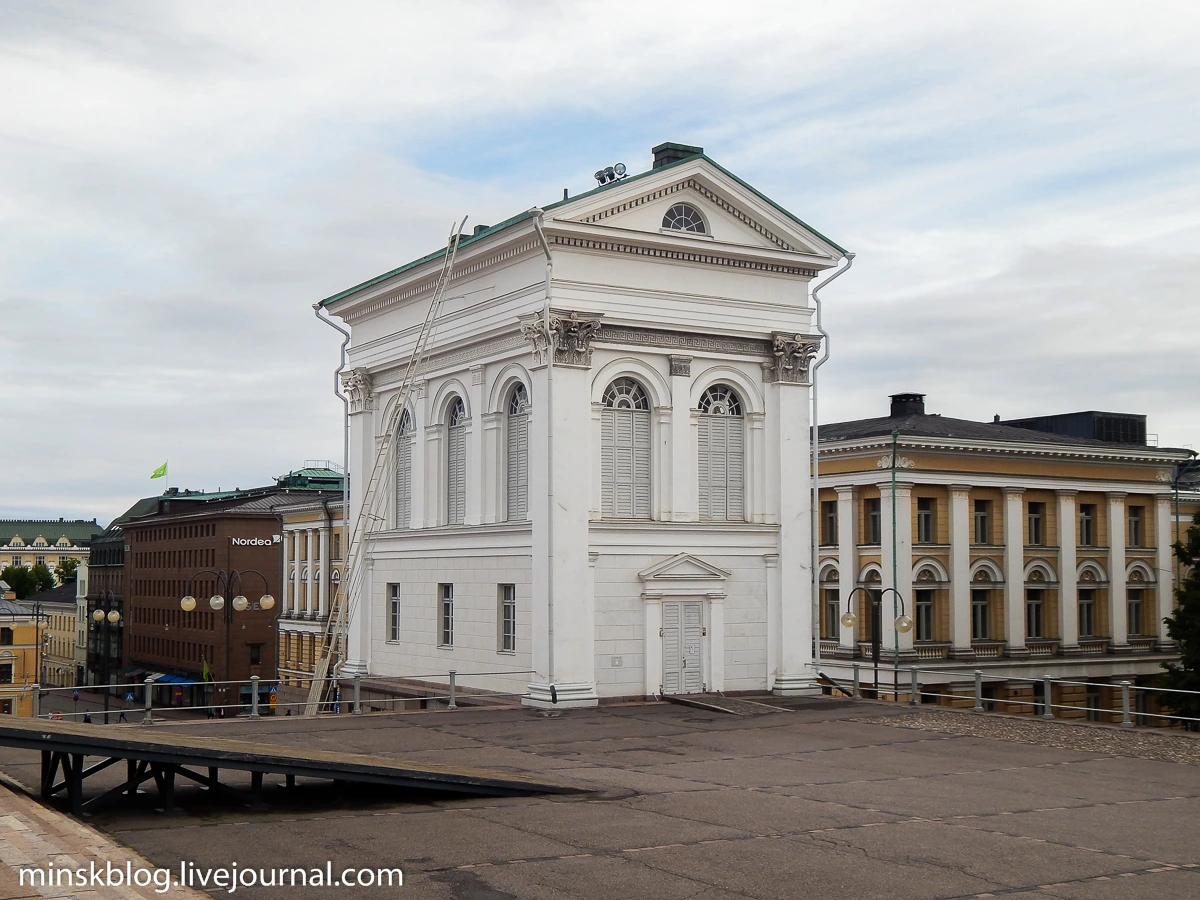
In the center of the square in front of the cathedral is a monument to Alexander II, staged here in 1894:
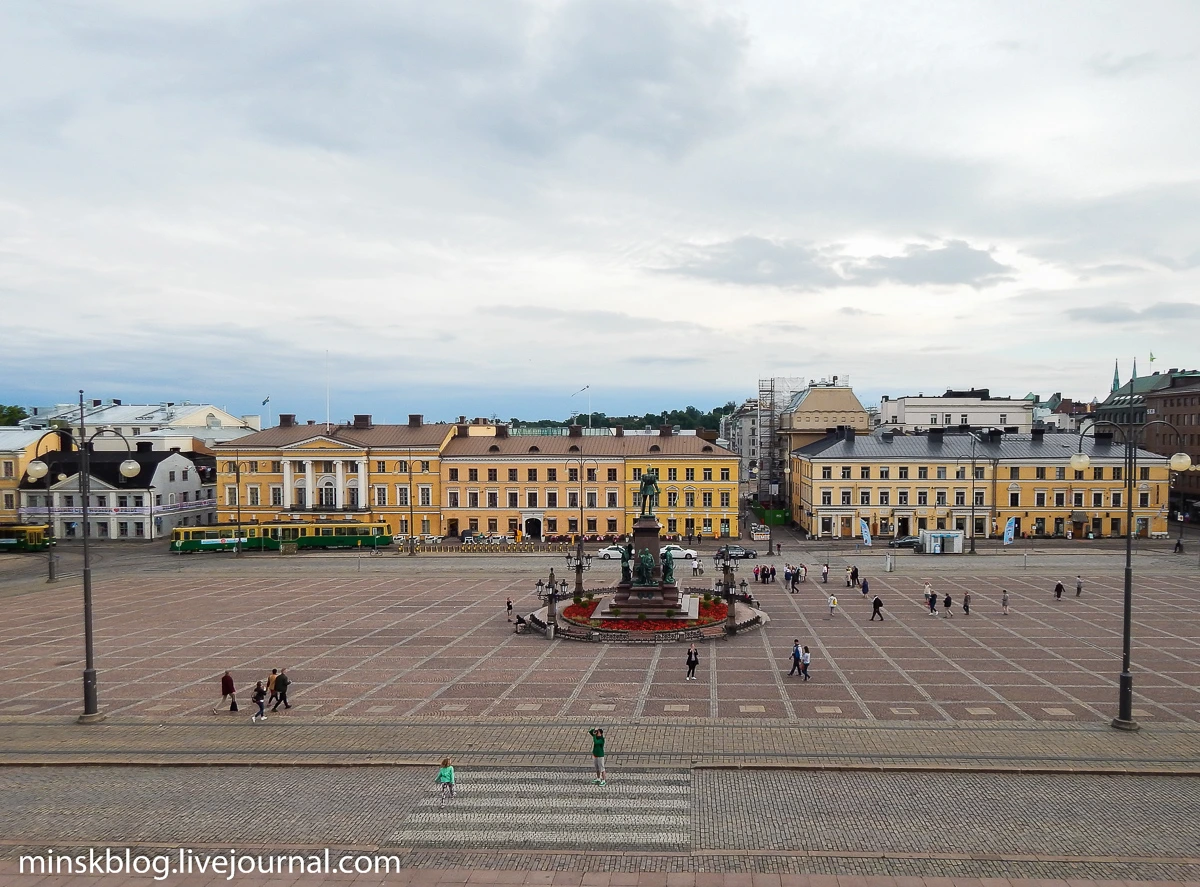
He survived the revolution, the Soviet-Finnish war and the numerous attempts to remove him from the area. Russian Tsar in the center of the Finnish capital left because it was the first time, Alexander II gave the principality of Finland autonomous rights. When it was approved by the first Finnish constitution, organized mail, the army, the judiciary, put into circulation the Finnish mark. In fact, the Emperor of Russia laid the foundation of the Finnish state that northern people and implemented in 1917:
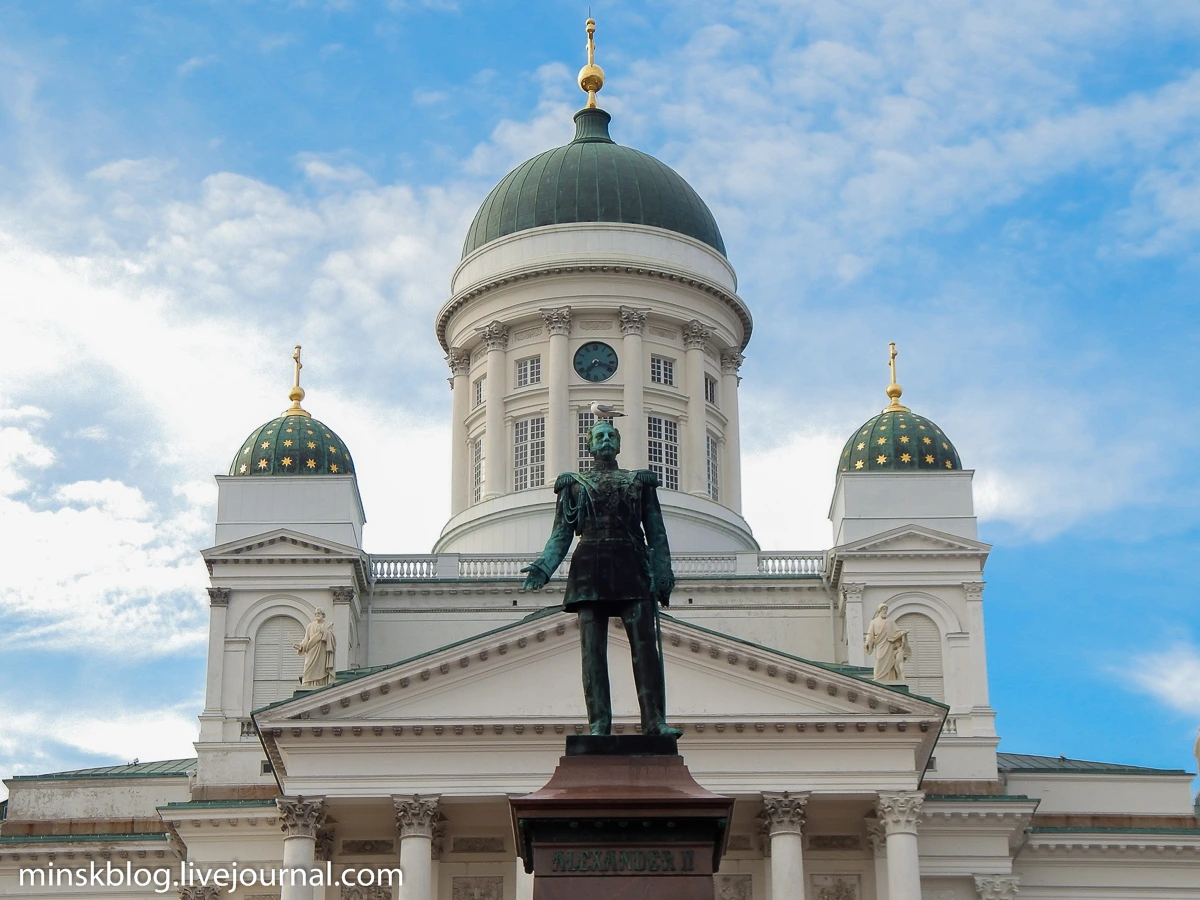
At the foot of the pedestal are located the figure personifying the labor, peace, education and the law:
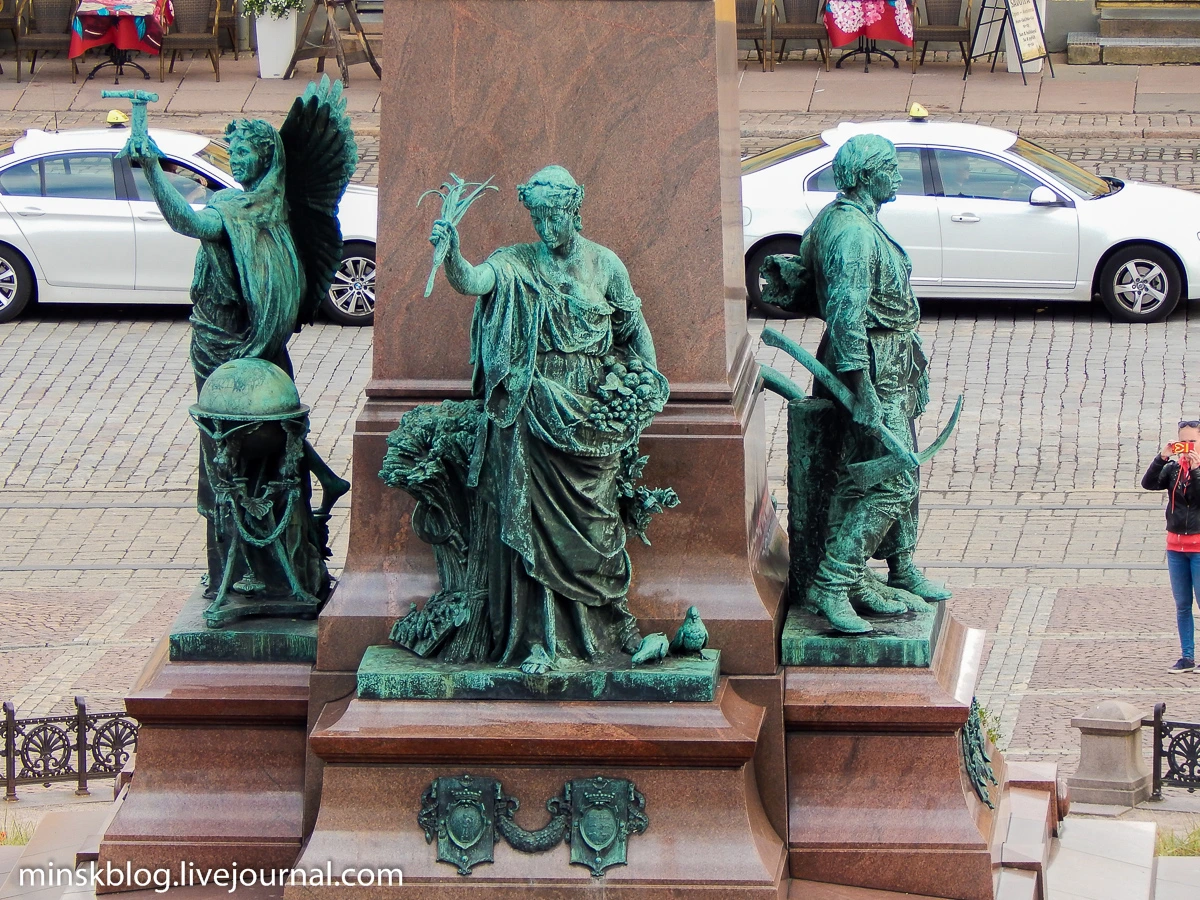
On the left side of the square is the Senate building, which meets the Government of Finland:
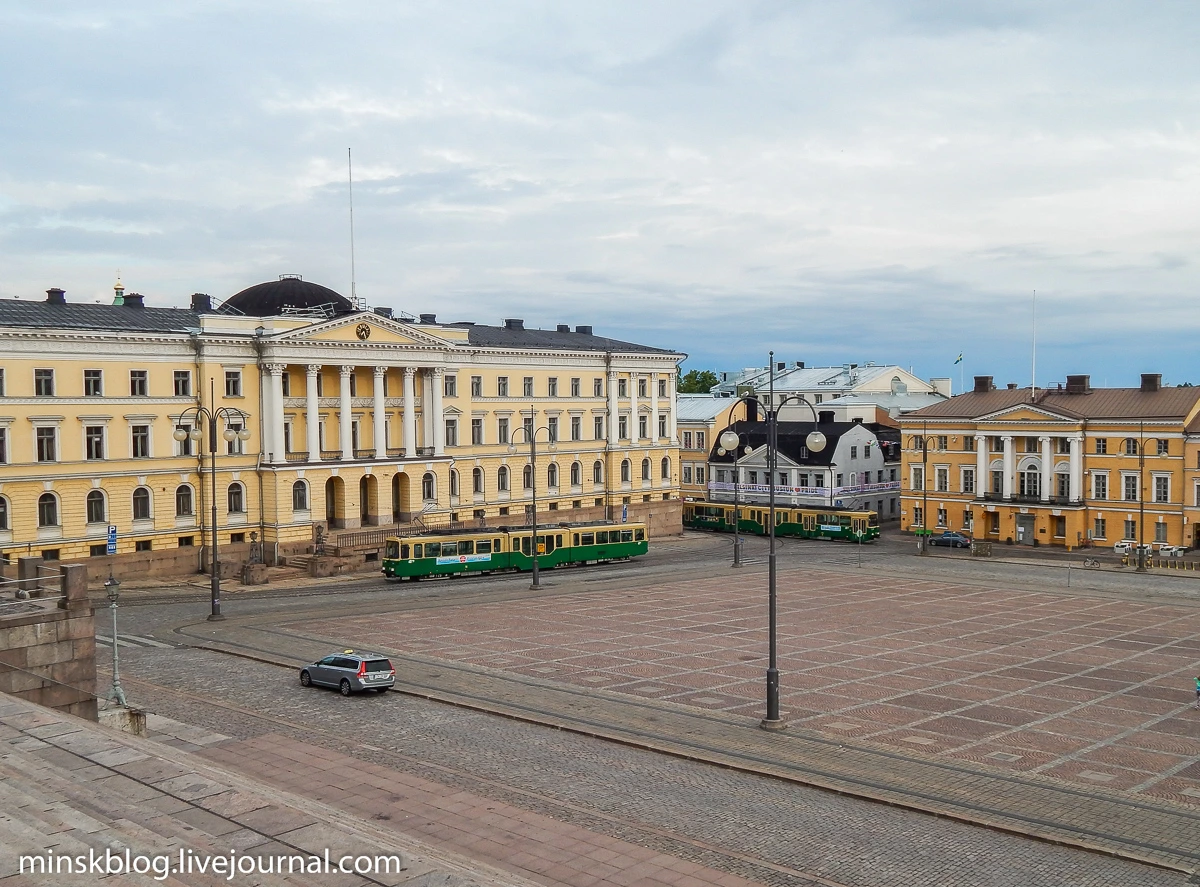
The two-story building with a mansard bluish - Sederholm House. It is the oldest building in Helsinki, built in 1757 for merchant Johan Sederholm. Today, a museum, a rainbow banner hung on the facade of minorities - two in Helsinki had to go through the annual gay pride parade:
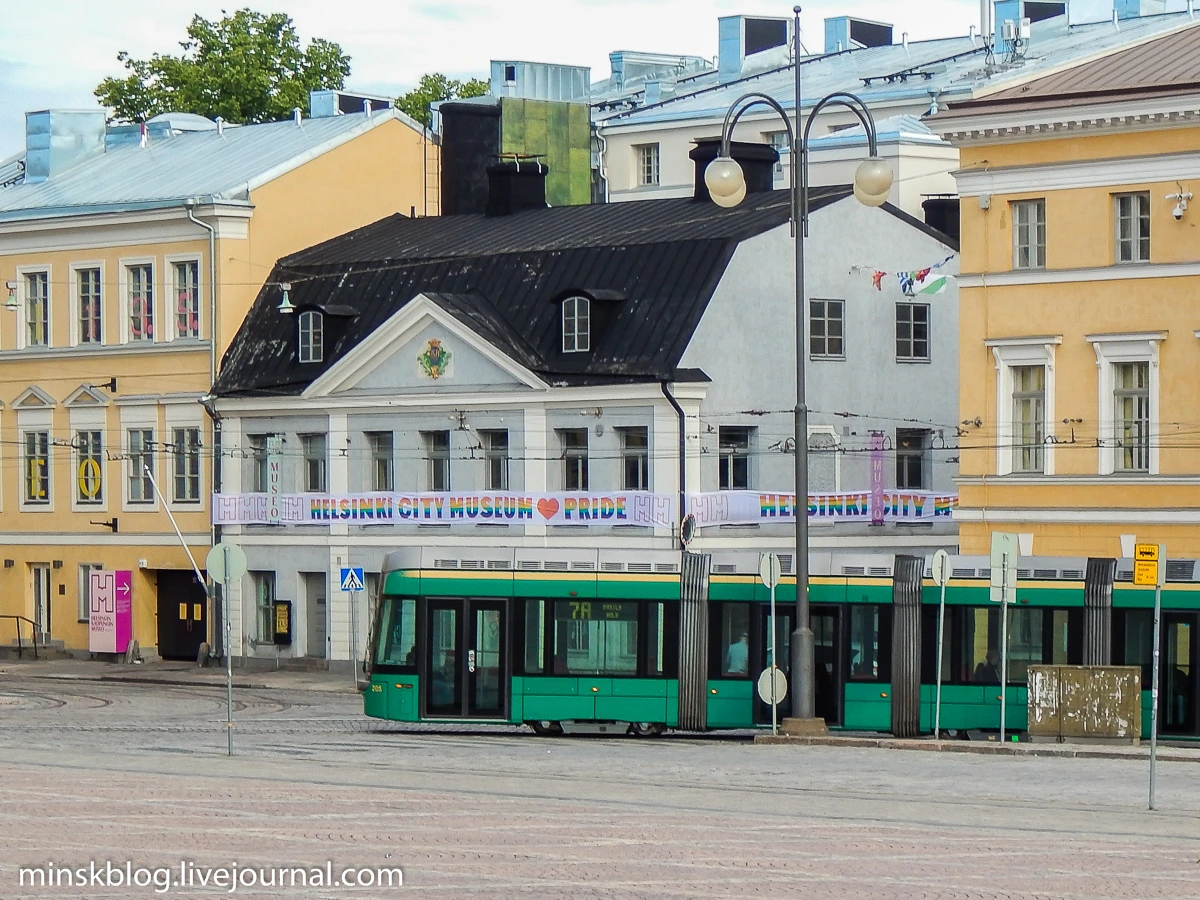
After the Senate Square, where stands a monument to Alexander II held a street named in honor of his uncle - Alexander I. Alexander Street, in Finnish Aleksanterinkatu - the central street of the historic district of Helsinki:
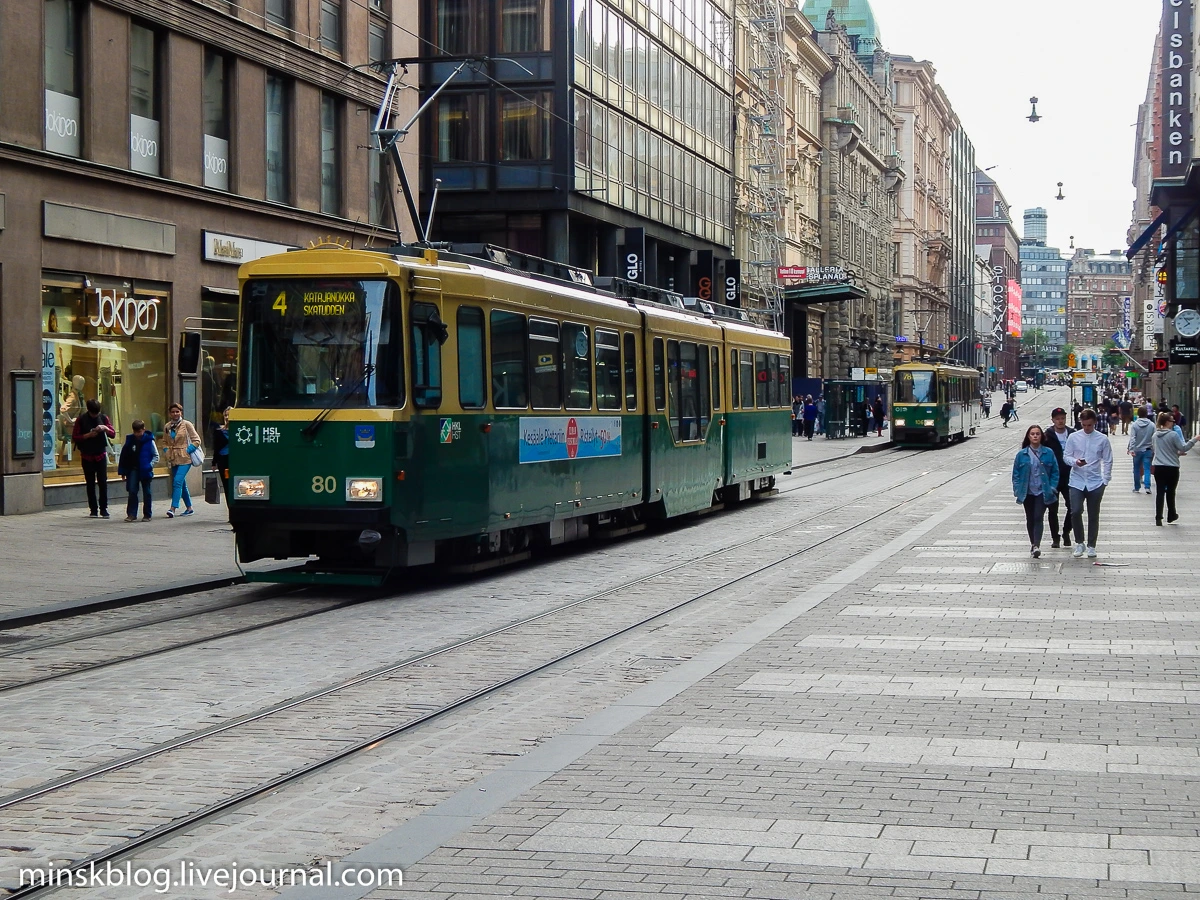
Throughout its history it has been the main shopping street of the city, it maintains the title of today:
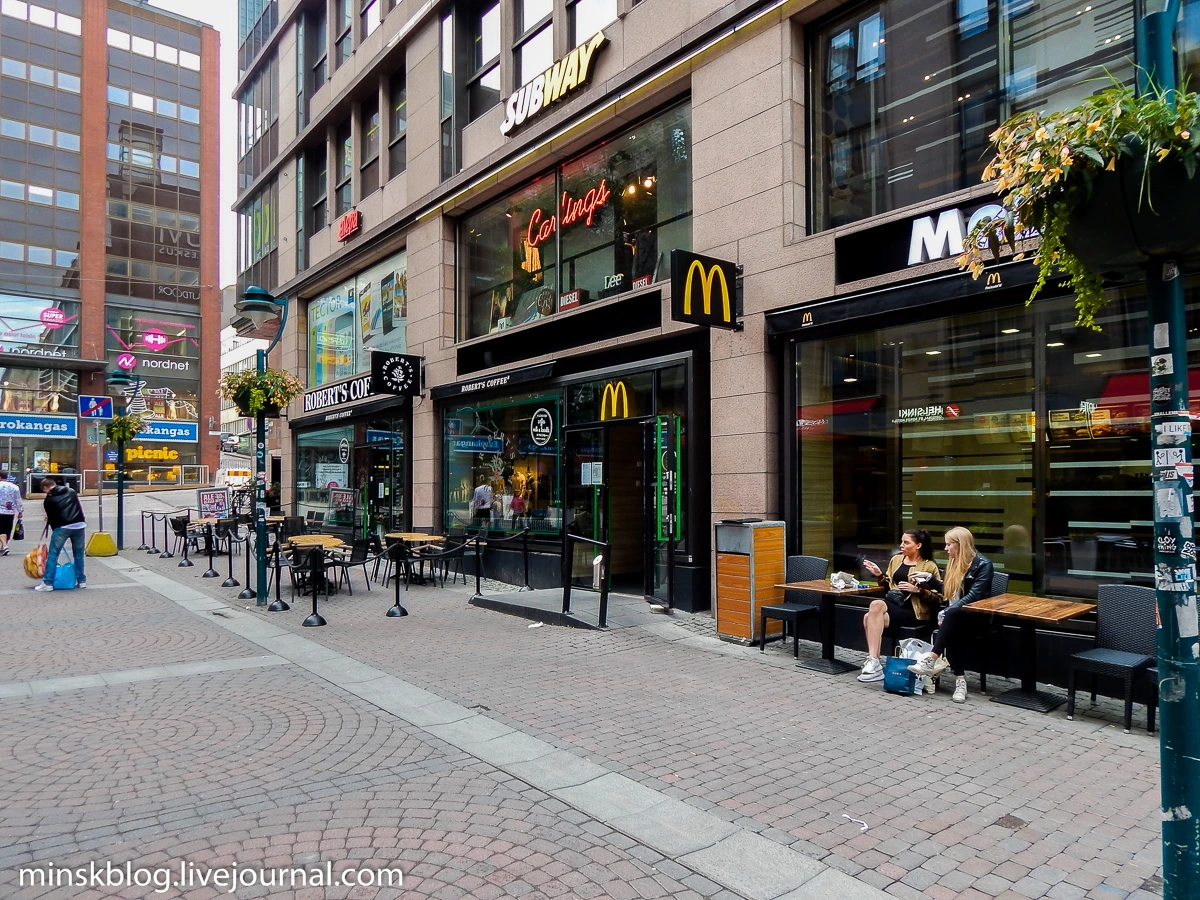
Here at Alex as Finns abbreviated as the Alexander, it is the largest store in Finland - Stockmann, it is visited by approximately 17 million customers annually. The main building was built in 1930:
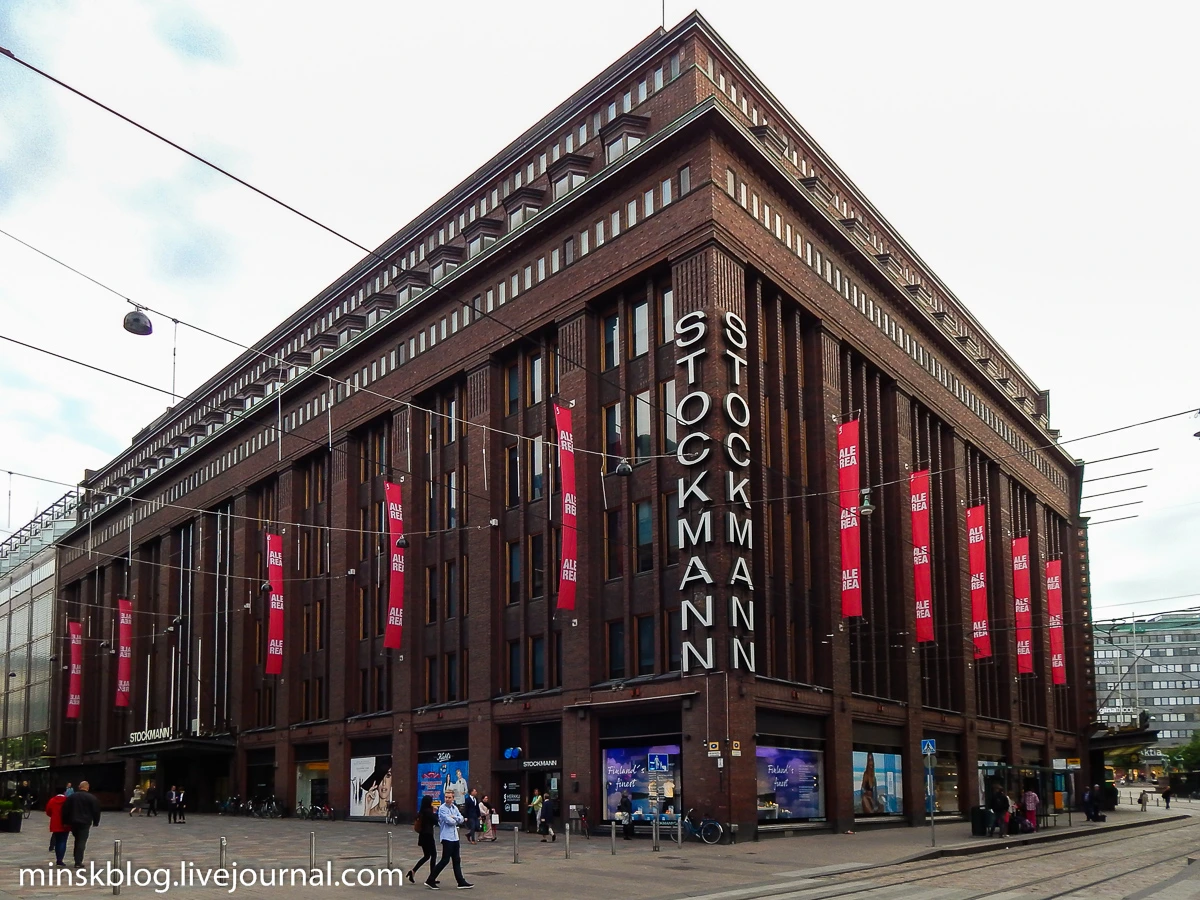
Since then, the shop has expanded so much that has come to occupy an entire city block in the center of the city - all the surrounding buildings were added to it, and dug a lot of basement floors:
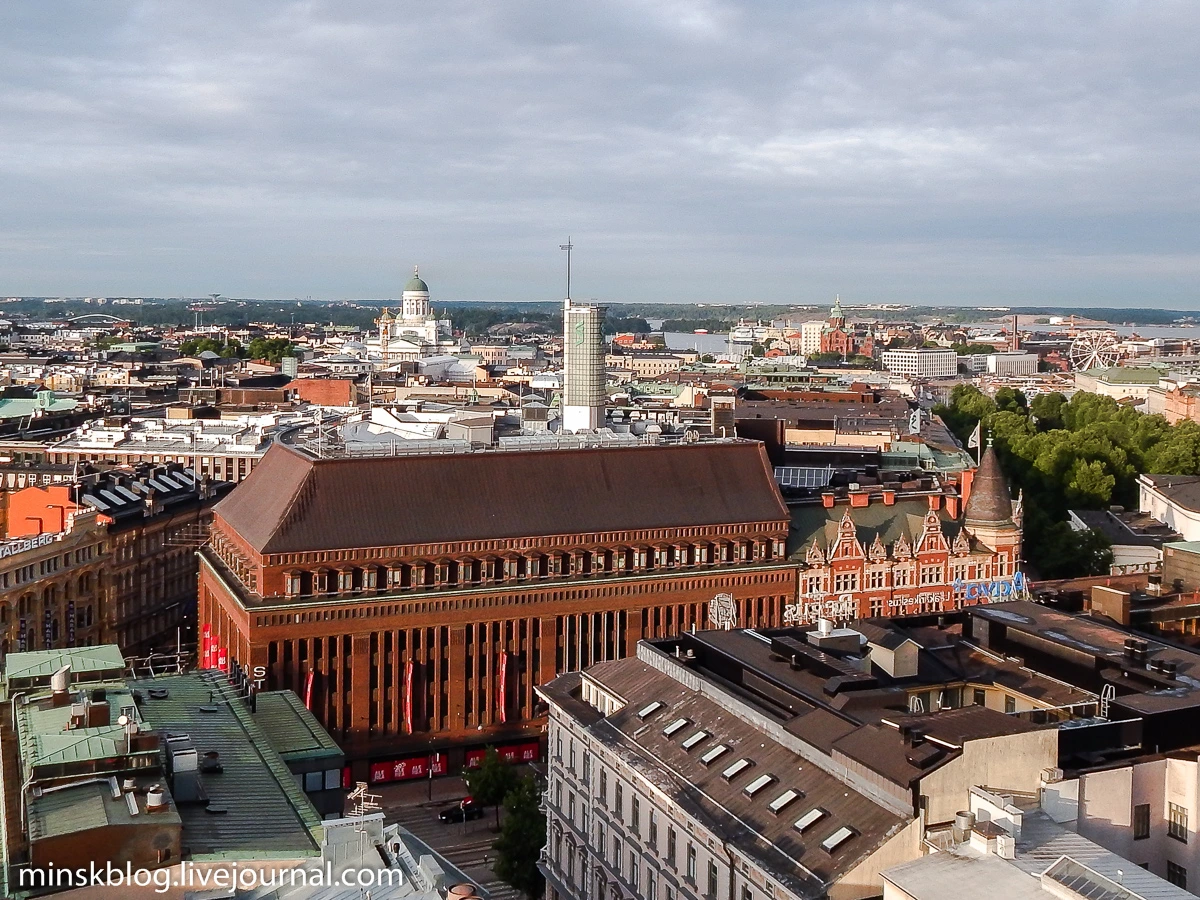
Directly in front of the main entrance to Stockmann is a sculpture "Three smith" - a popular meeting point in Helsinki. The sculpture was installed here in 1932, during World War II next to her exploded bombs, traces of debris still visible on the pedestal, hammer and anvil blacksmith left:
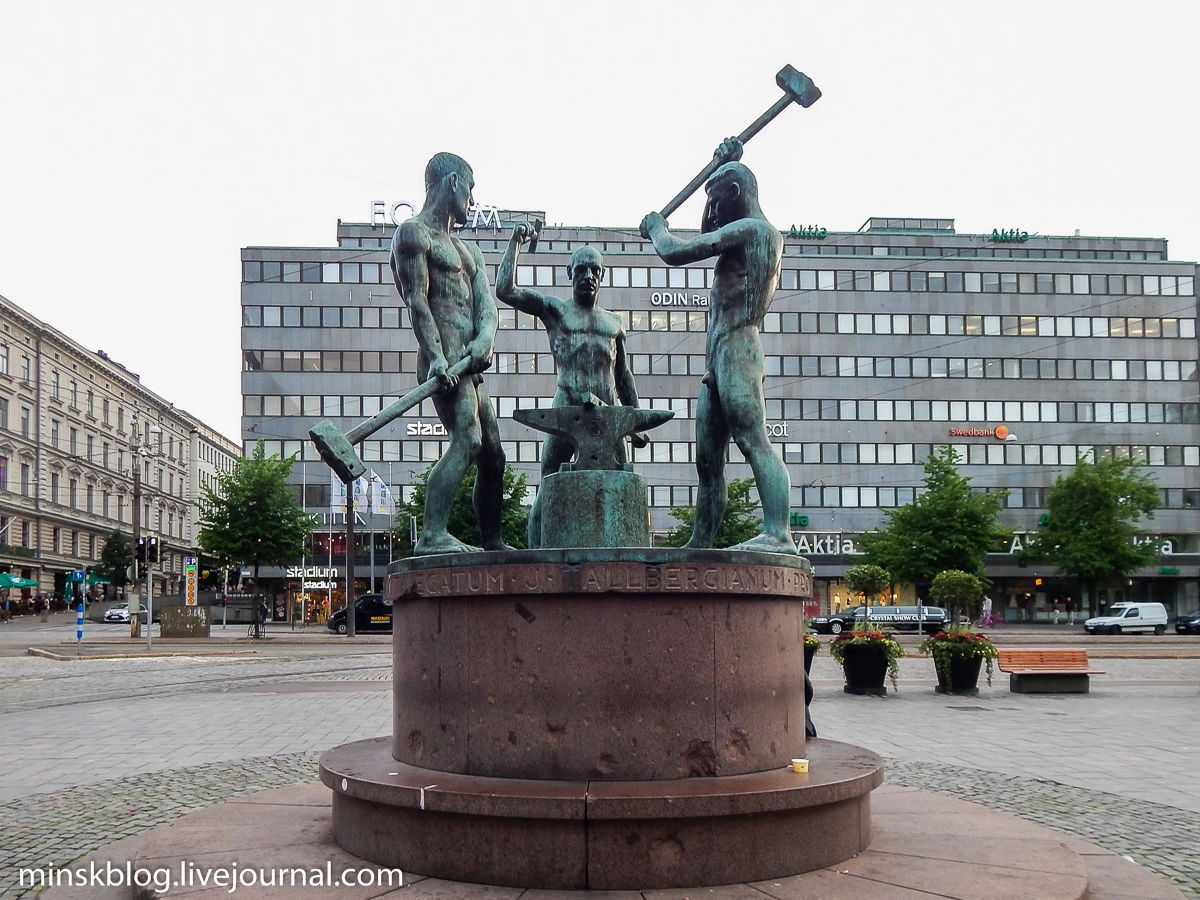
At this point Alexander Street rests on Mannerheimintie - the main and the longest street of Helsinki:
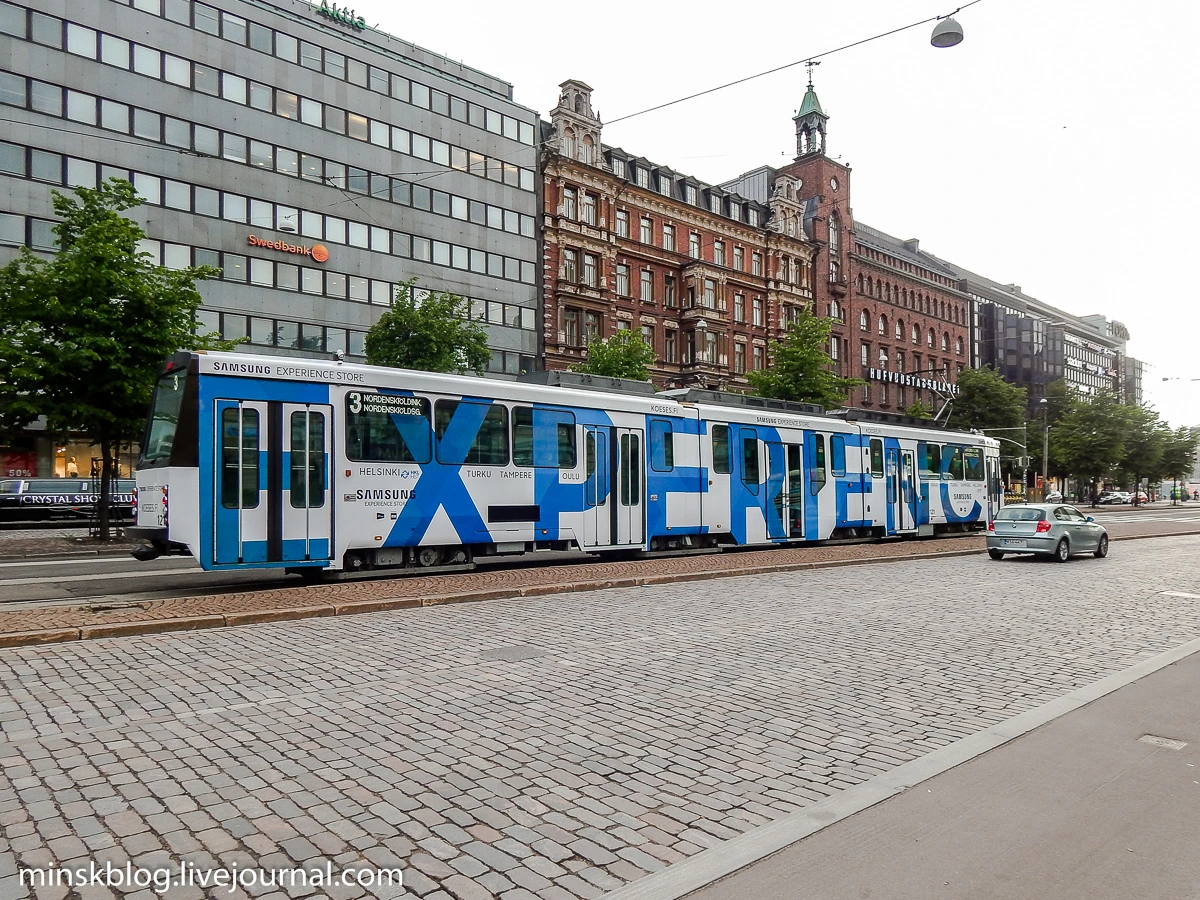
Interestingly, on the pavement, and Alexander, and tram tracks are tiled, it looks very neat and beautiful:
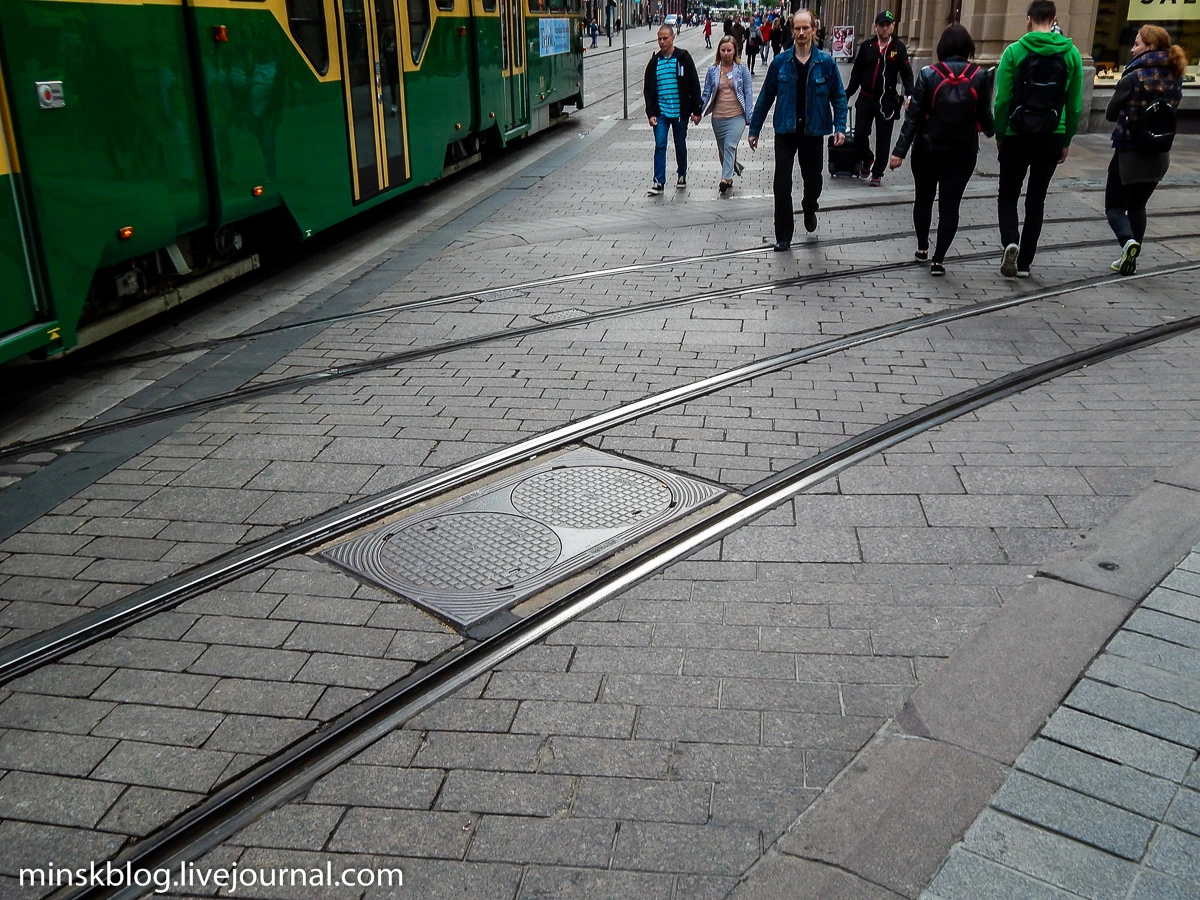
And on Mannerheimintie roadway for cars lined pavement and tram tracks are paved. A strange decision: the ride uncomfortable and looks unsightly:
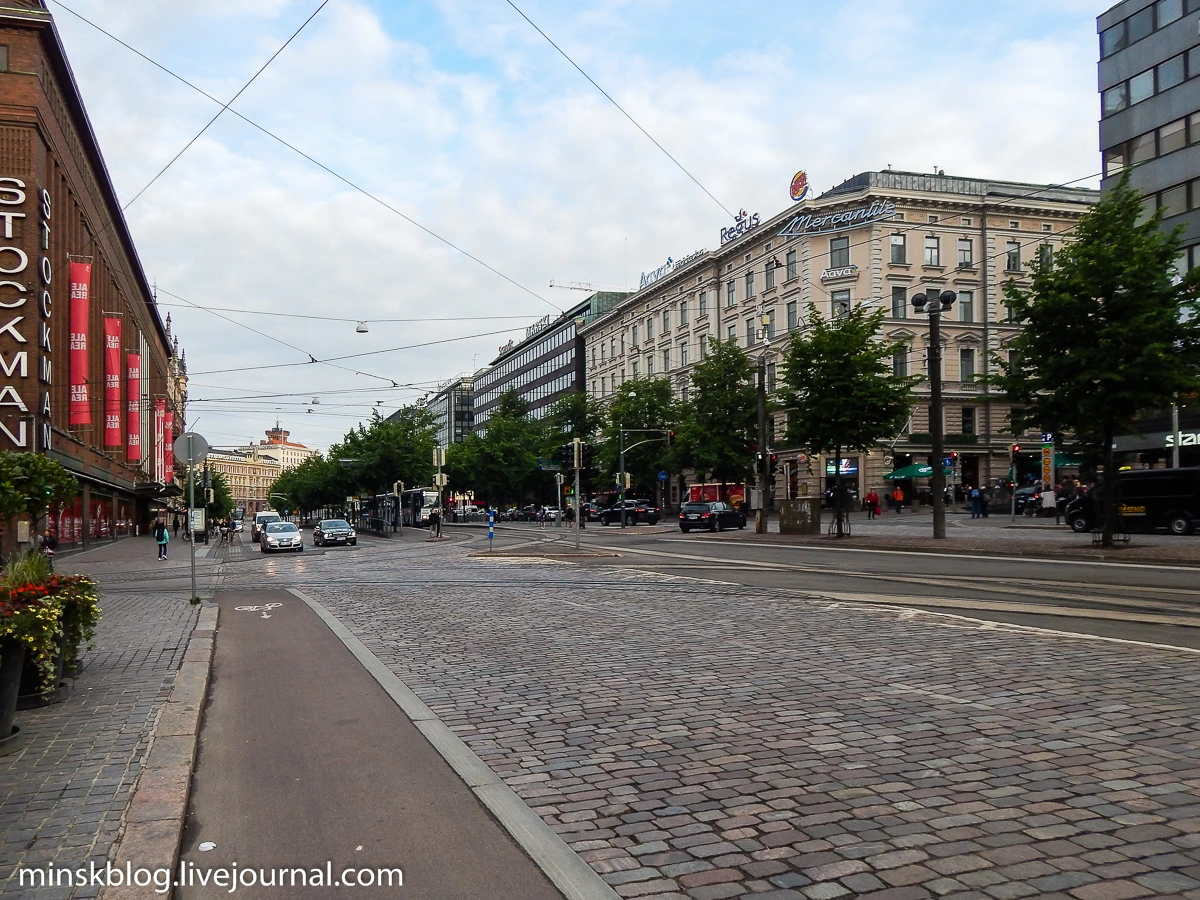
A hundred meters from the Avenue is the main railway station Helsinki. Its construction began in the Russian Empire, but was completed in the independent Finland in 1919. By the way, at the opening ceremony was attended by himself Mannerheim. Station Clock tower height of 48 meters, was at that time the highest in Helsinki:
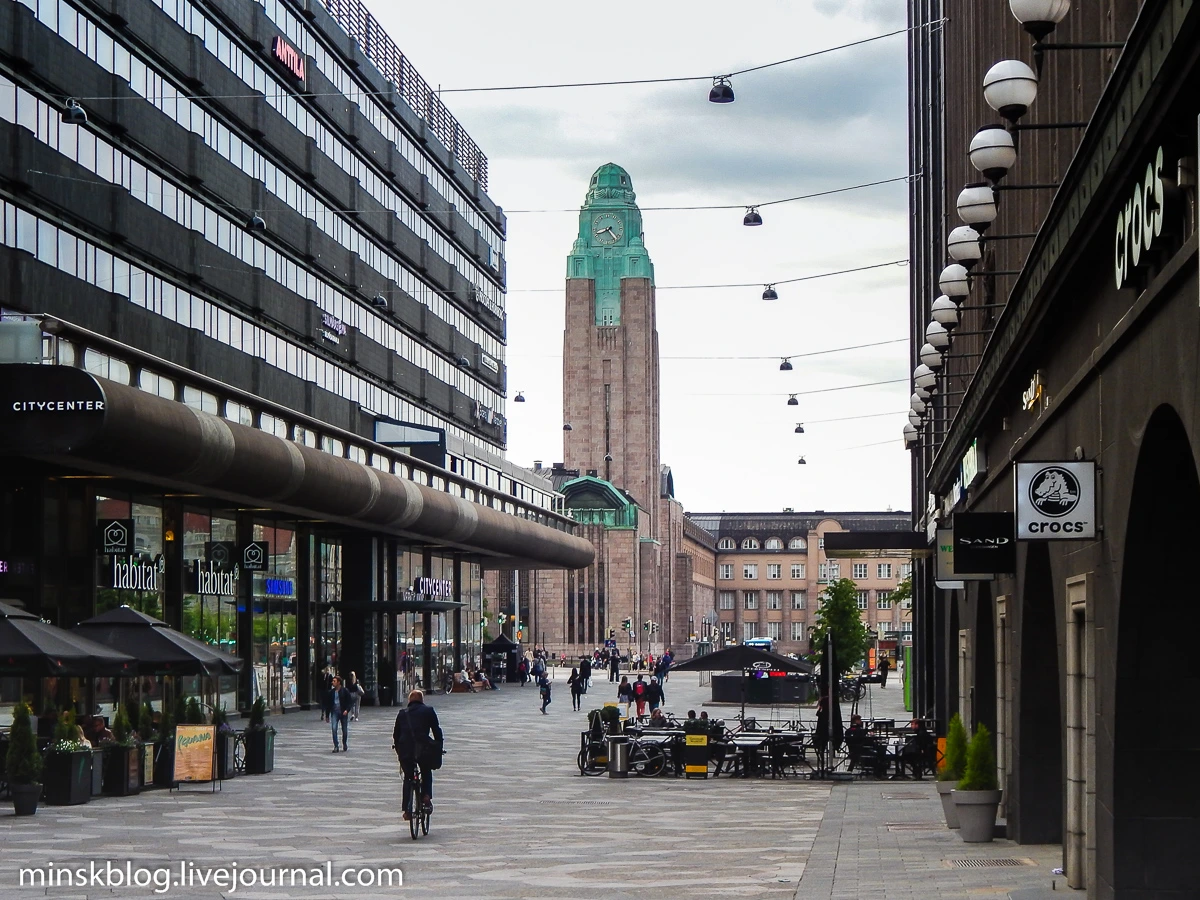
It is noteworthy that the clock tower was originally shown in St Petersburg time, independent of the Finns had to re-adjust:
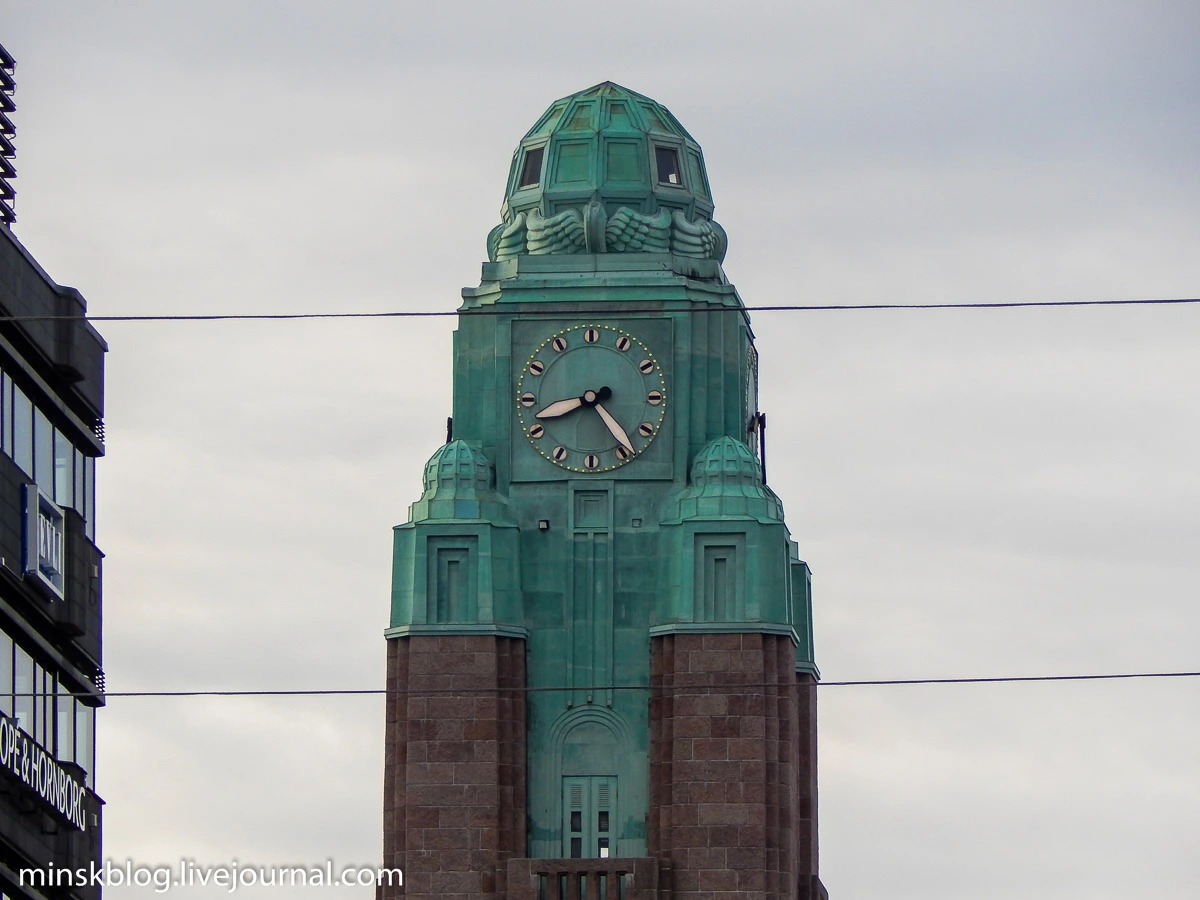
Now some details that, in fact, and breathe life into any town. Water pipe Helsinki - 125 years:
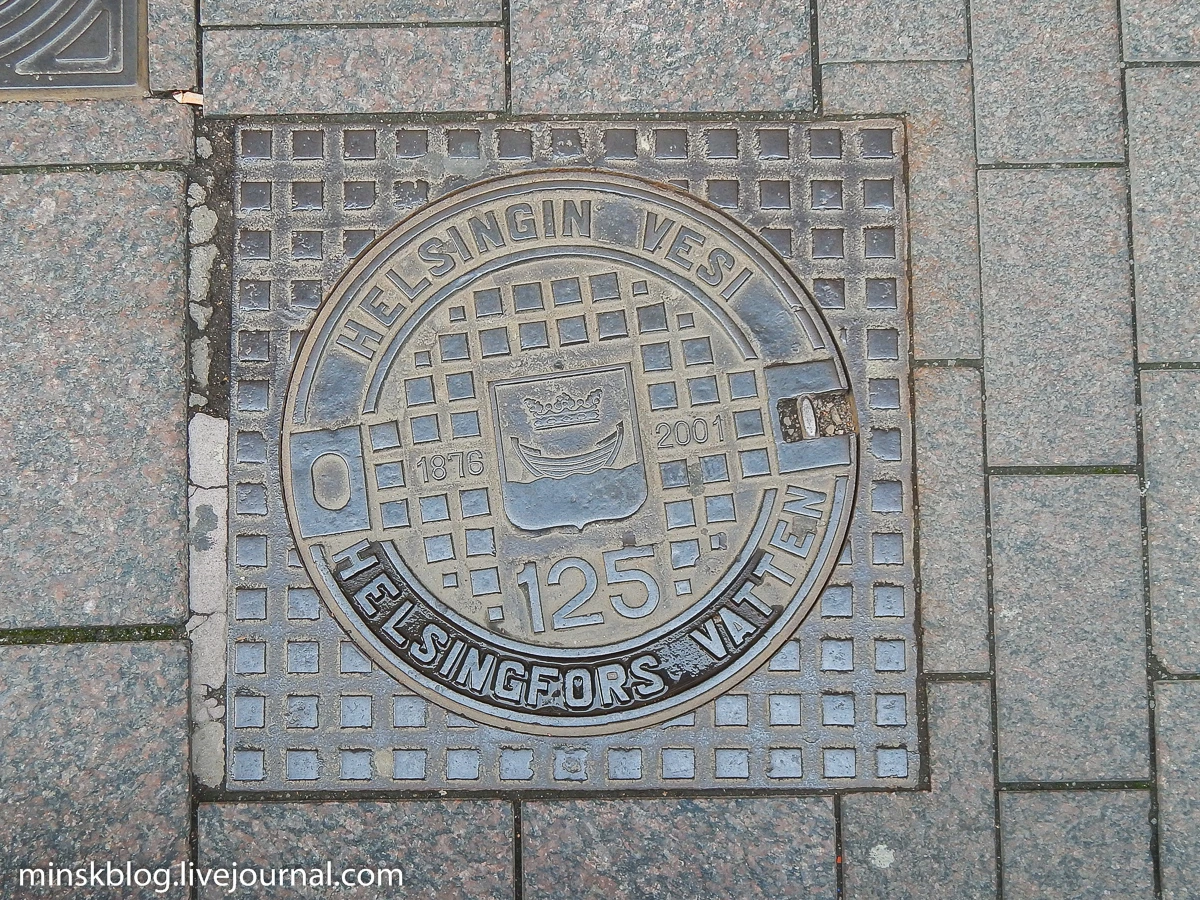
Mailbox:
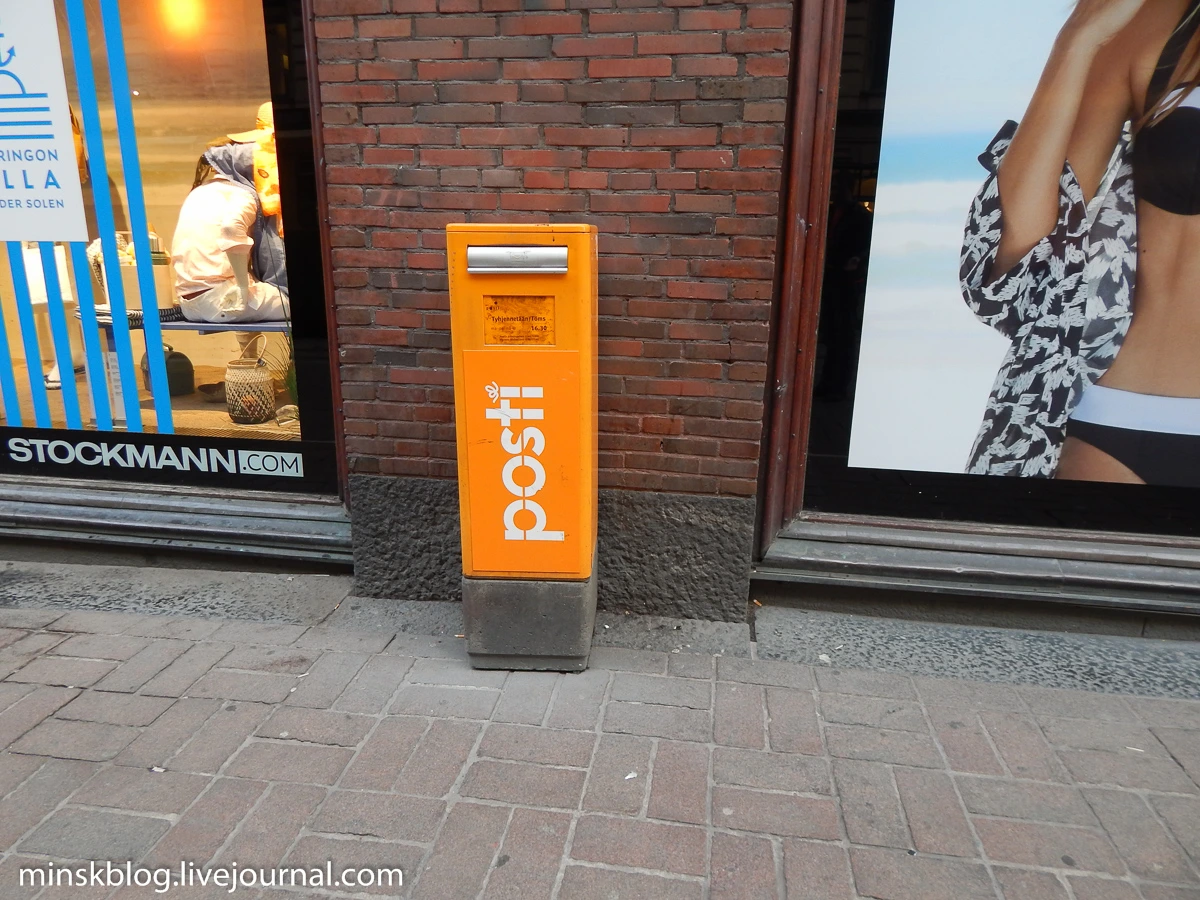
Signs with pictures of animals on the corner houses in the center of Helsinki - Swedish heritage notation:
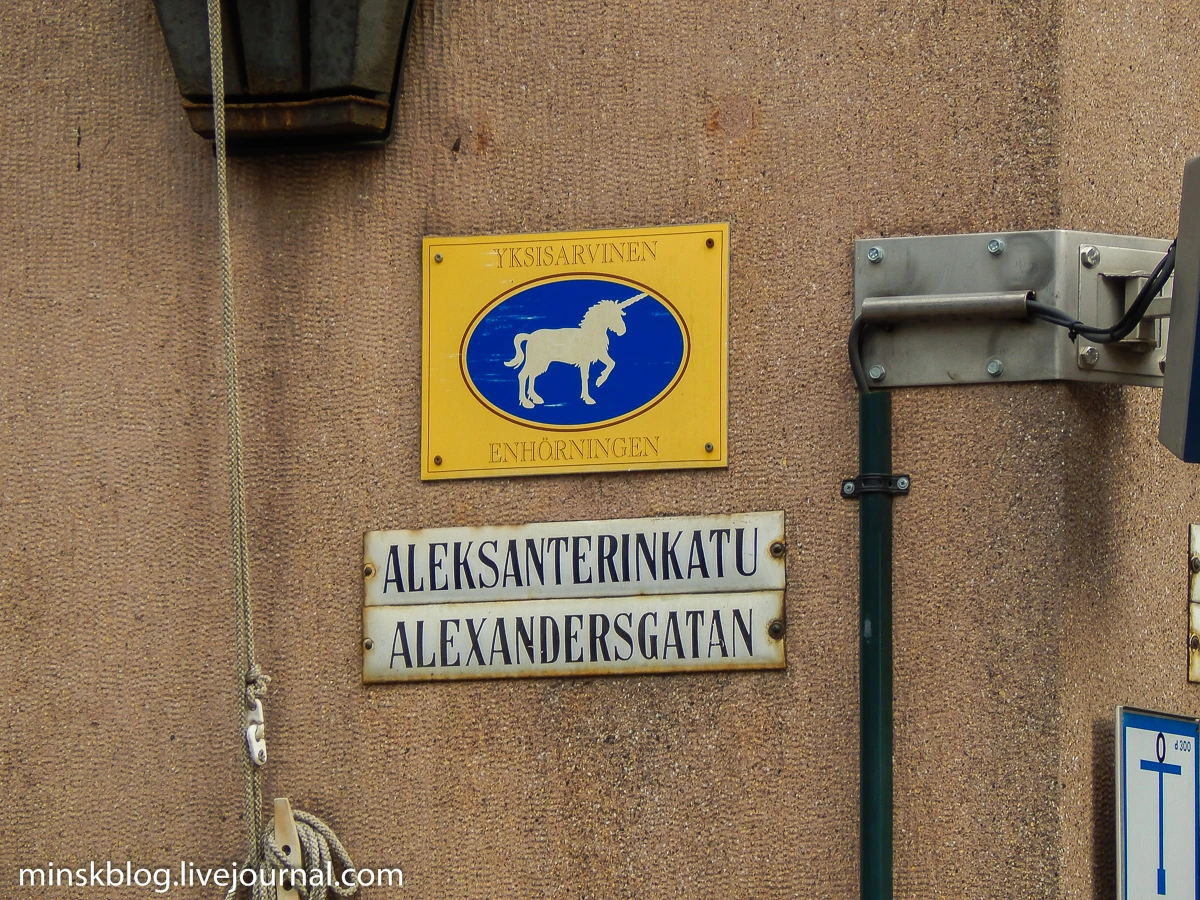
In XVIII - XIX centuries quarters in Sweden called the names of animals, on every street corner hung a sign with a picture of an animal, whose name carried the quarter. By the end of the XIX century, this system has become obsolete and removed the animals from homes, but in the early 2000s, the city authorities decided to rebuild the tradition, it is now one of the business cards of the capital:
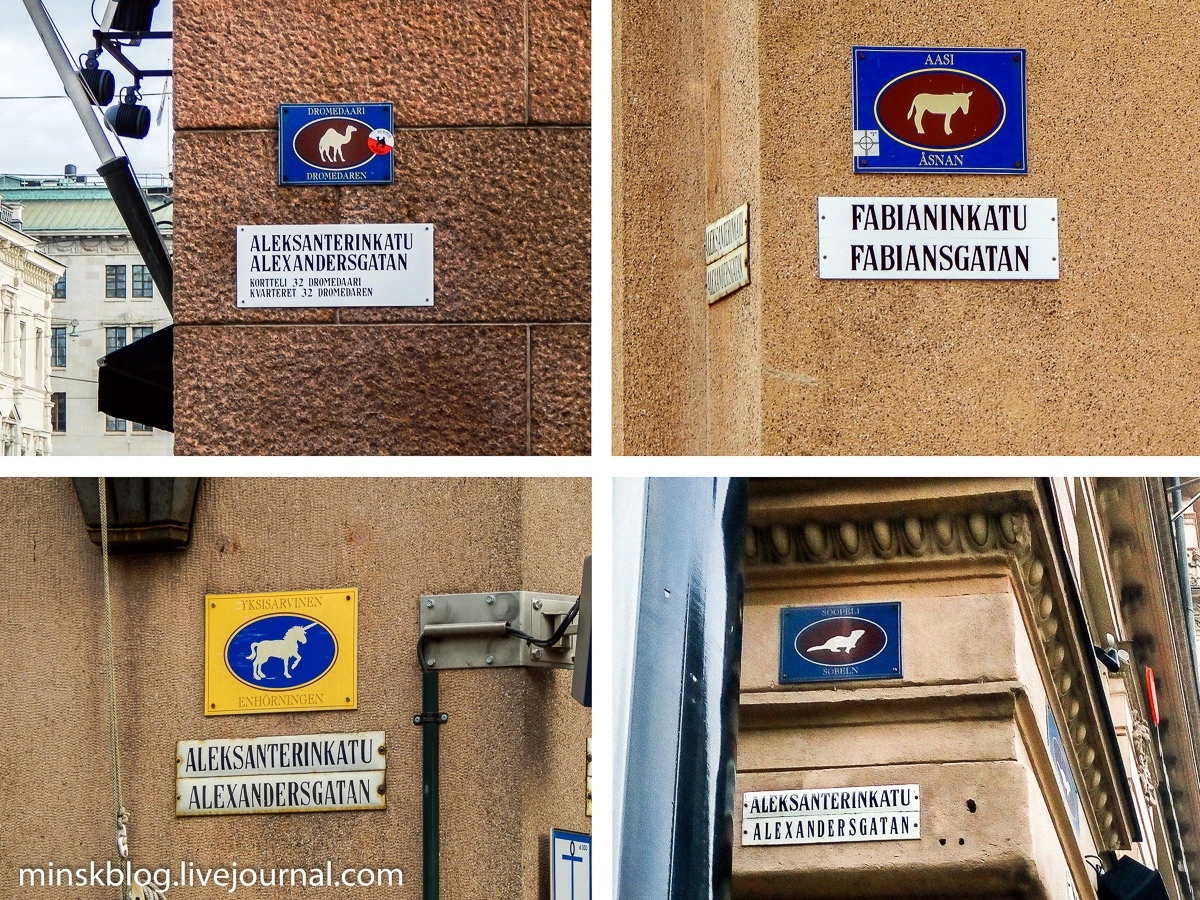
Trams in Helsinki go very quiet, almost unheard of, all thanks to the fact that the rails are laid on a rubber substrate, it can be clearly seen in this photo - inserting between the rails and asphalt:
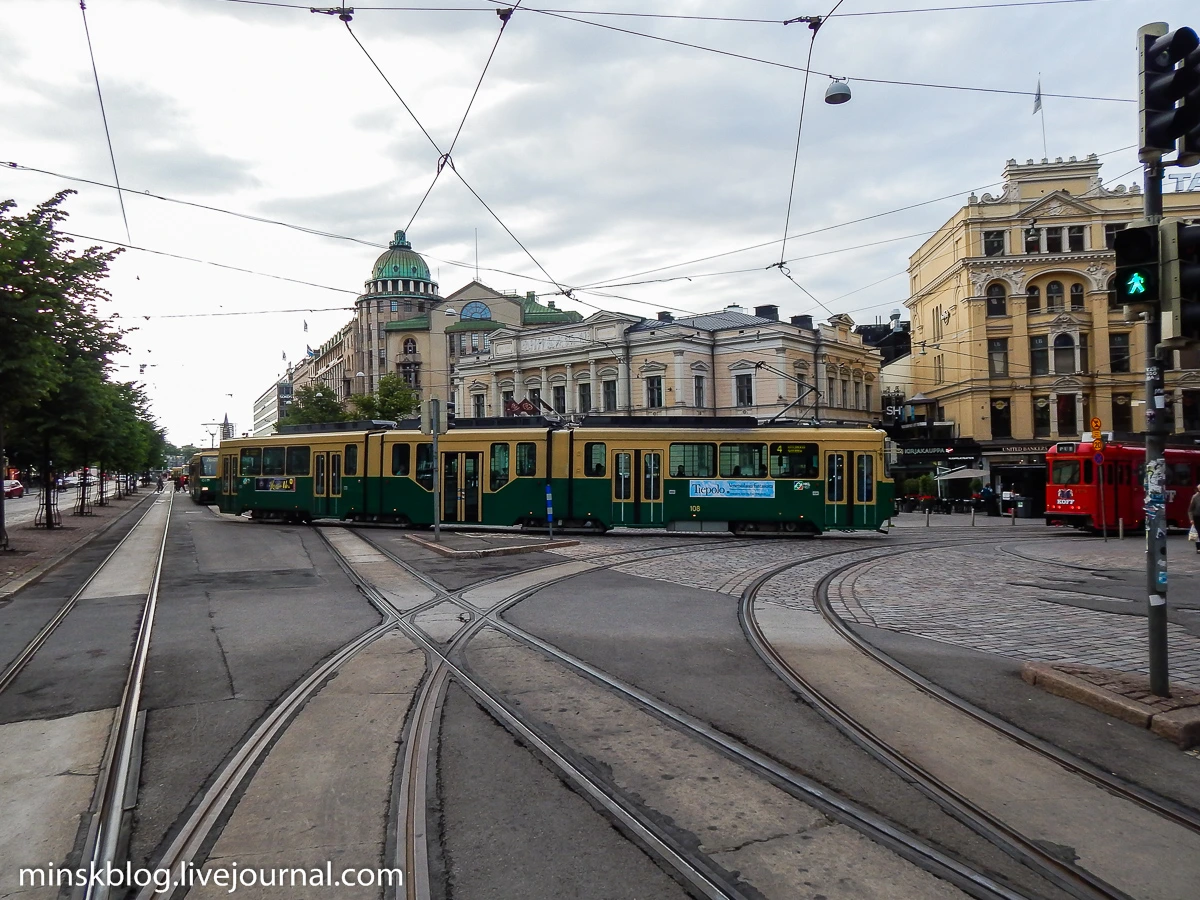
The city is located in the rocky terrain, in many places the rock comes to the surface, allowing Finns to build houses directly on bedrock, as in the case of one of the buildings of the National Archives of Finland, looks very impressive:
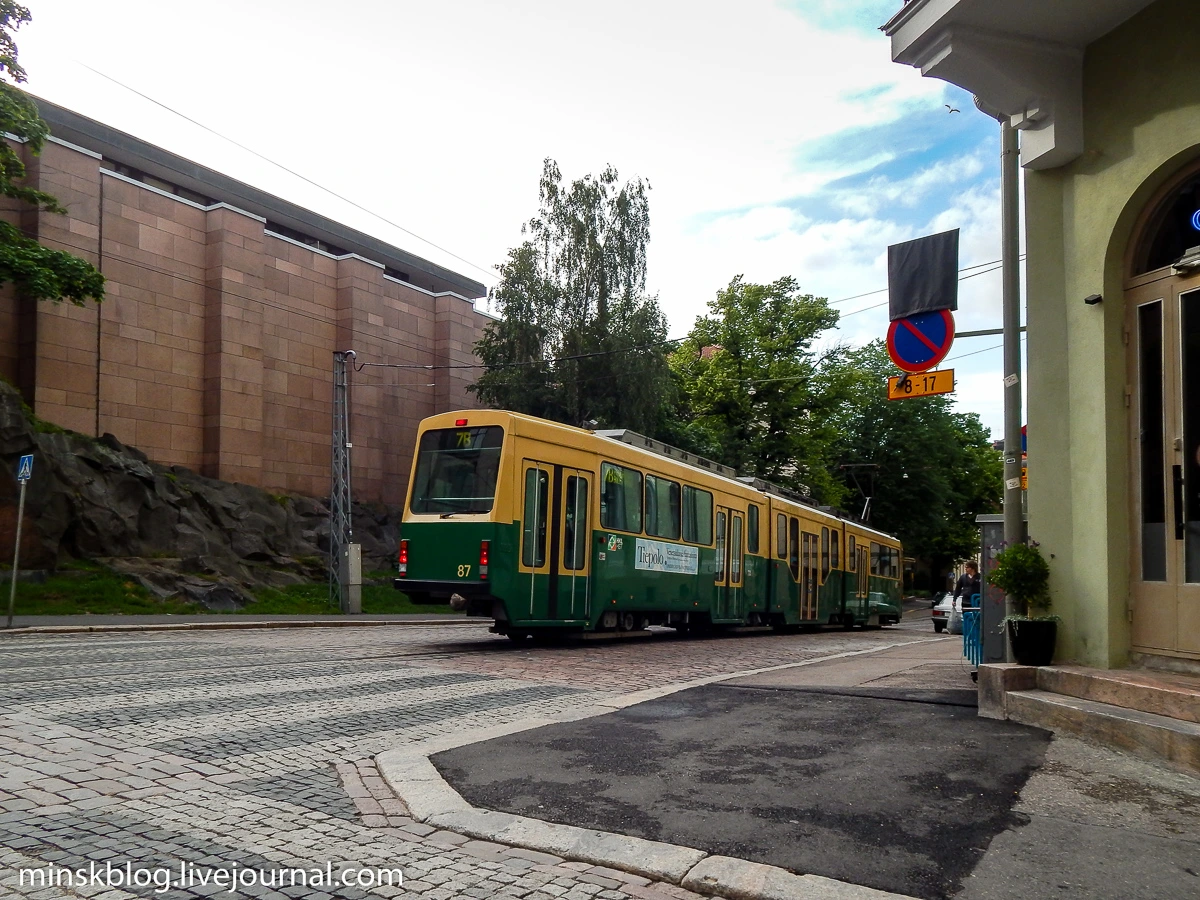
In Helsinki adore tiles and paving stones, it is everywhere, on zebra crossings are often painted and spread with white and black stones, as in the previous photo, but here even the parking spaces in the area of separation and laid stone blocks designated:
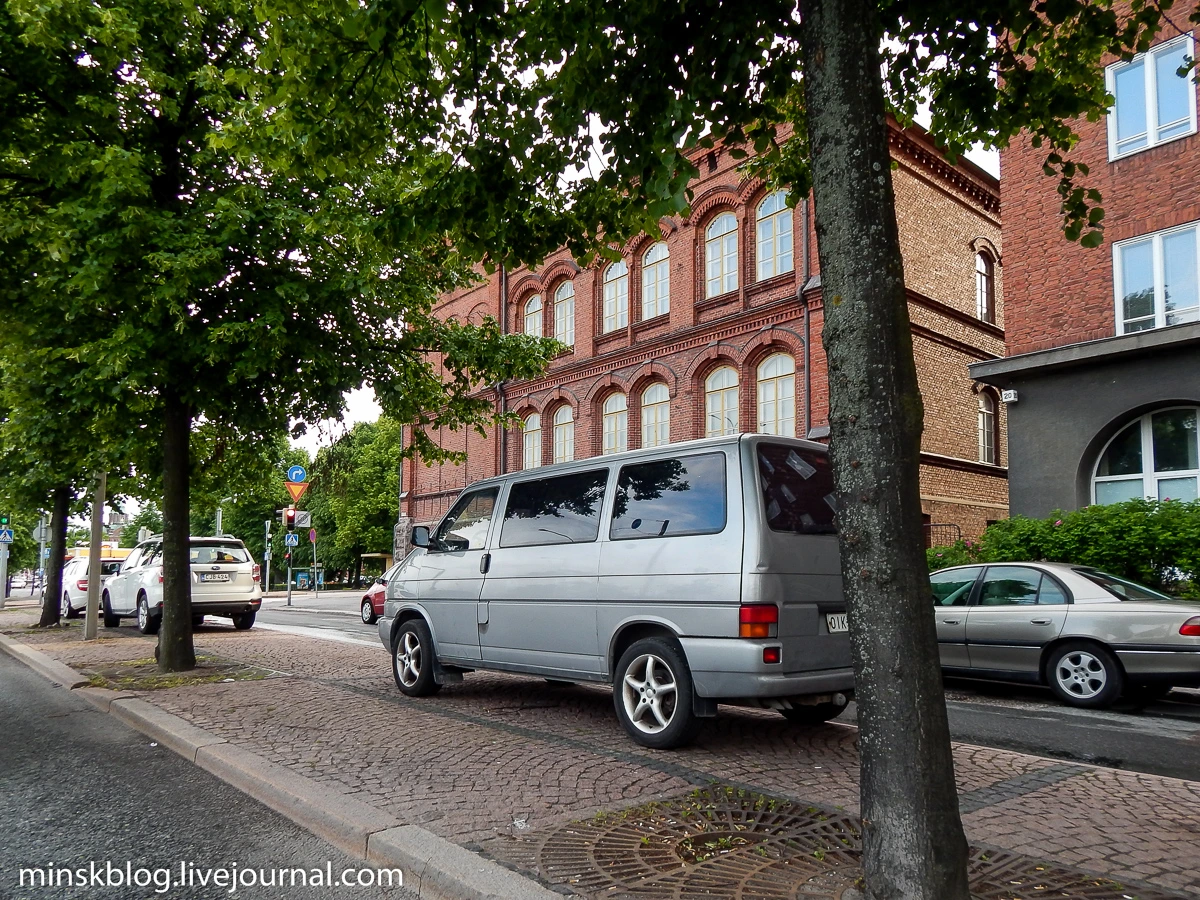
An unusual example of a small architectural forms - these metal inserts, embedded in the pavement, listed species of animals and plants that lived in the Bay of Kluuvi, which reached sometime before this street, but was drained and filled in about the orders of Nicholas I in the 30-ies XIX century. Today, on the site of the Bay Area is titled:
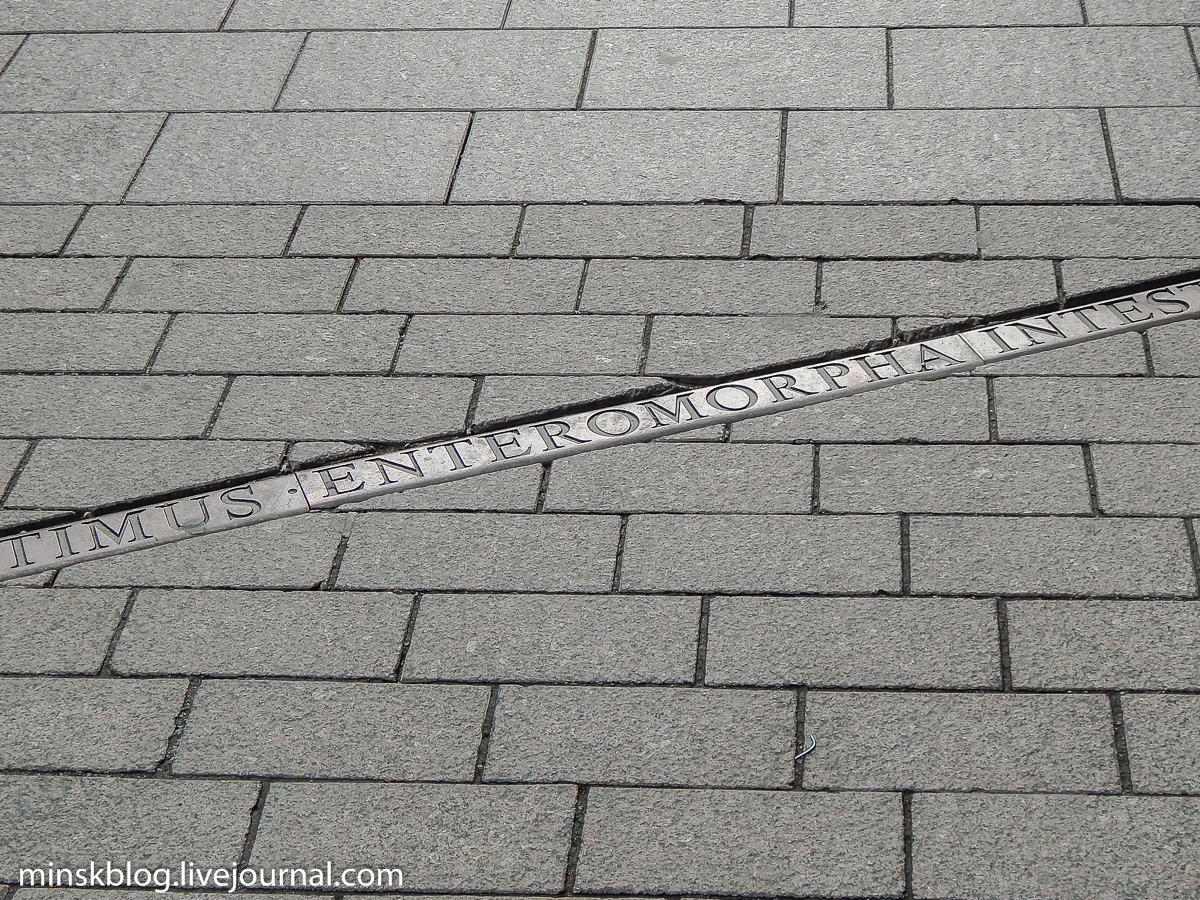
The building of the insurance company "Pohjola", 1901:
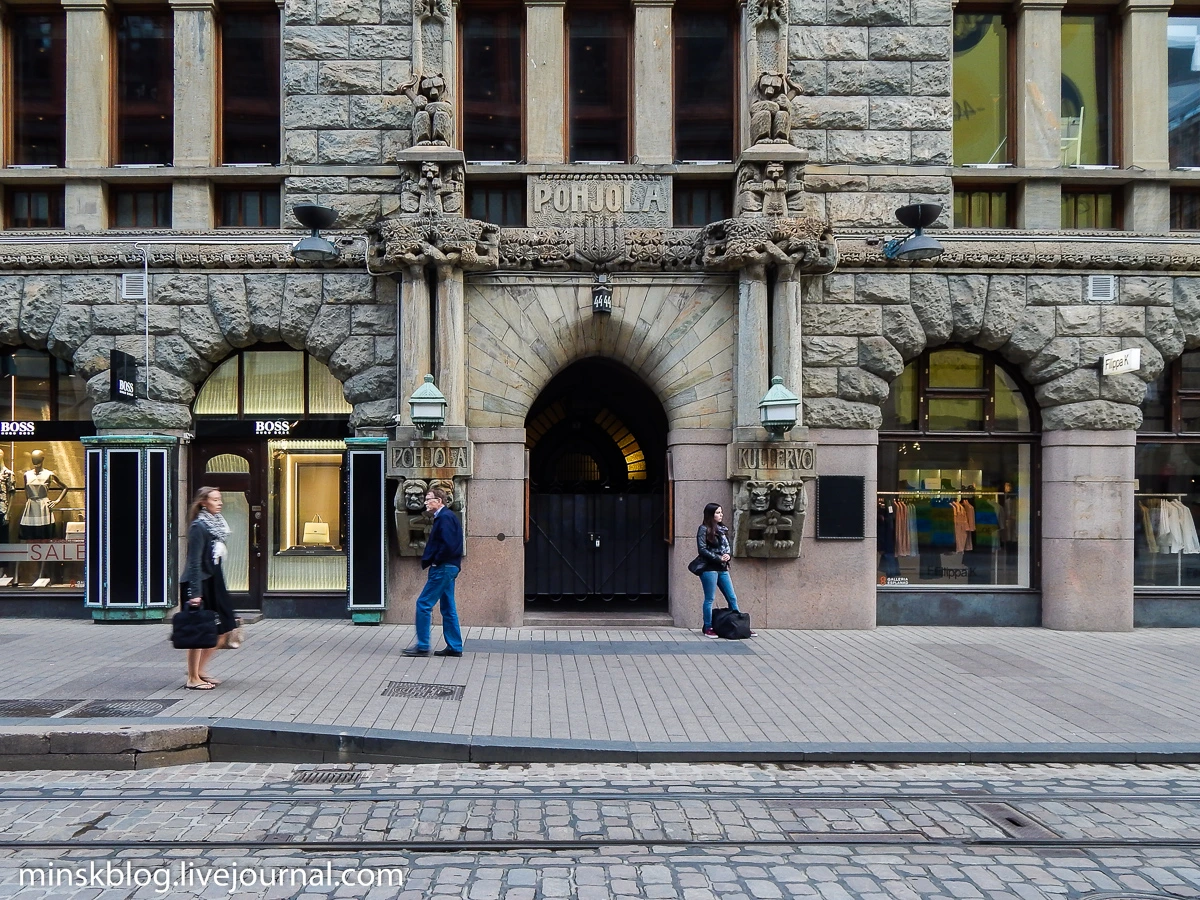
Port of Helsinki, from here ferries across the Baltic Sea passenger routes connect Tallinn to Helsinki, Stockholm, St. Petersburg and German Lübeck:
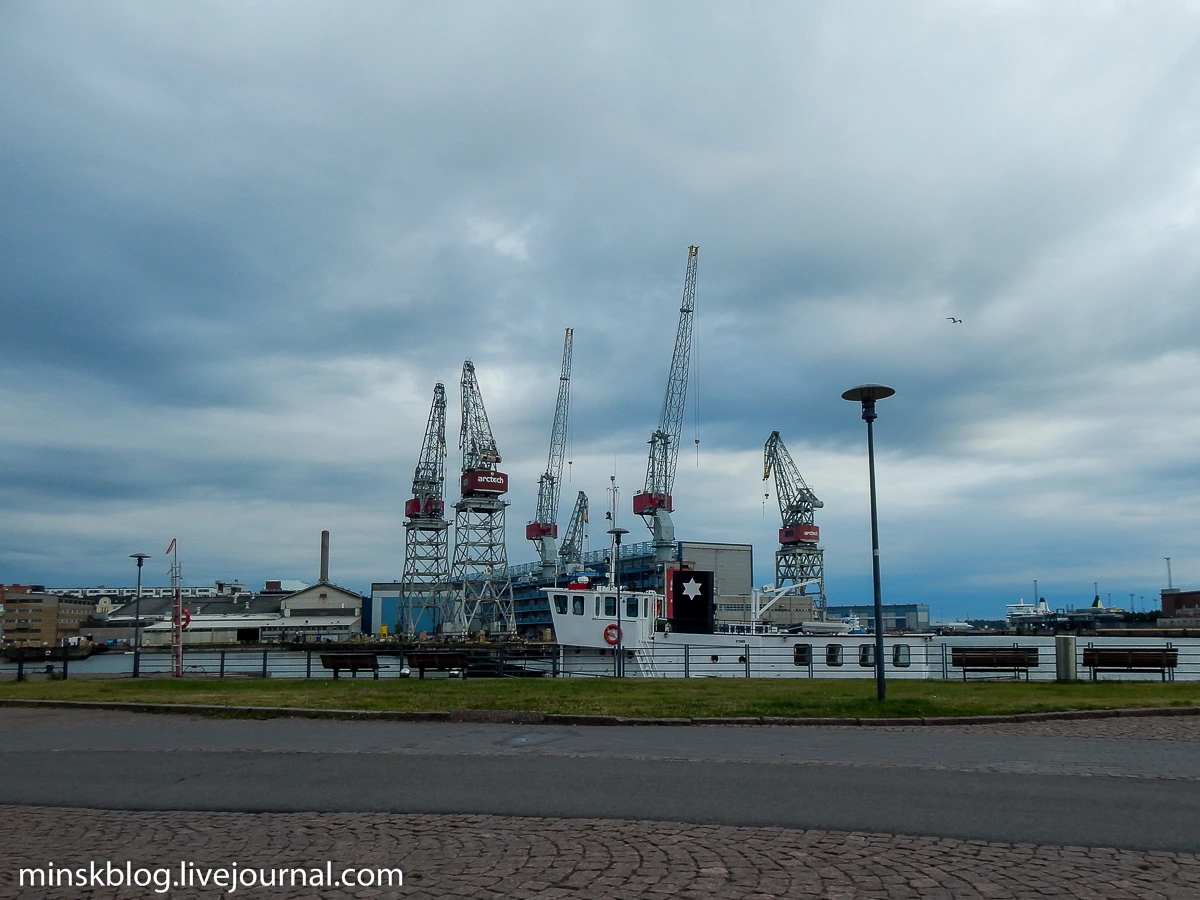
Yachts on the background of the multi-storey residential building in the prestigious Merihaka:
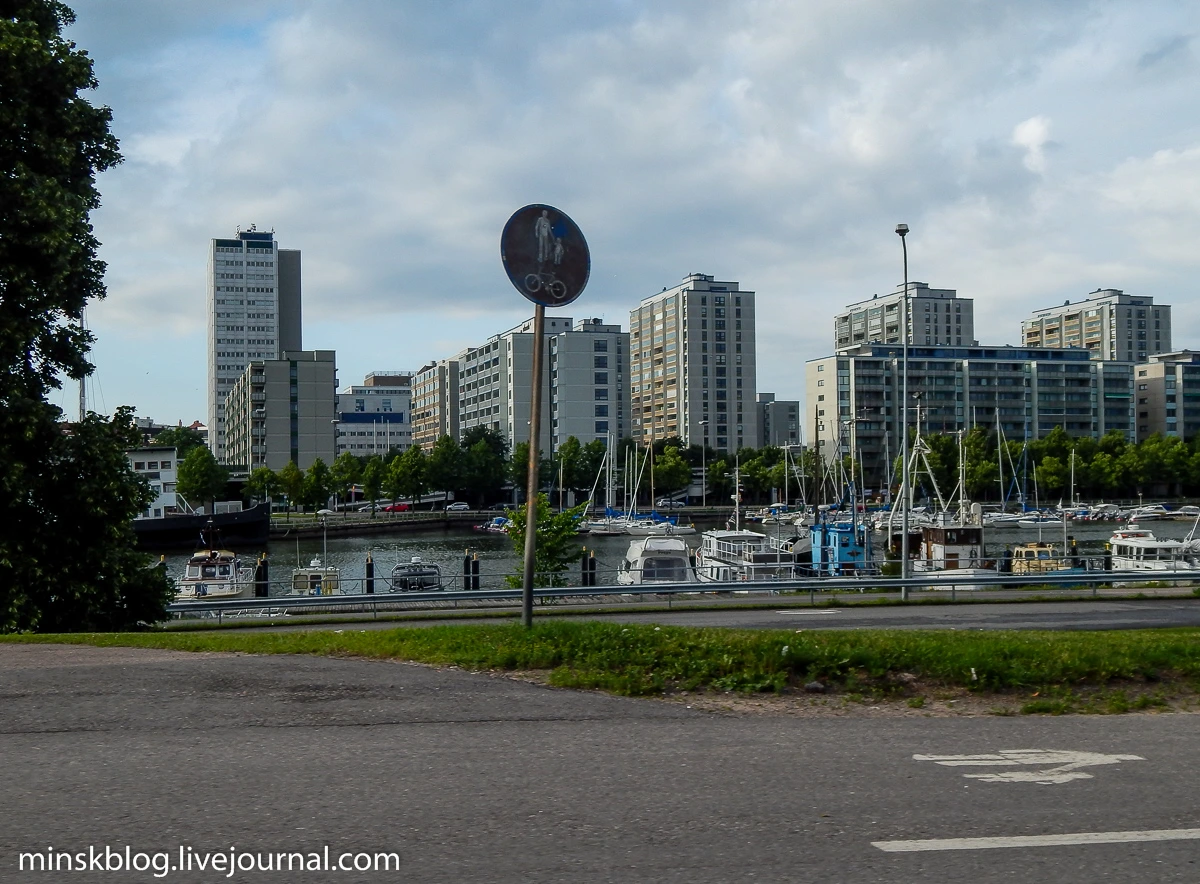
Roads in Helsinki are far from ideal, there is no serious potholes, but the asphalt is covered with patches:
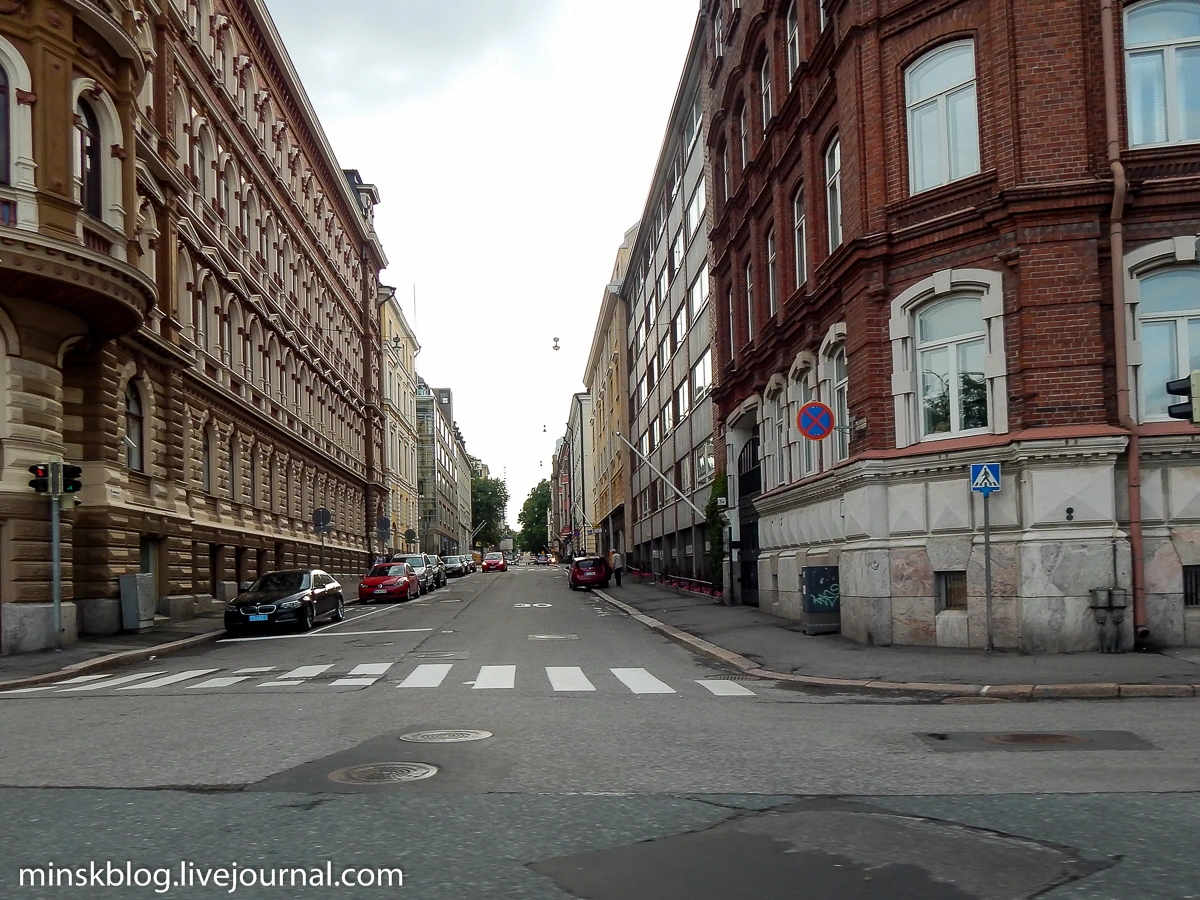
Two bull on the lawn - it's sculpture "sacred cow", made of fragments of old cars as a milkmaid and Finnish defender animals SFAIIs Akkiyurkkya:
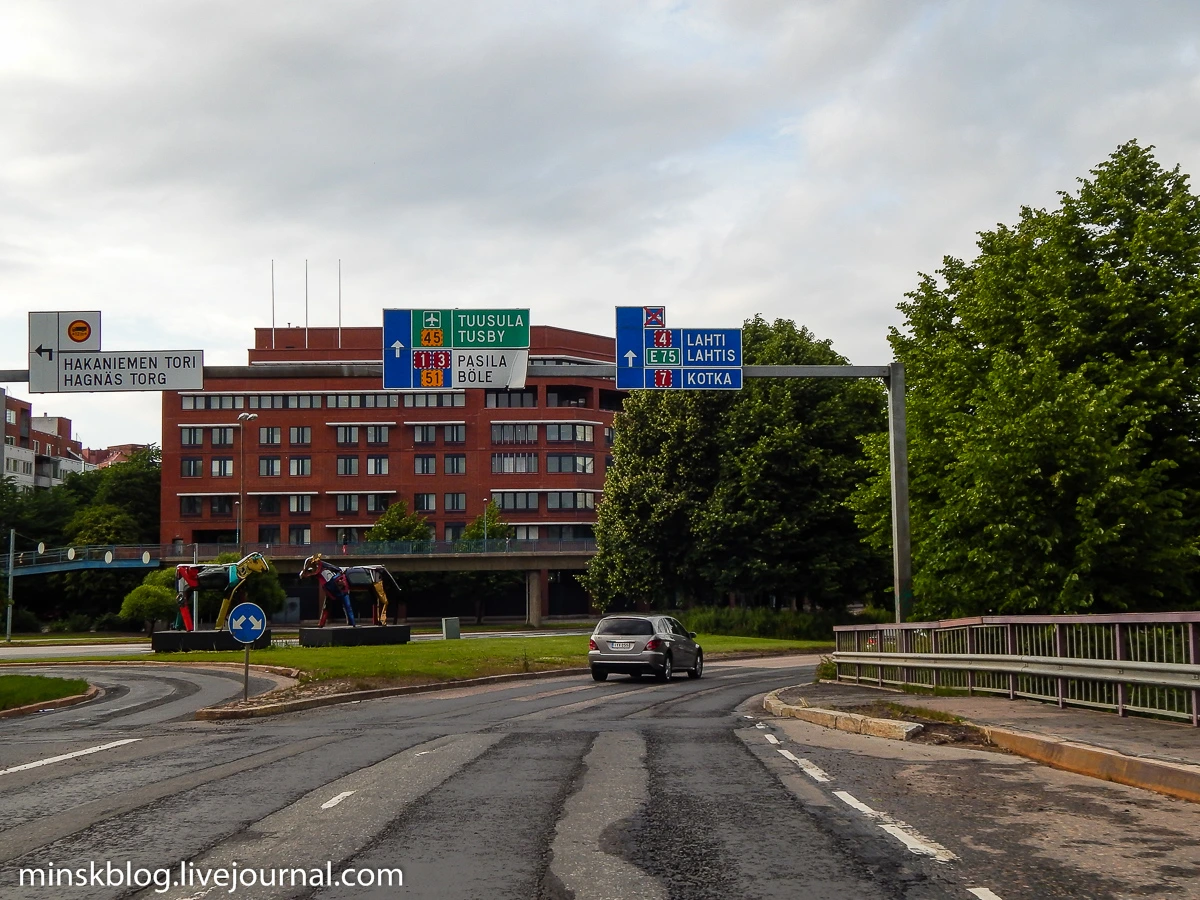
Hanasaari Power Plant, owned by Finnish energy giant Helen and provides a quarter of the population of Helsinki, heat and electricity. Venue - The European Union is obsessed with ecology, in 2016 the duration of the year, while working Hanasaari (drum roll) - on the corner!
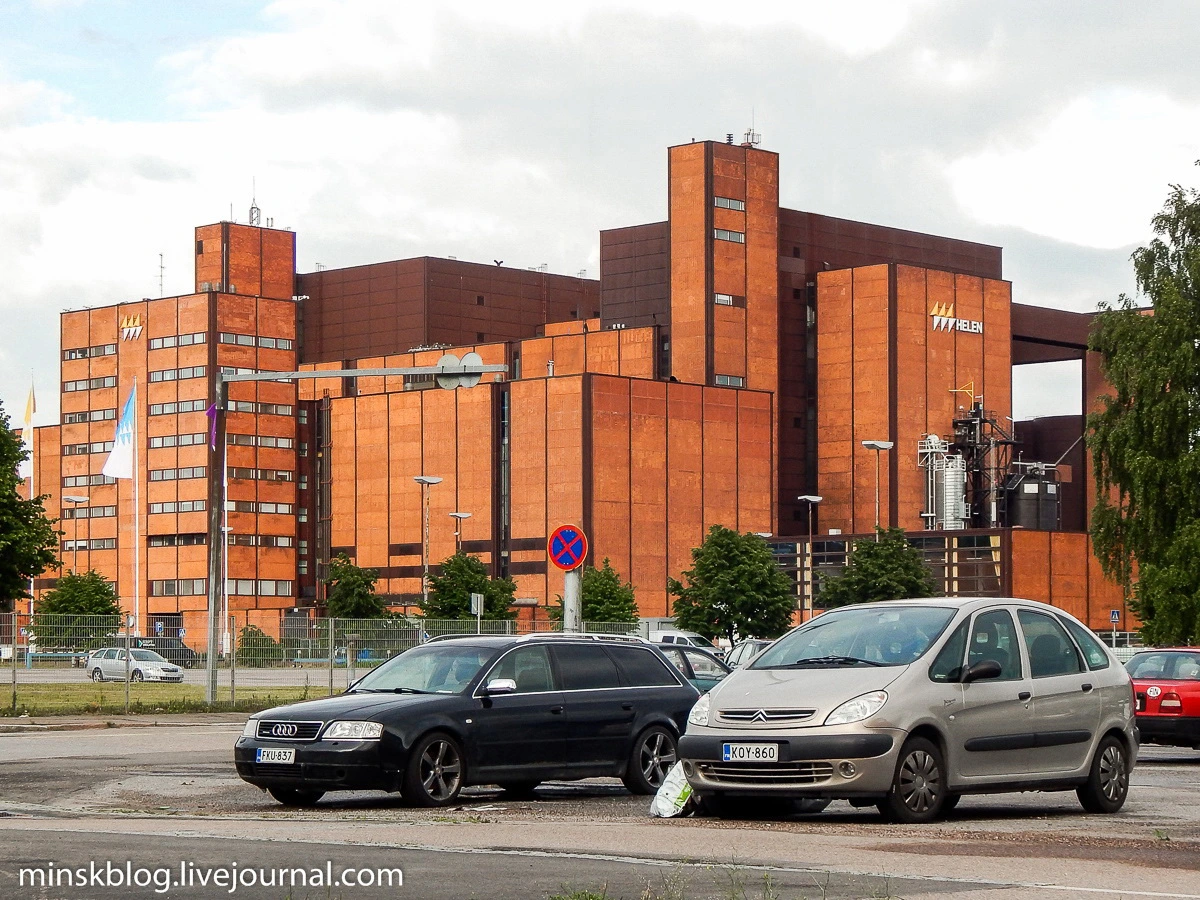
Chimney power plant chimney - is the tallest building in Helsinki, its height is 150 meters:
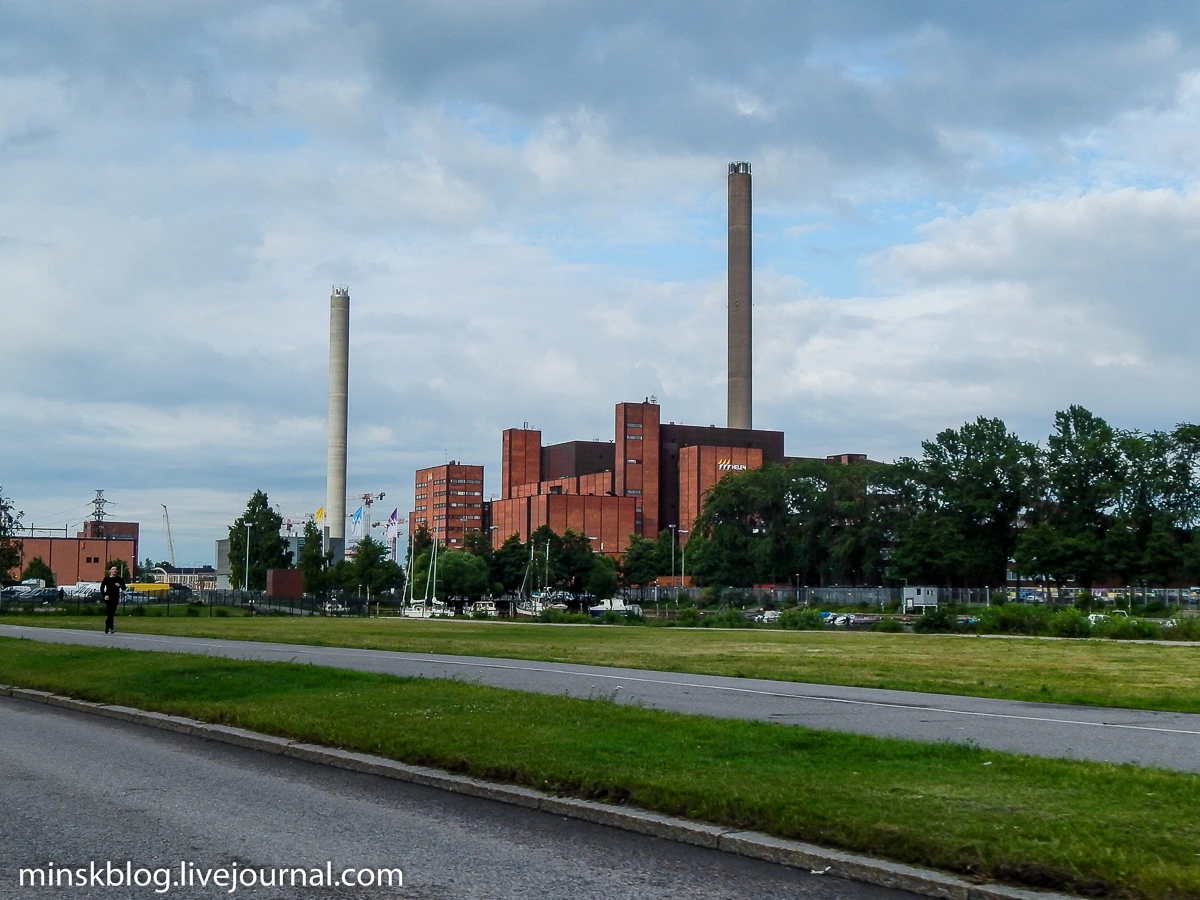
The roots of Russian history stick to Helsinki from everywhere, even from such places as seemingly ordinary floating restaurant. The ship "Relandersgrund" was built in 1888 in Turku, Finland, and nearly 30 years served as a lightship. Served would continue, but in October 1917, revolution broke out in December, Finland declared its independence, and in January 1918 the country's civil war broke out between the white and red, which lasted five months. By the beginning of these events, the ship arrived in Turku for the winter, where he was captured red-revolutionary sailors, intending to steal in Petrograd. Because of bad weather to swim in Petrograd failed, and the ship sank off the south coast of Finland. After the war, the ship was raised and renovated in Tallinn docks, and then changed hands several times until it was remodeled in 2006 in a restaurant:
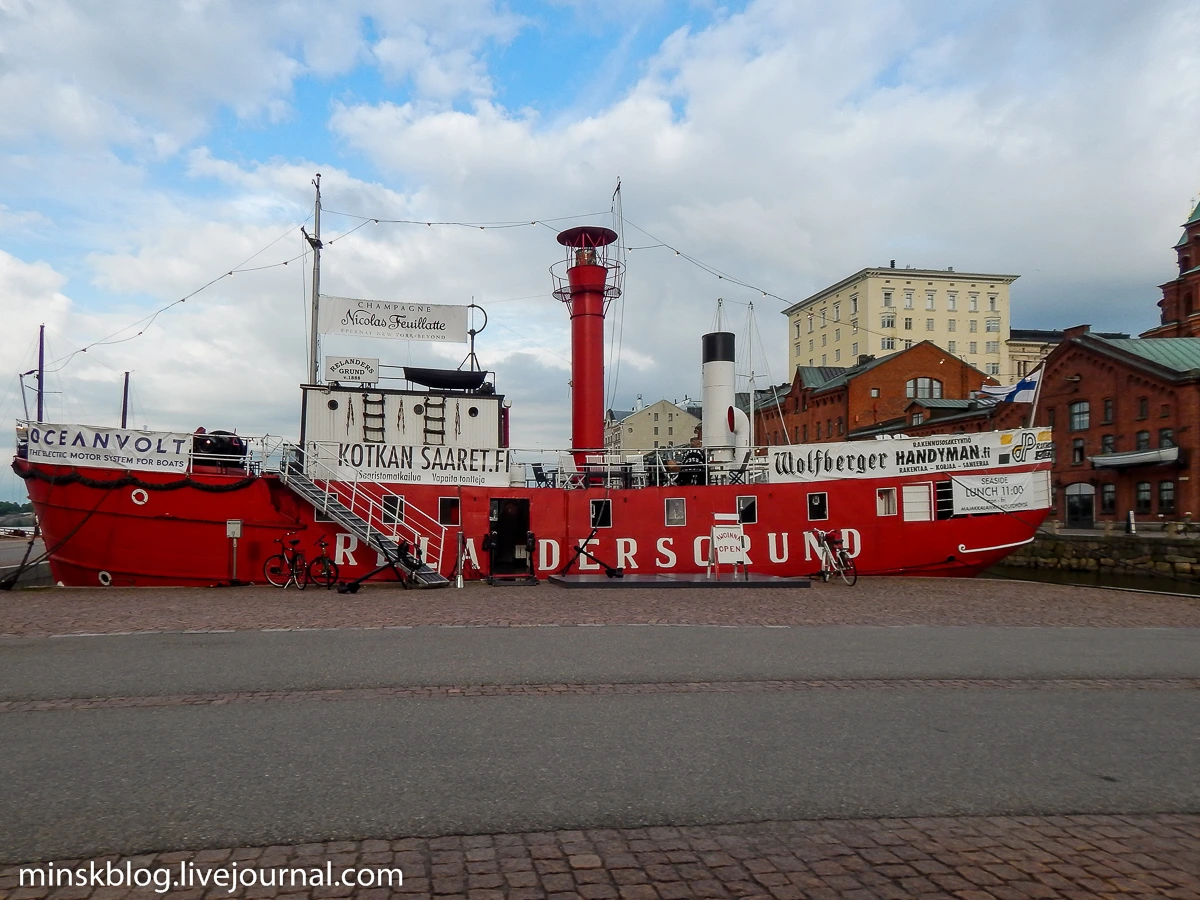
Helsinki liked, it leaves the most pleasant experience - quiet, nice, neat city. At first glance, it seems boring: there is no legacy of turbulent history and capture the imagination of modern architecture, as in other European capitals, but when you peer into the details of boredom disappear - in the city is definitely something to see. You will need to come back here for a few days, walk calmly and deeply immerse yourself in the atmosphere of the Finnish capital.

